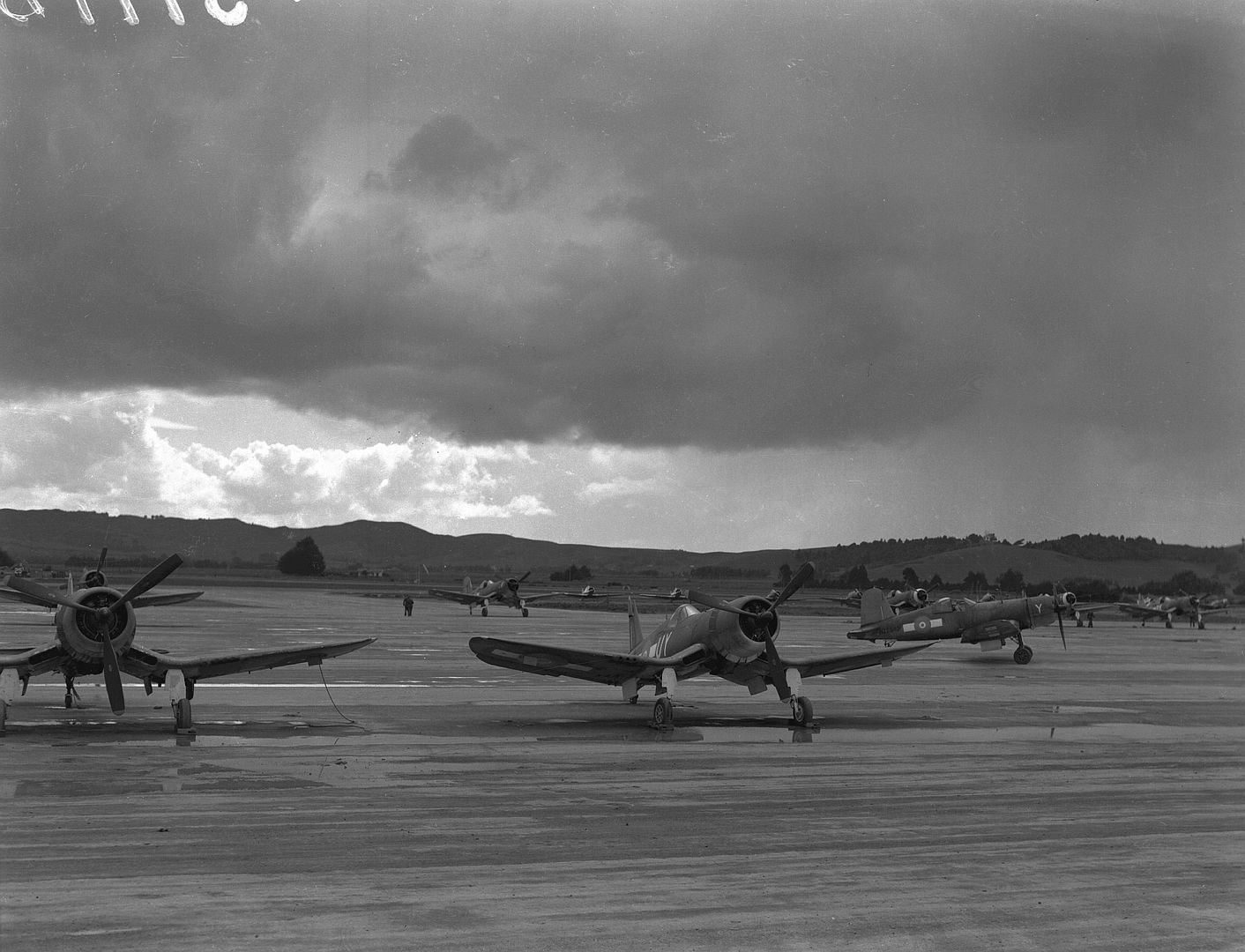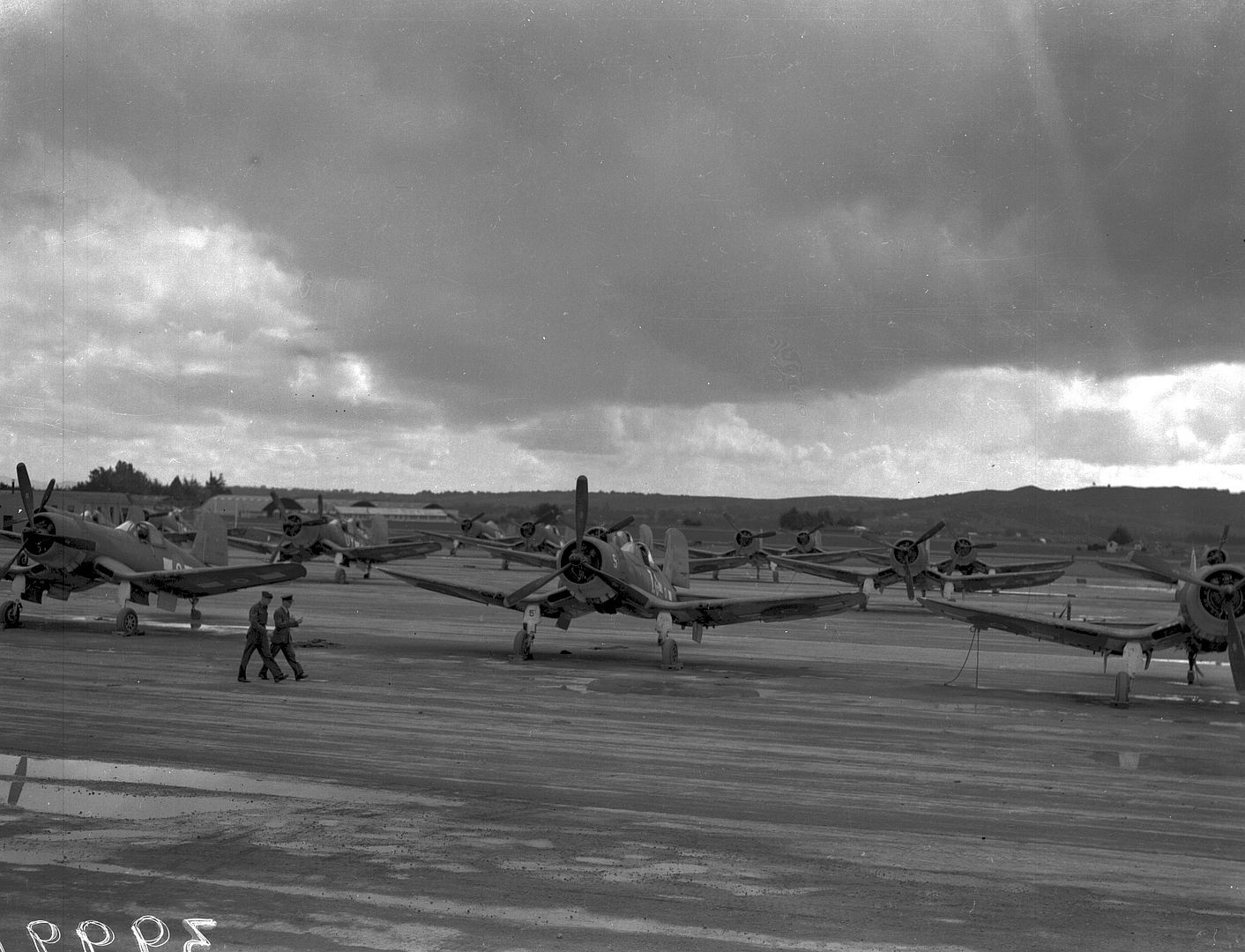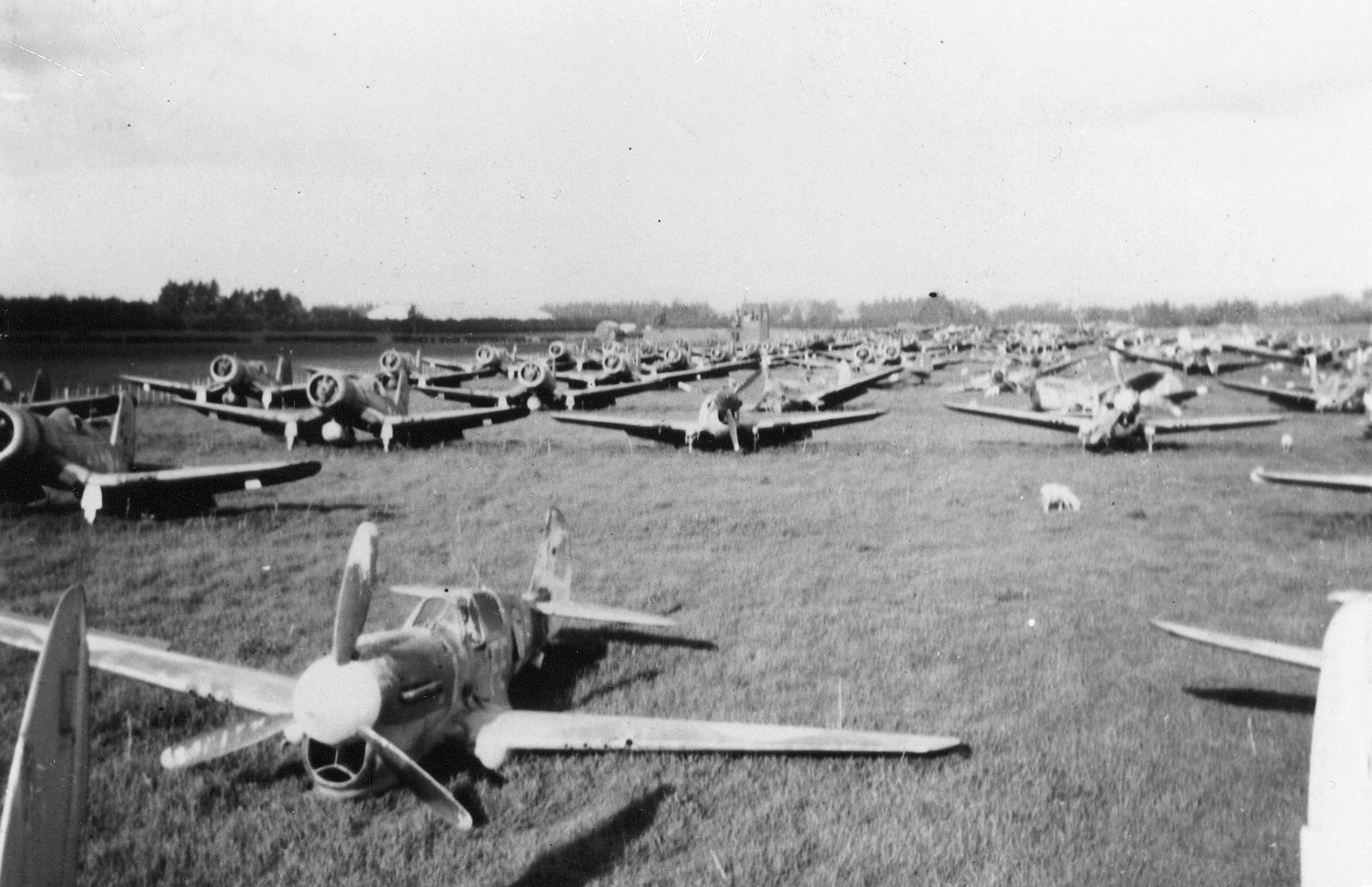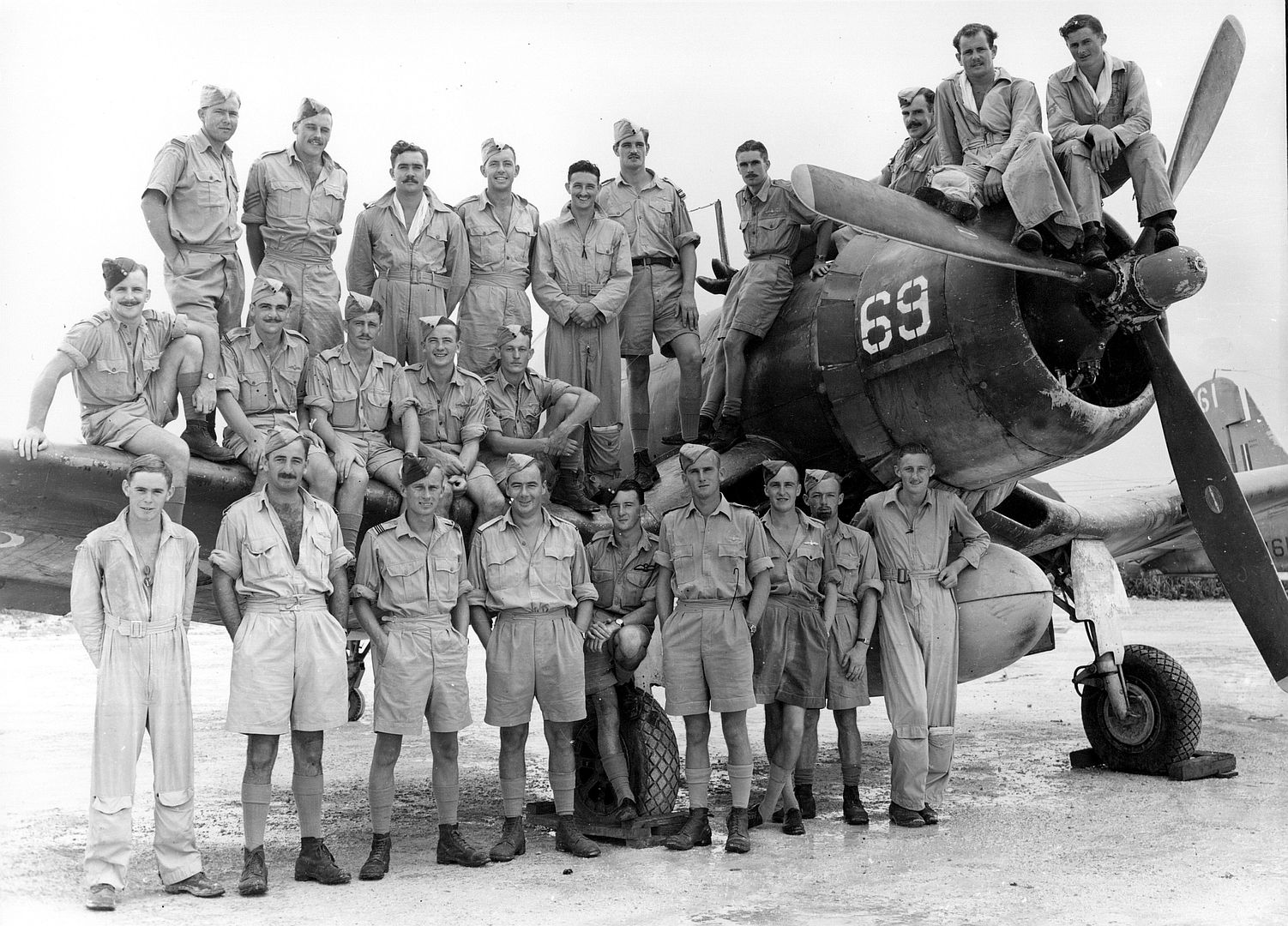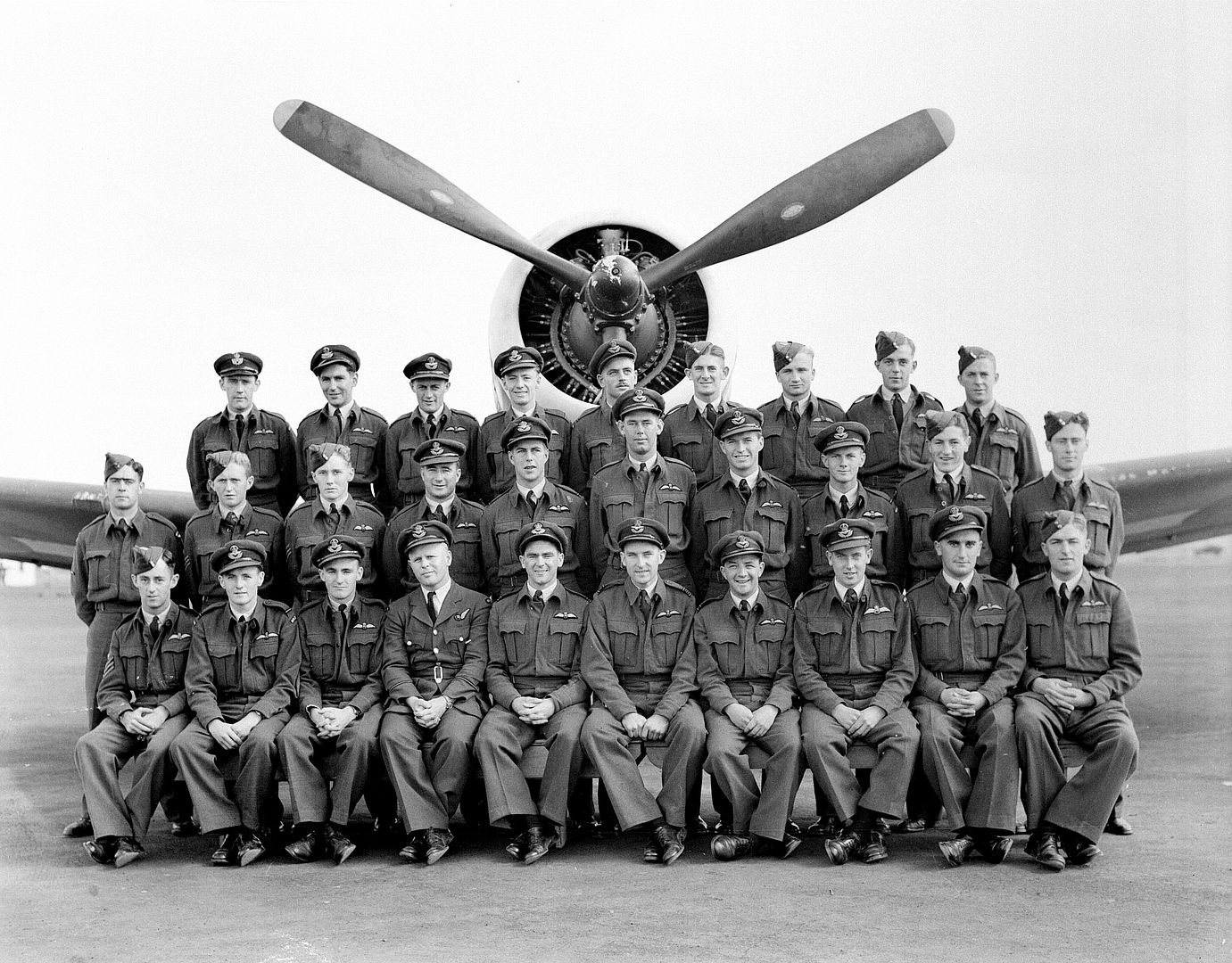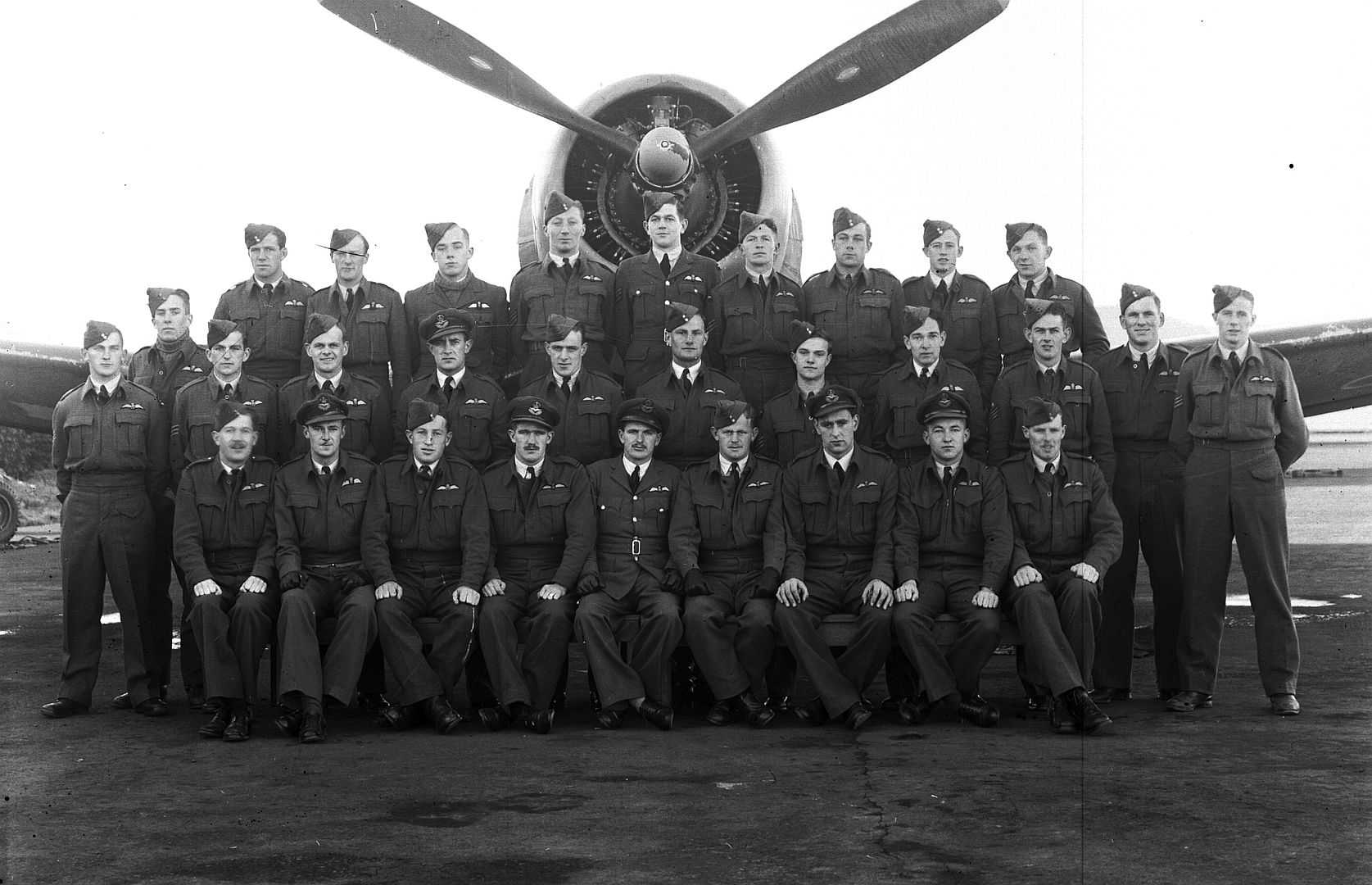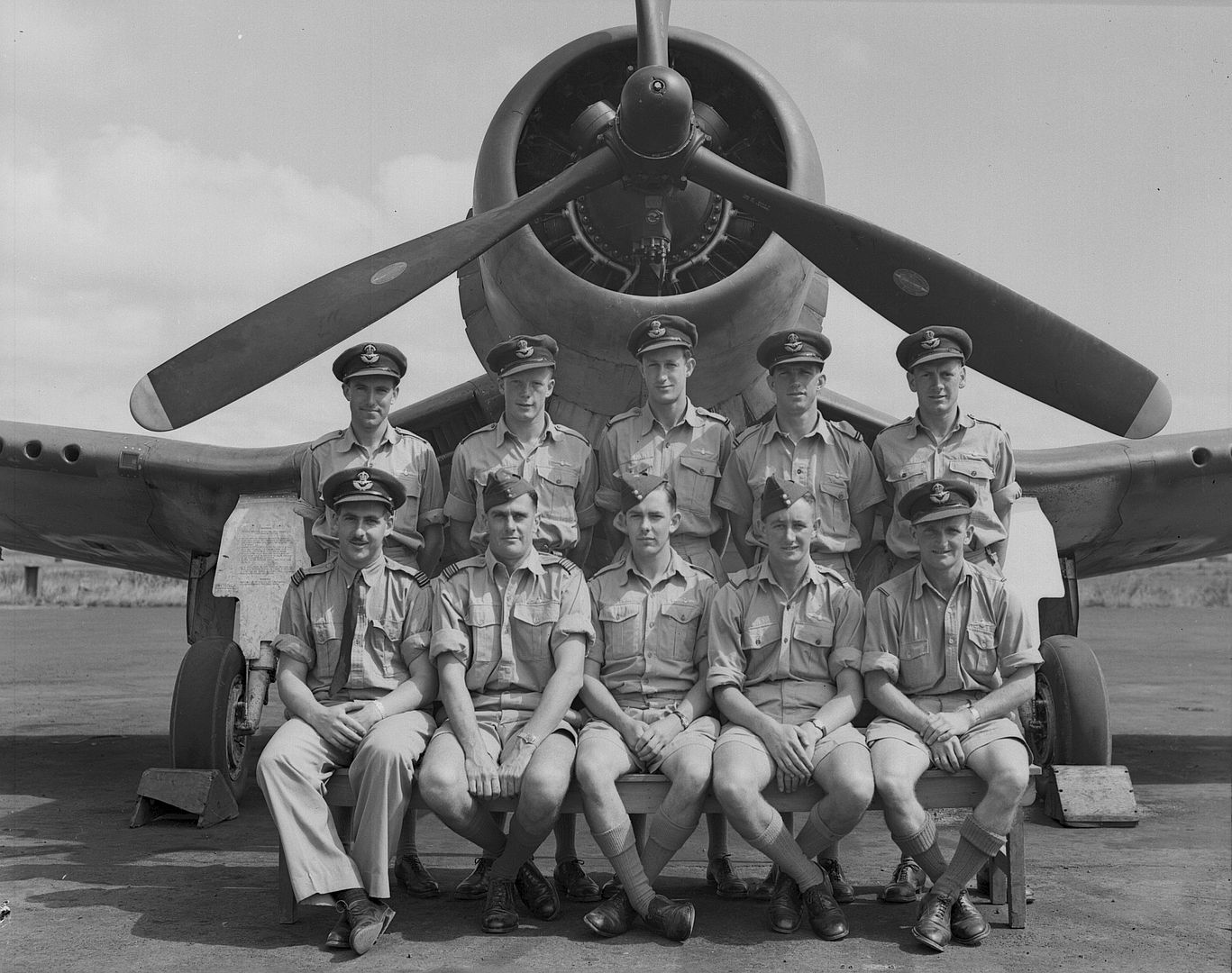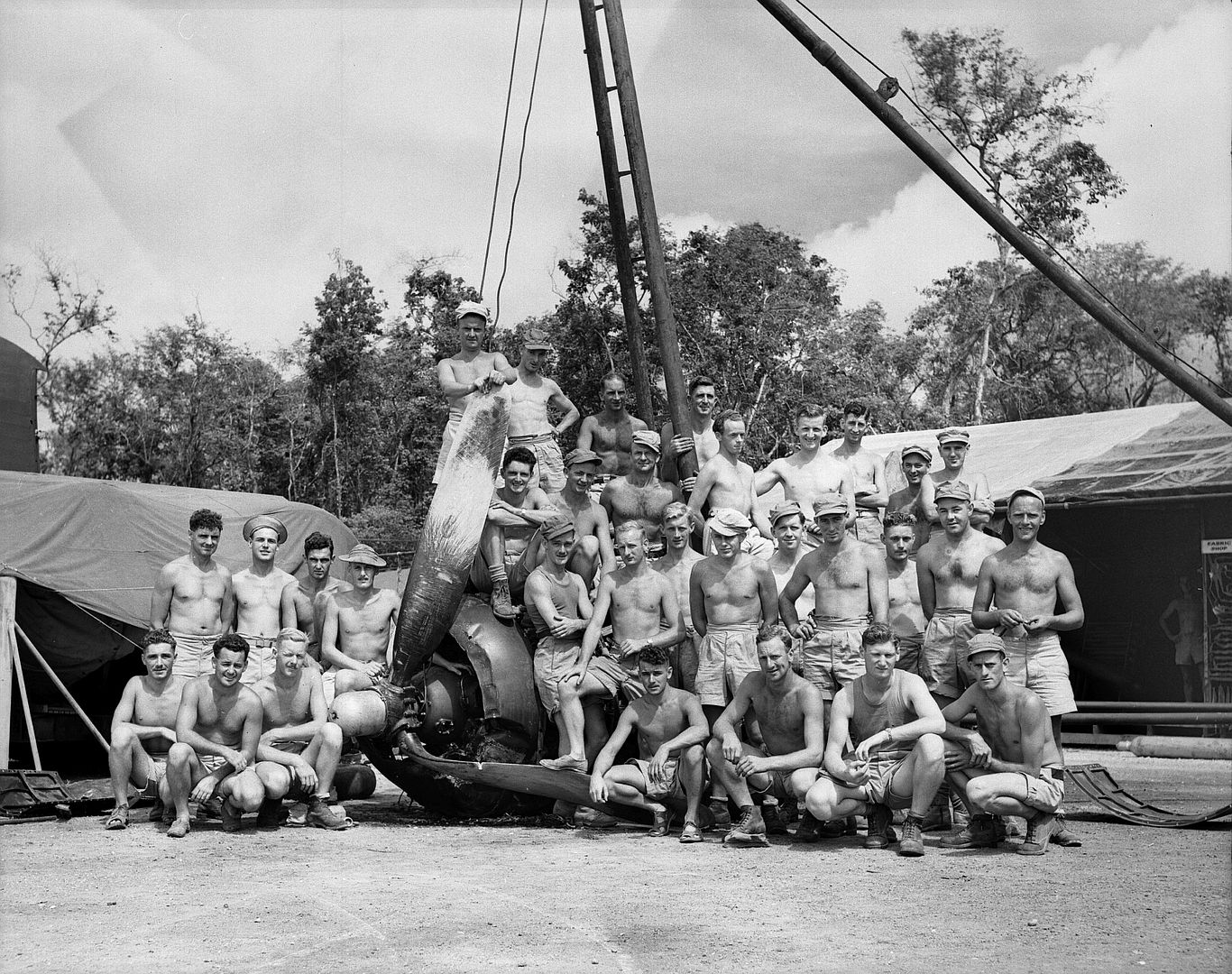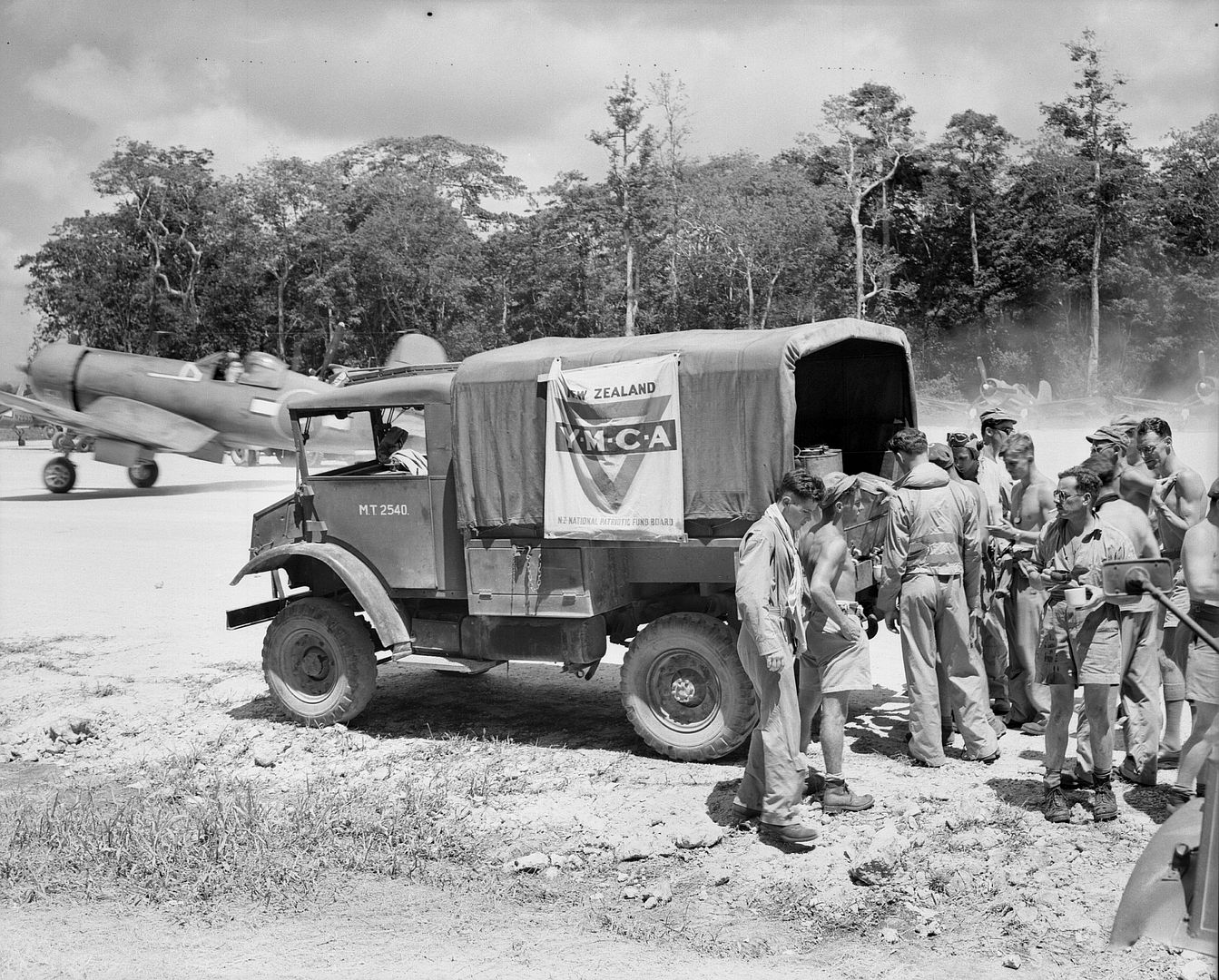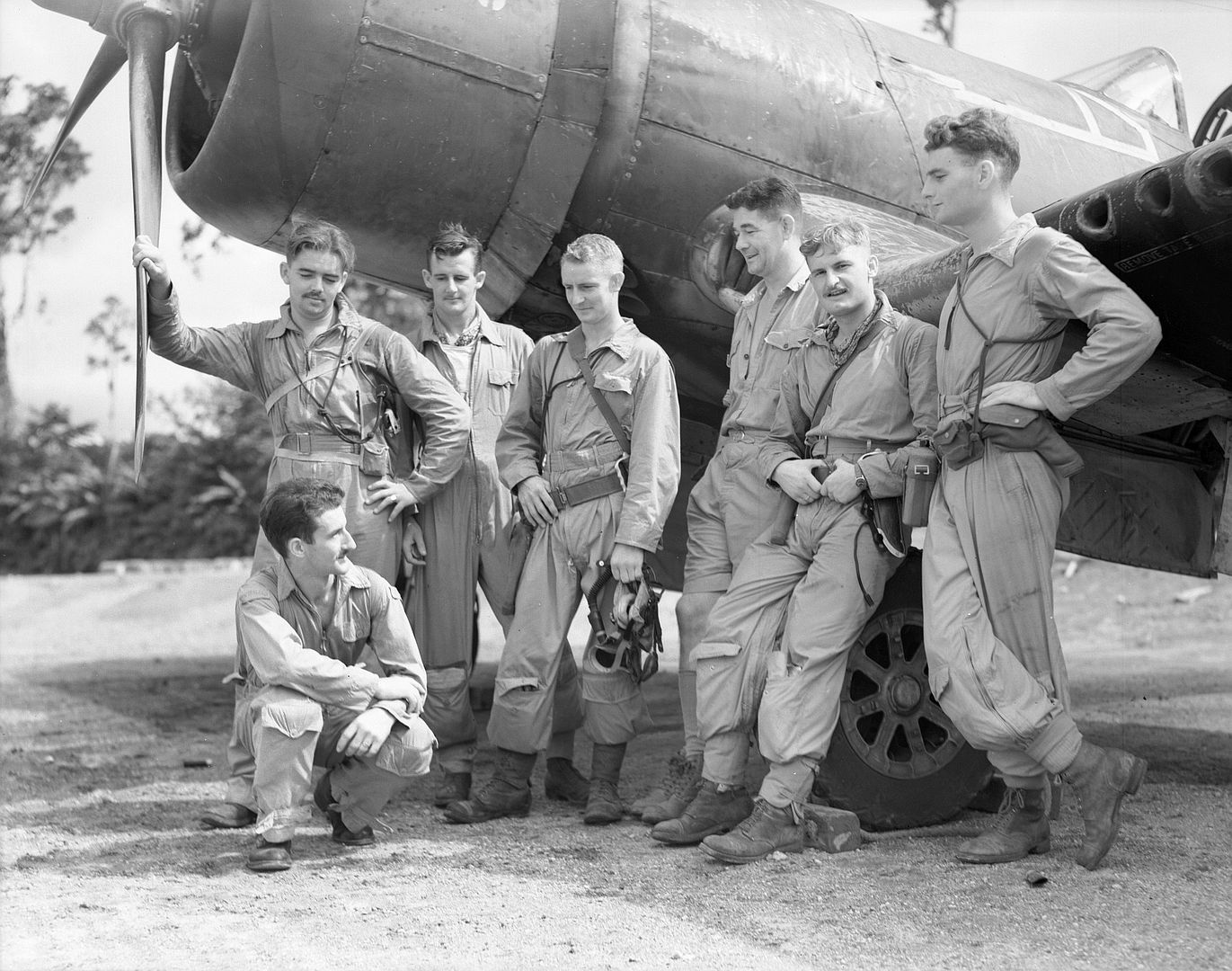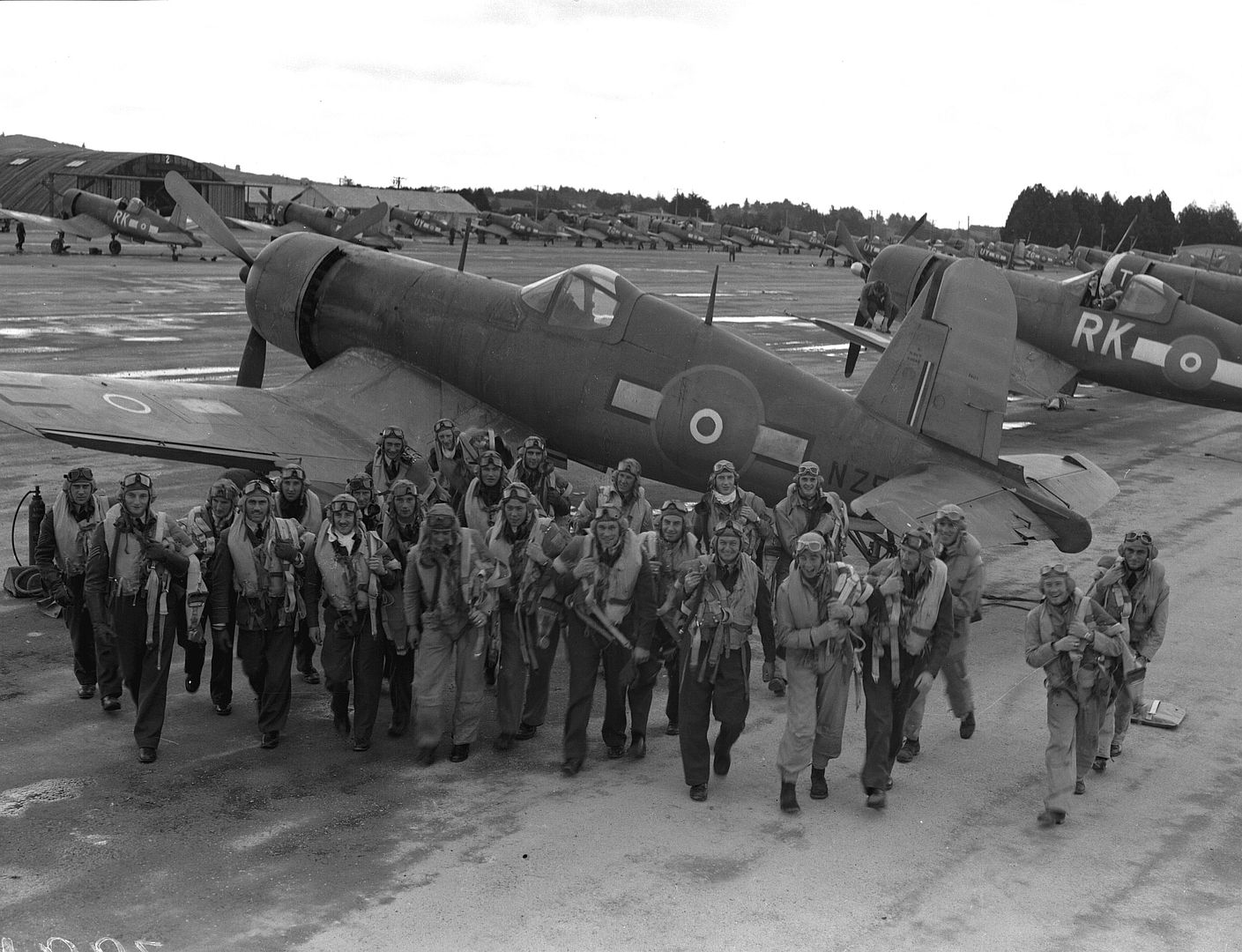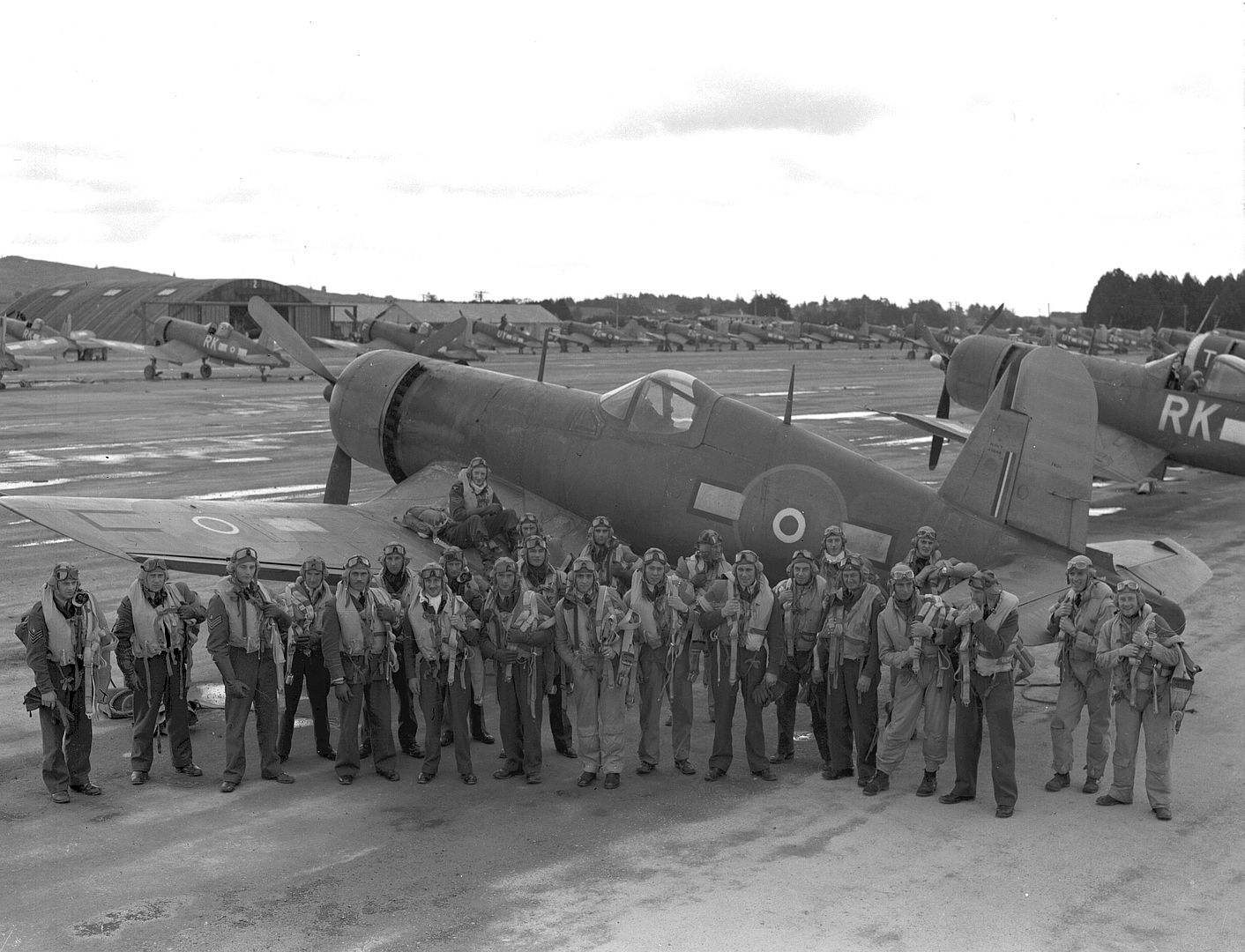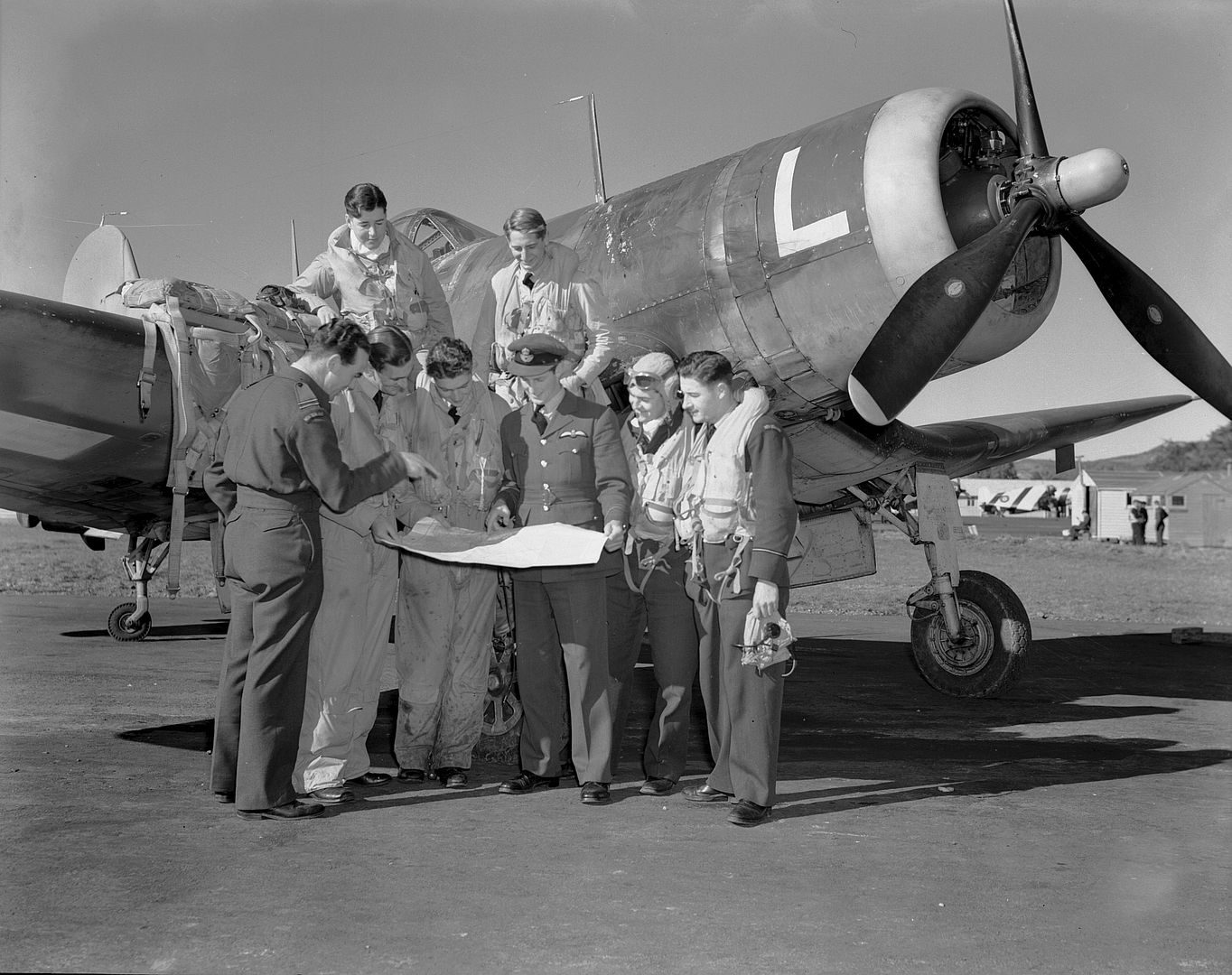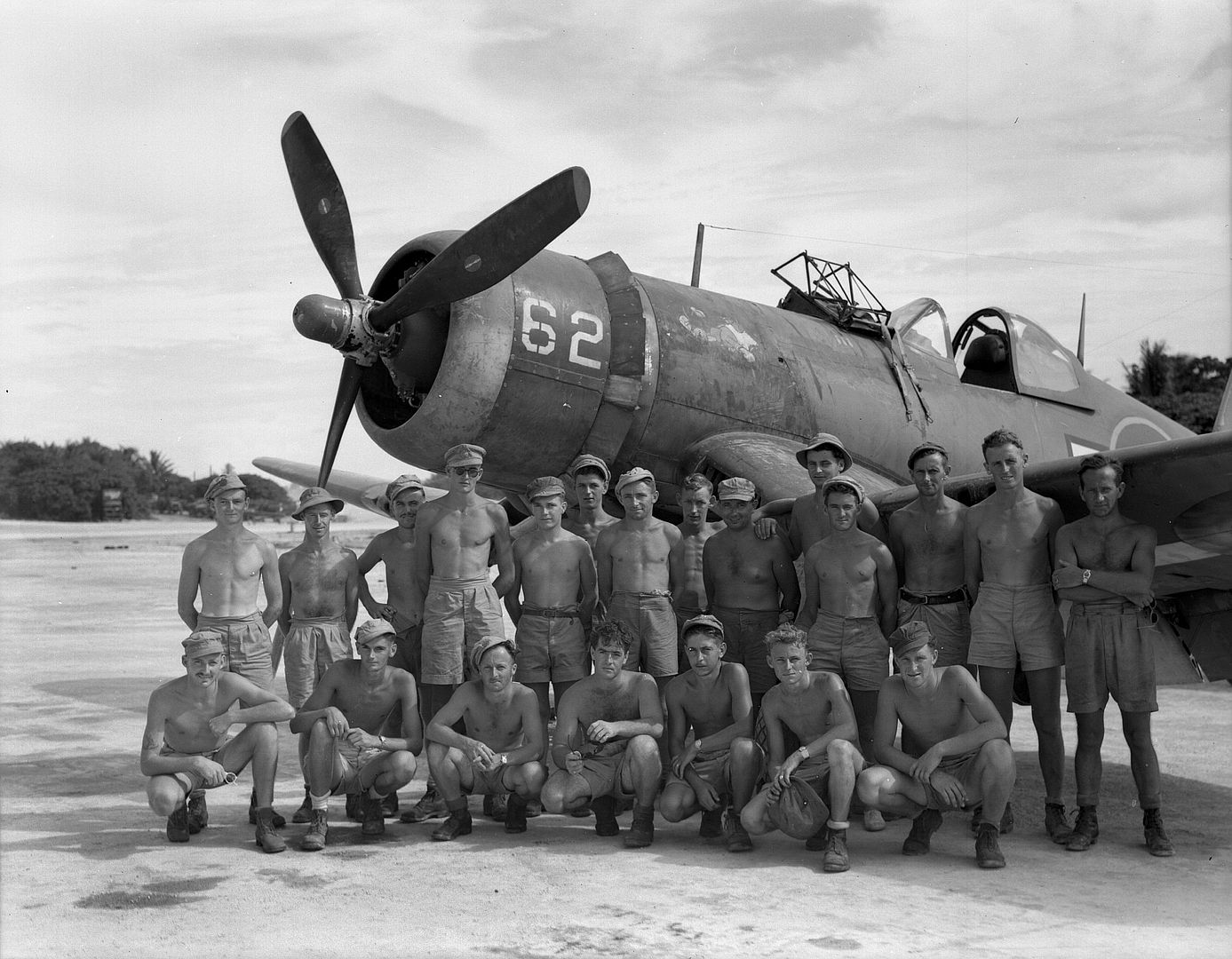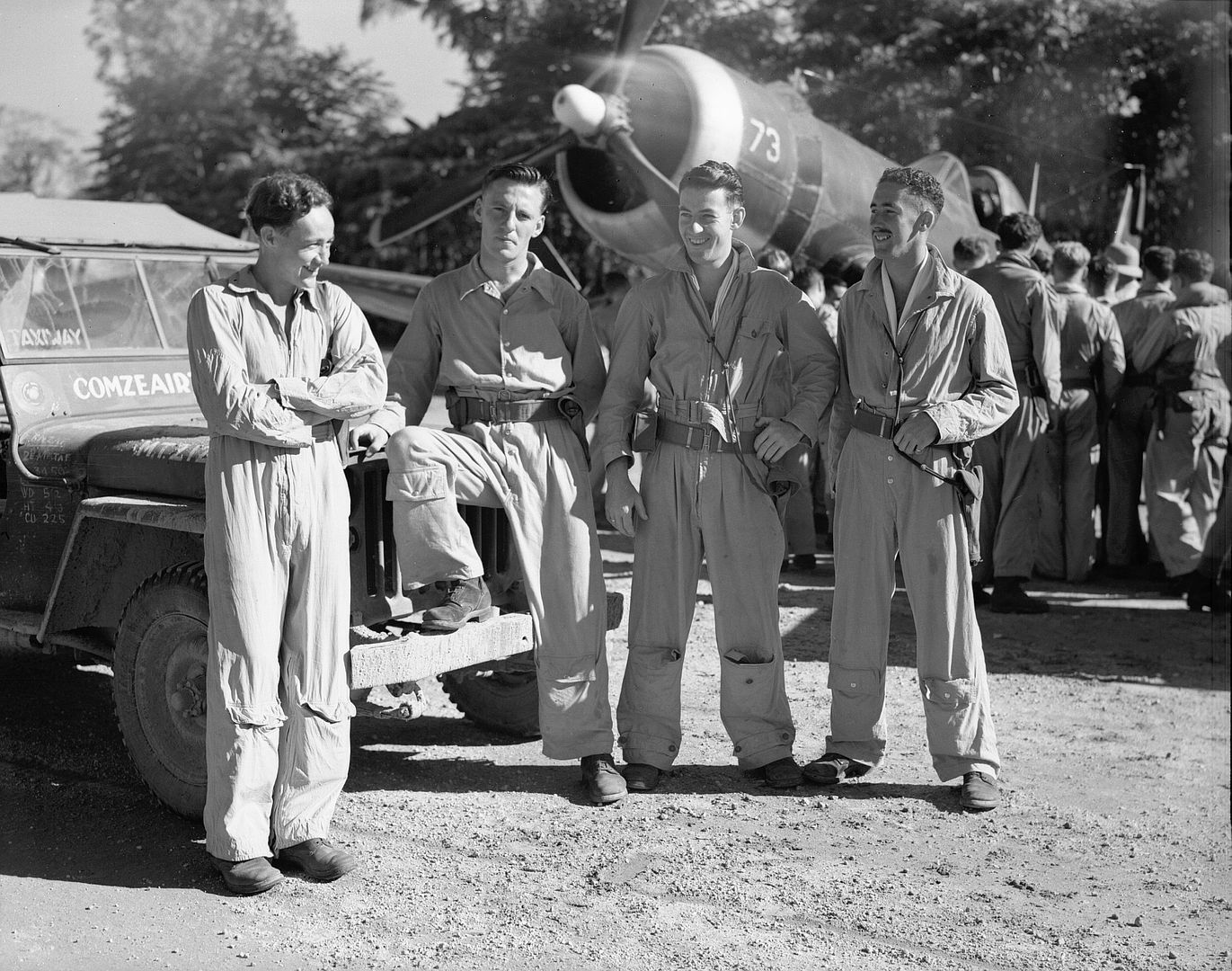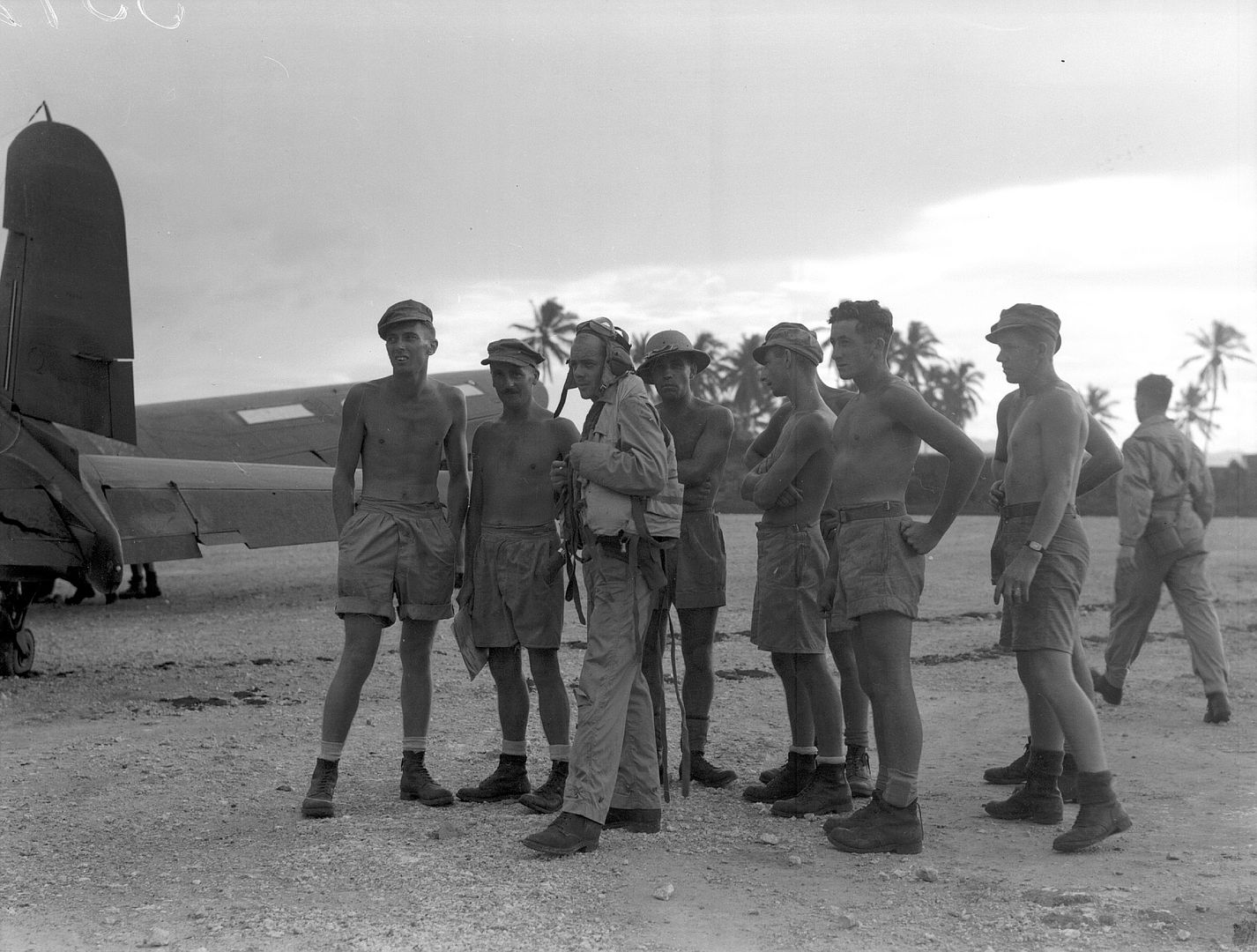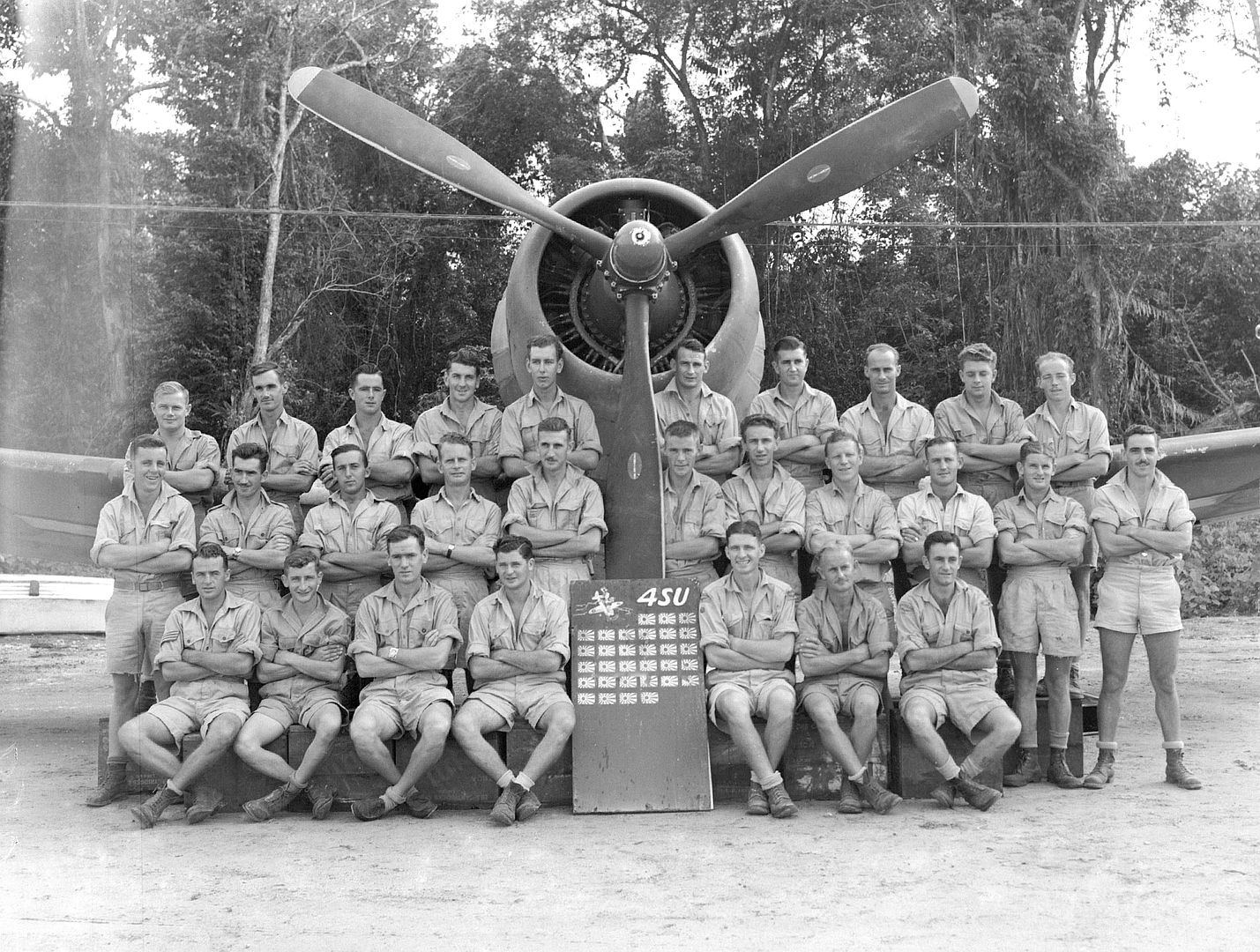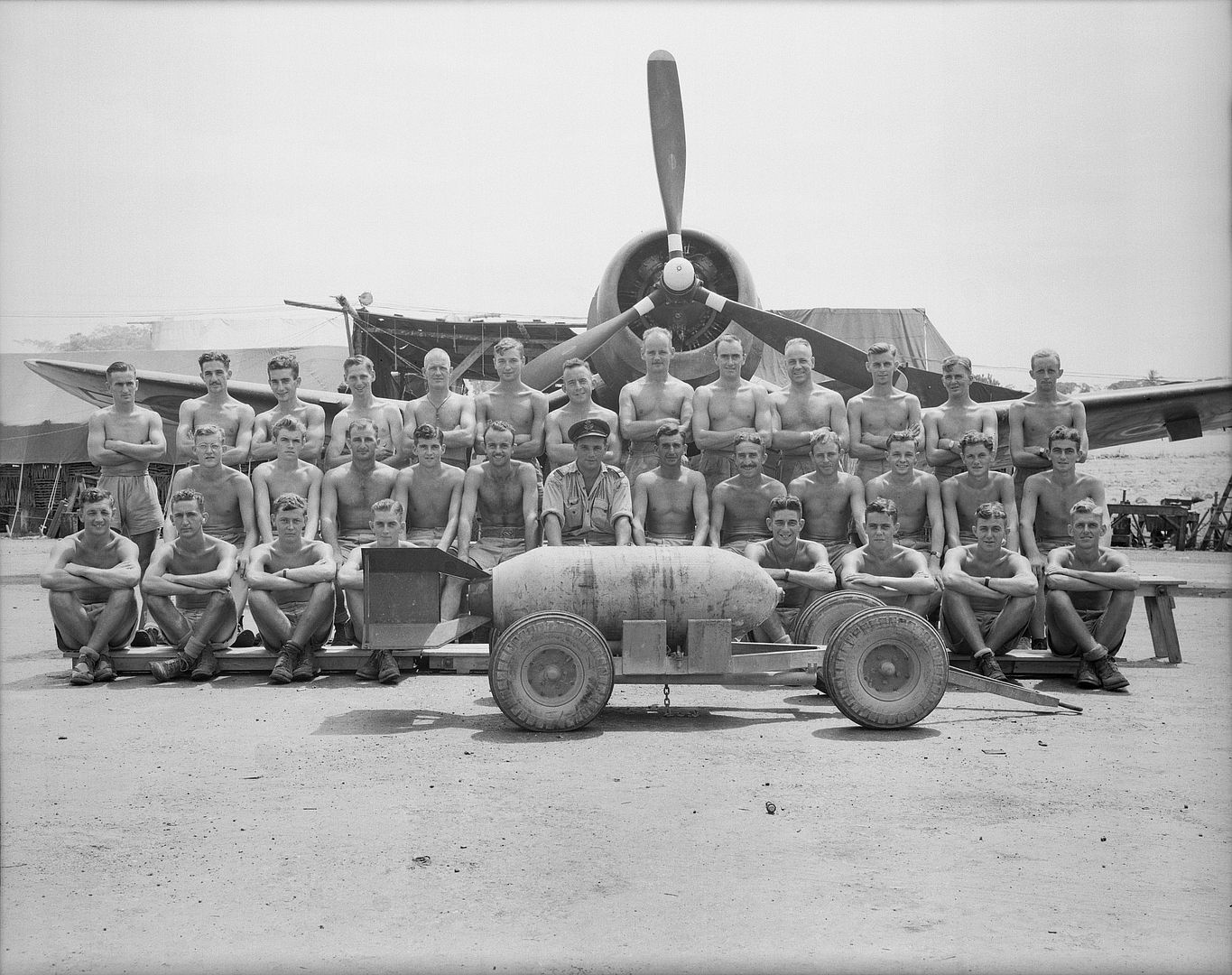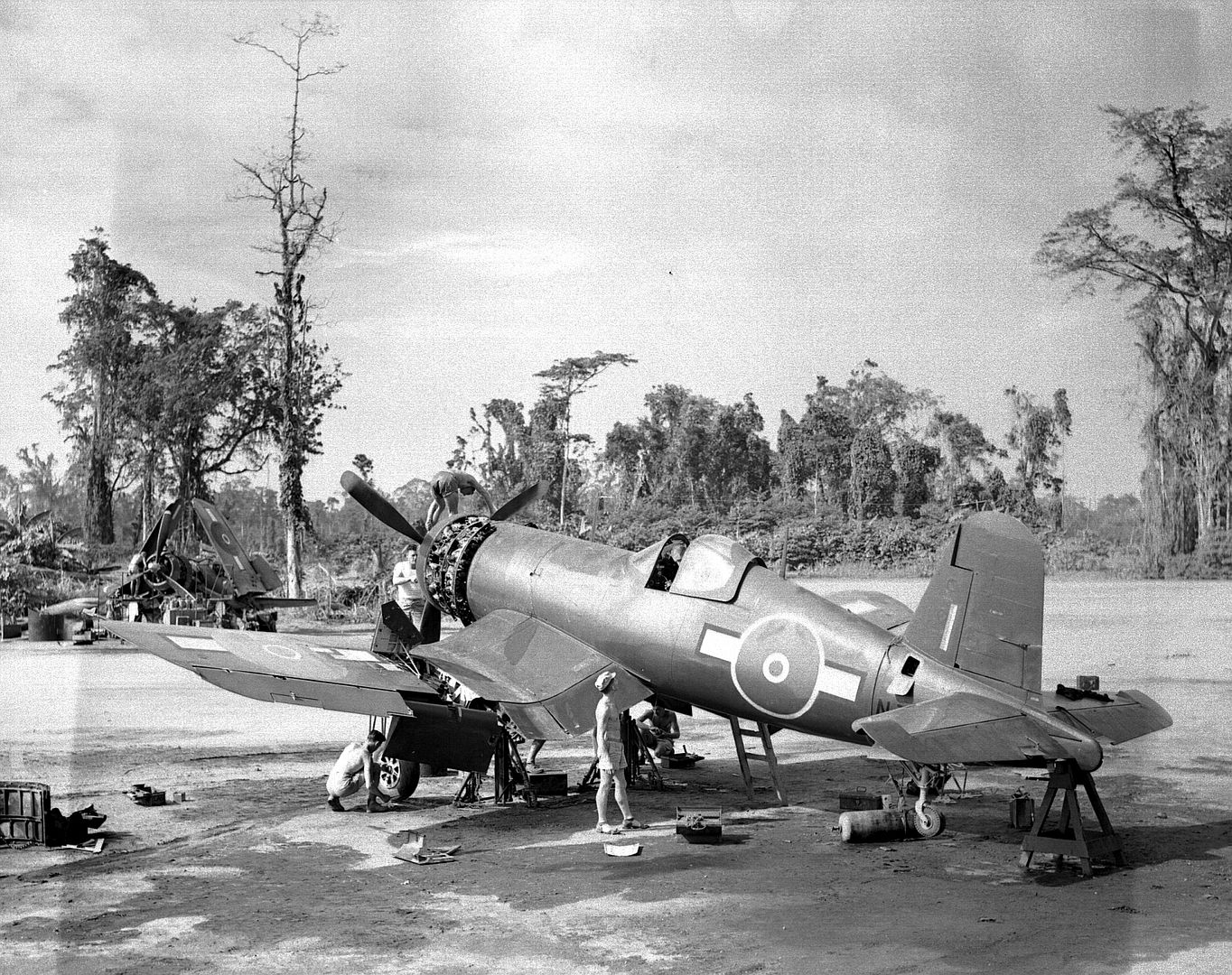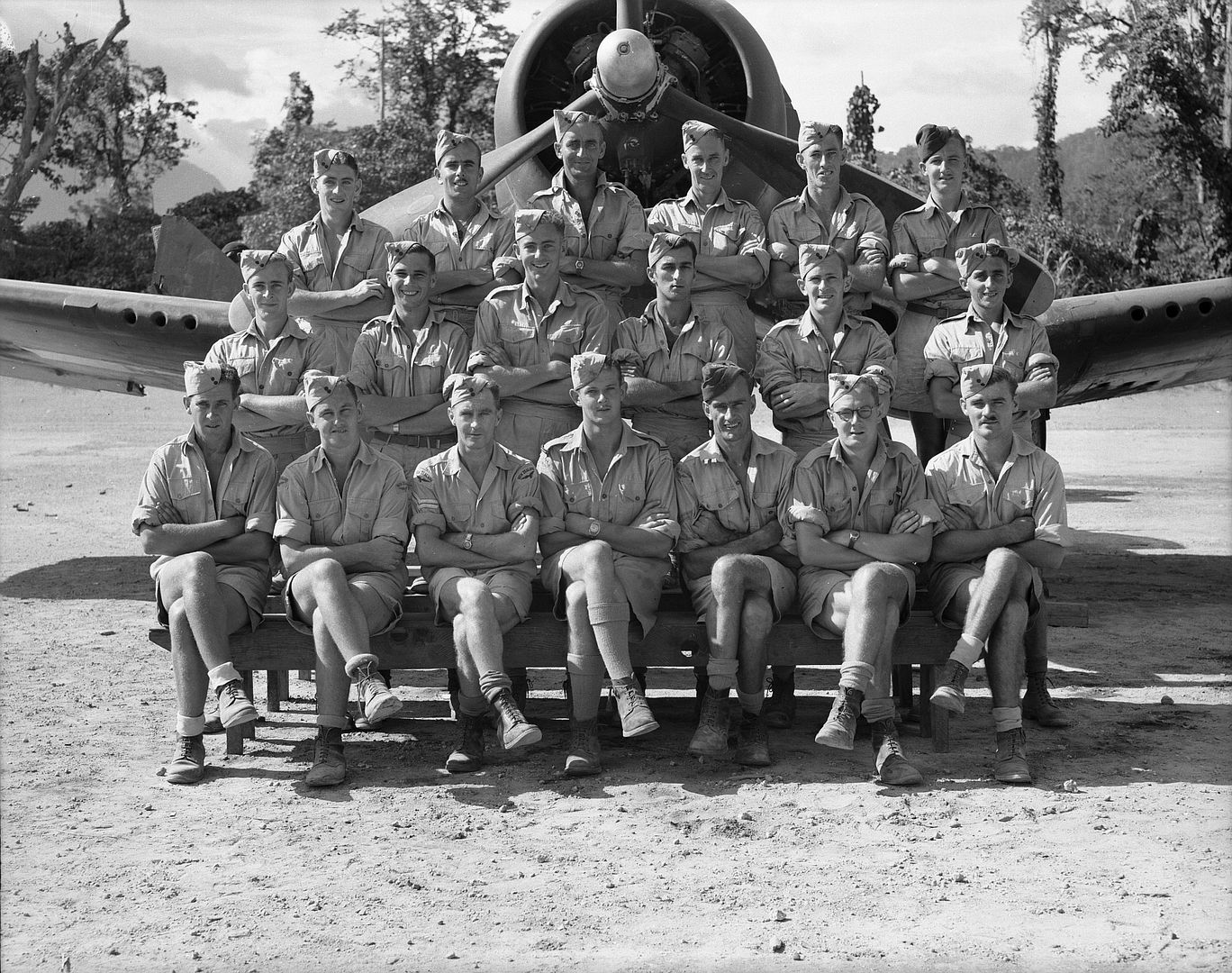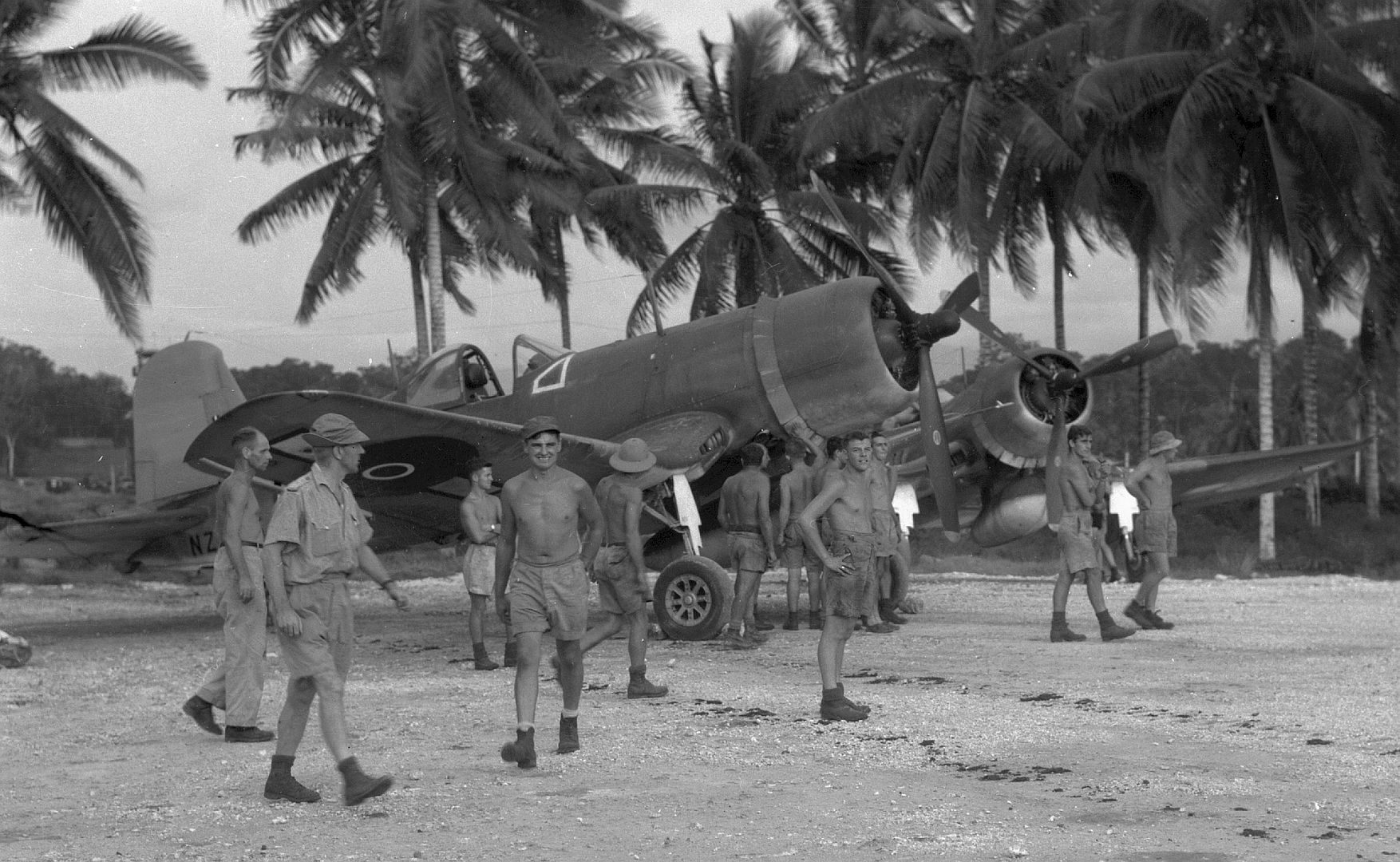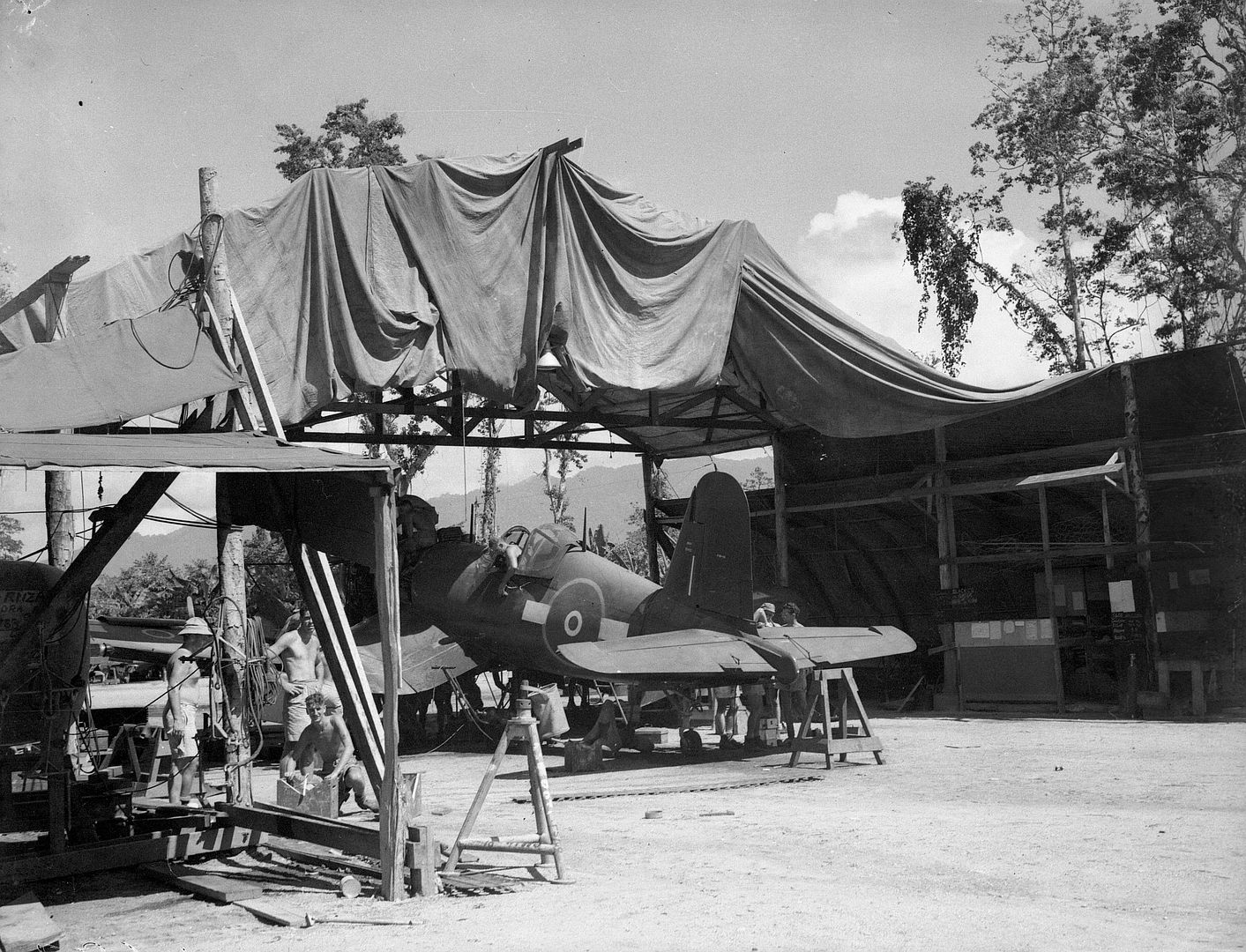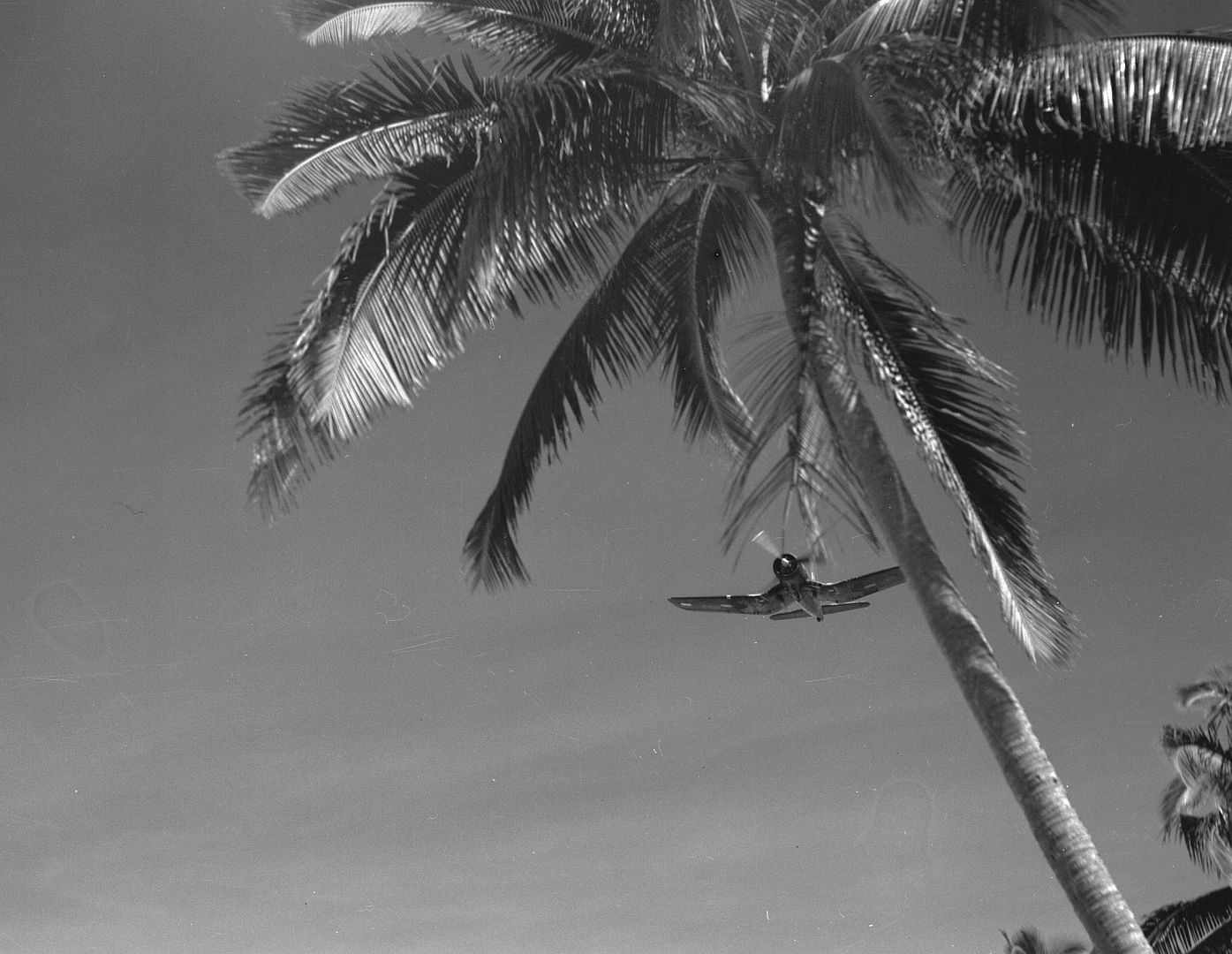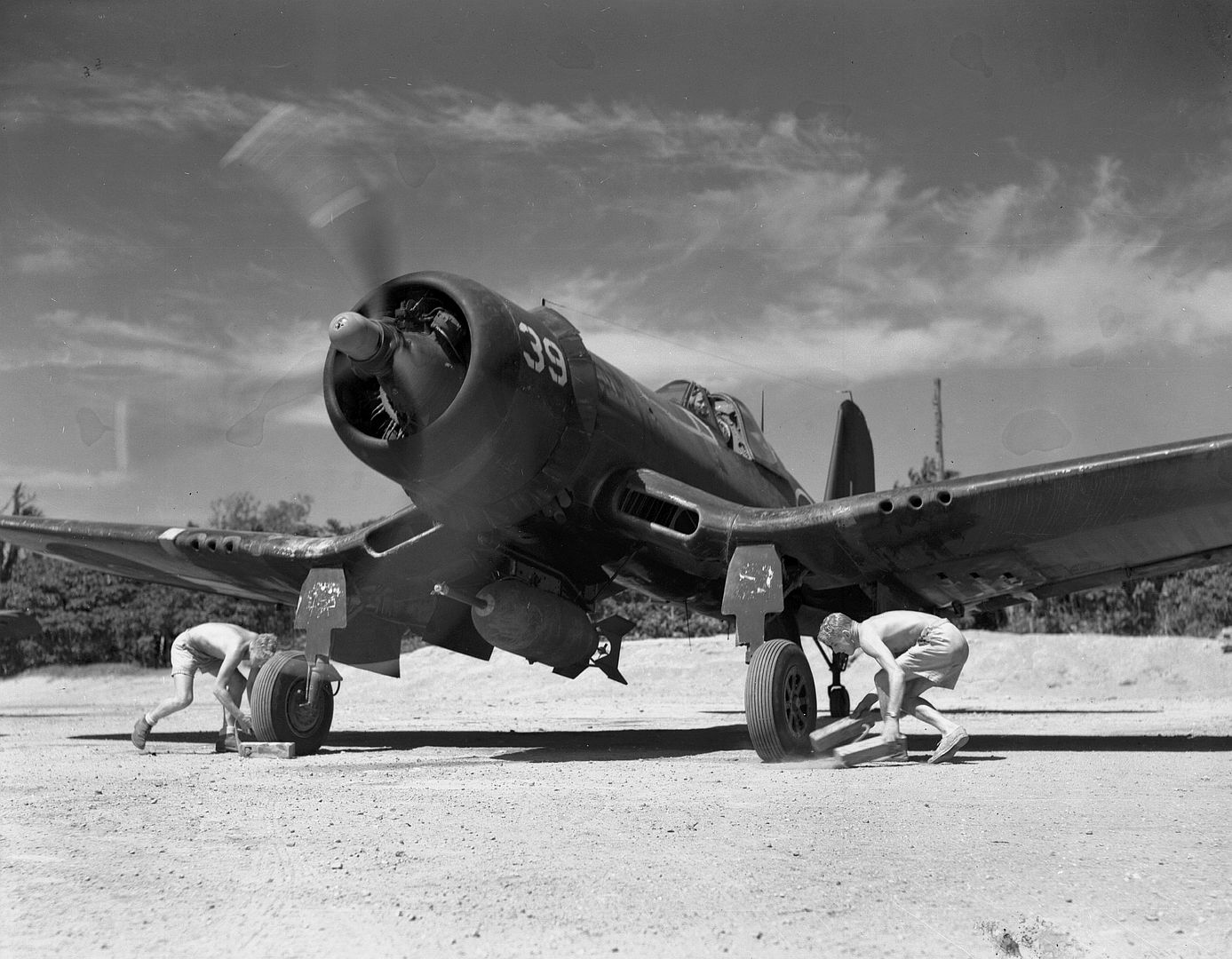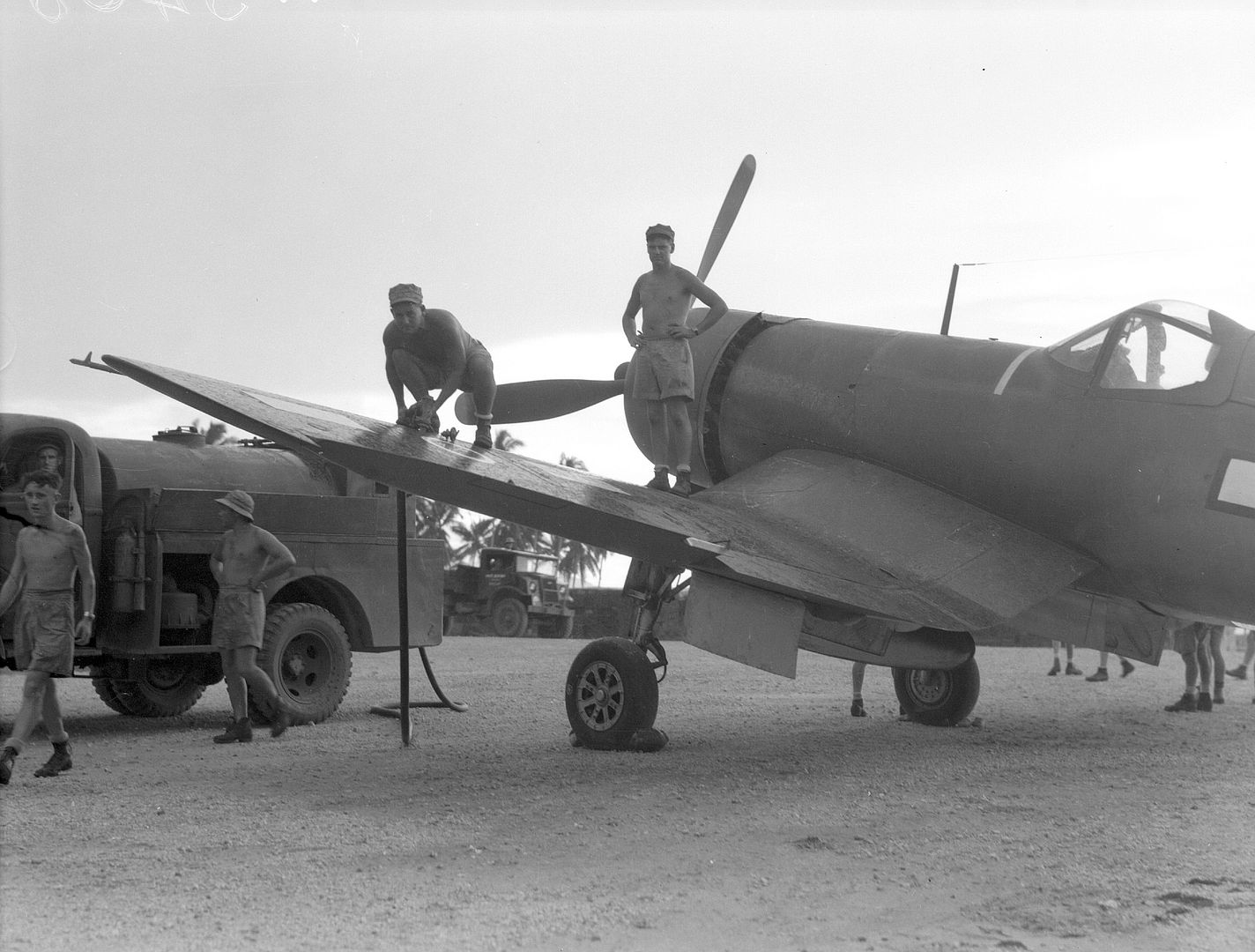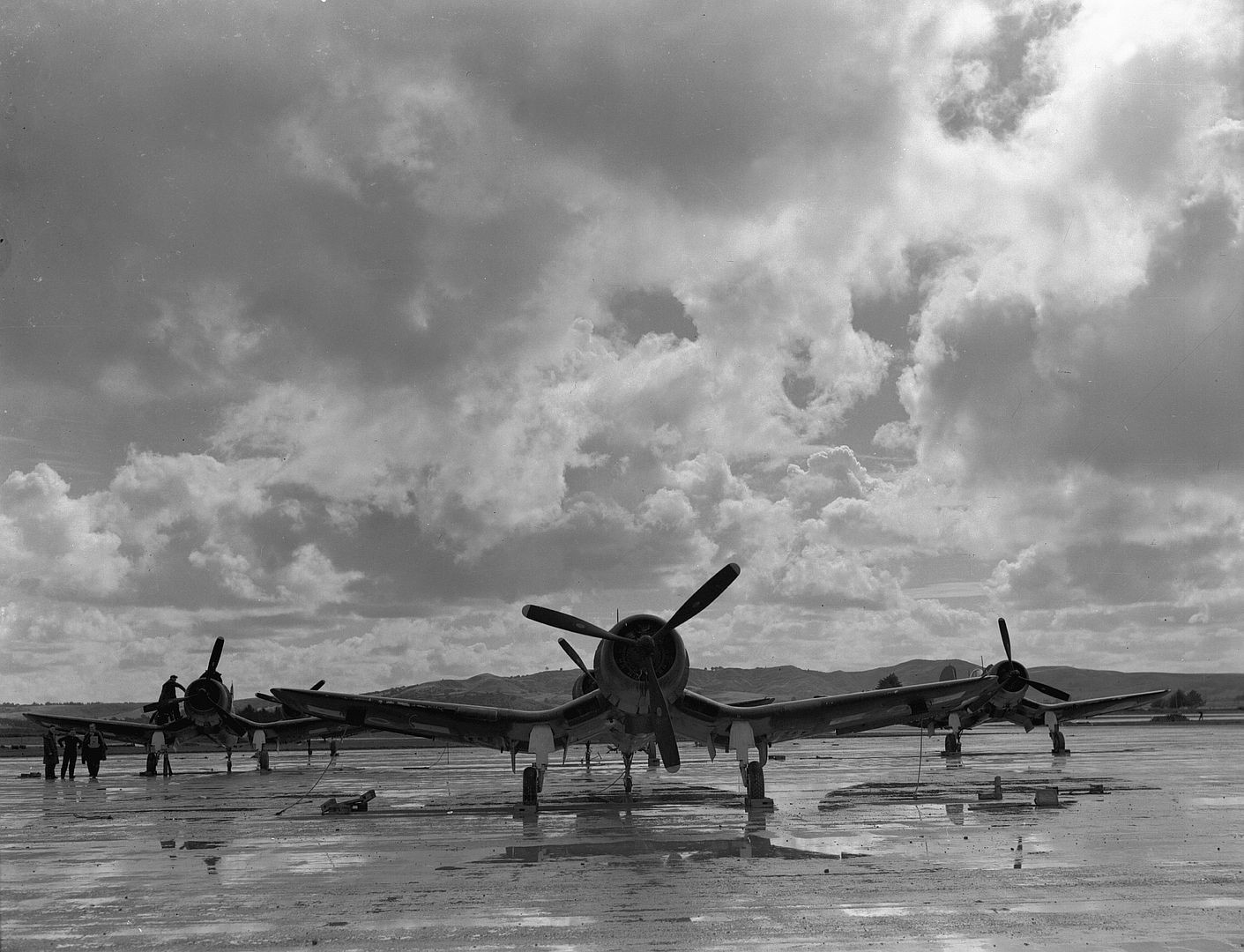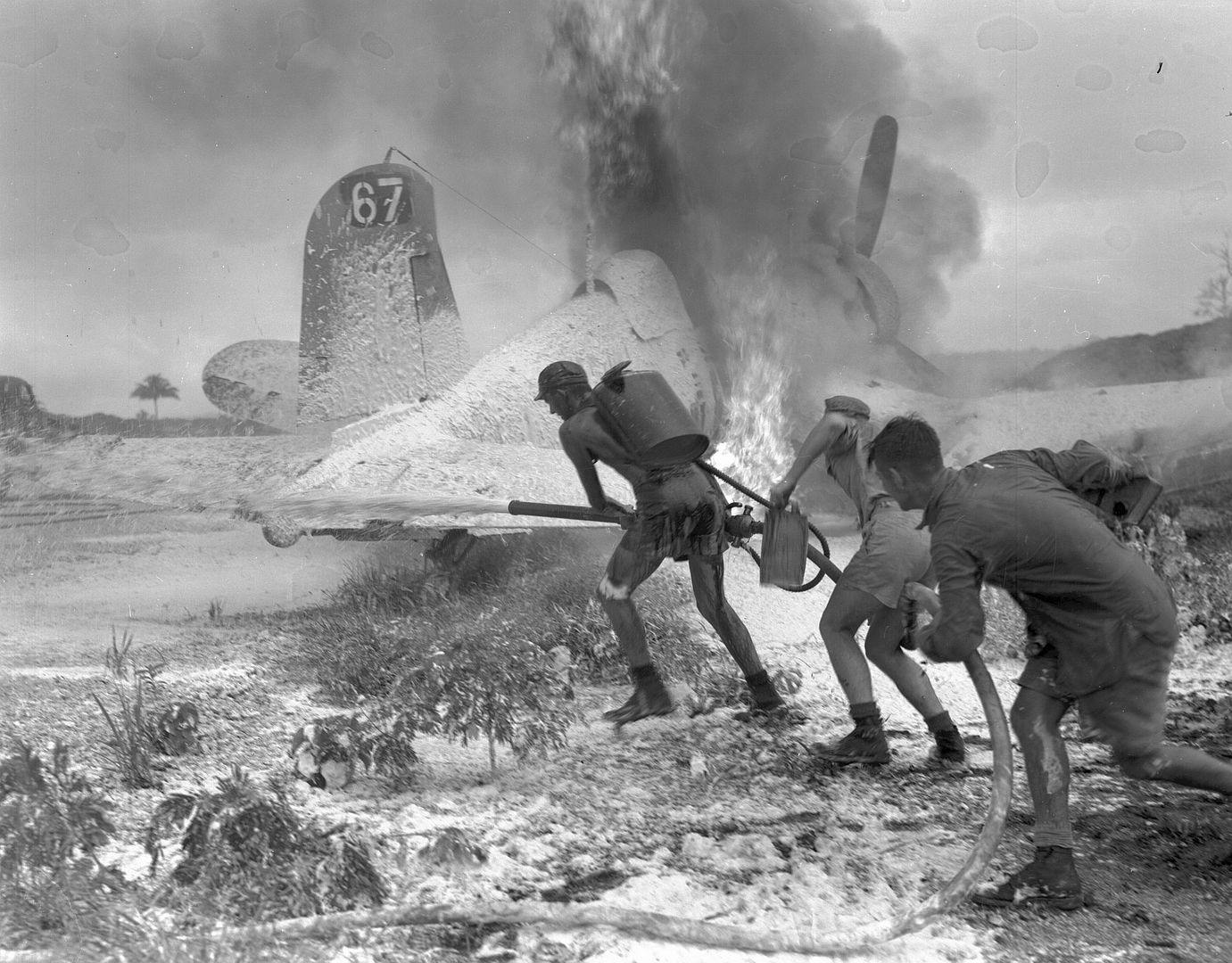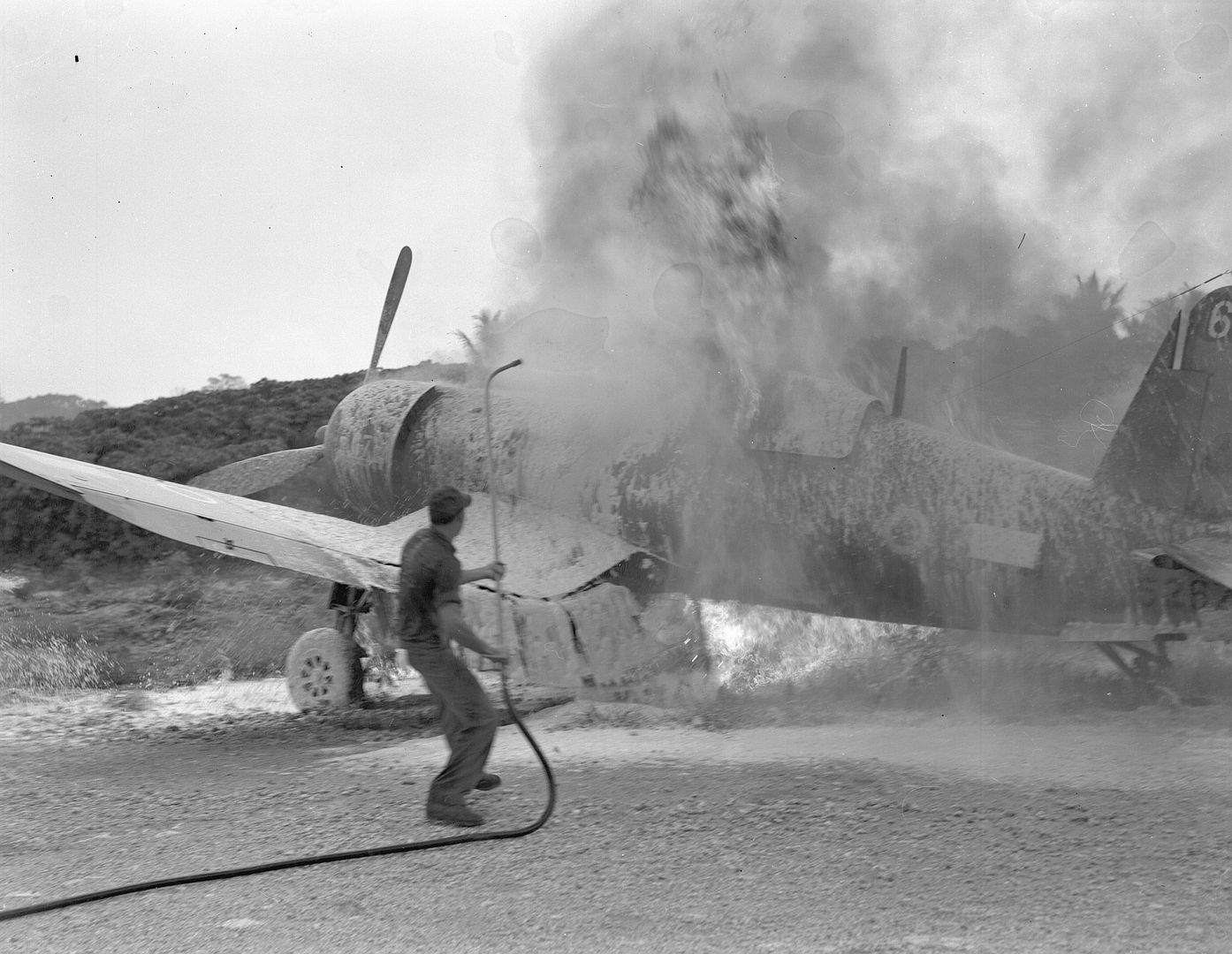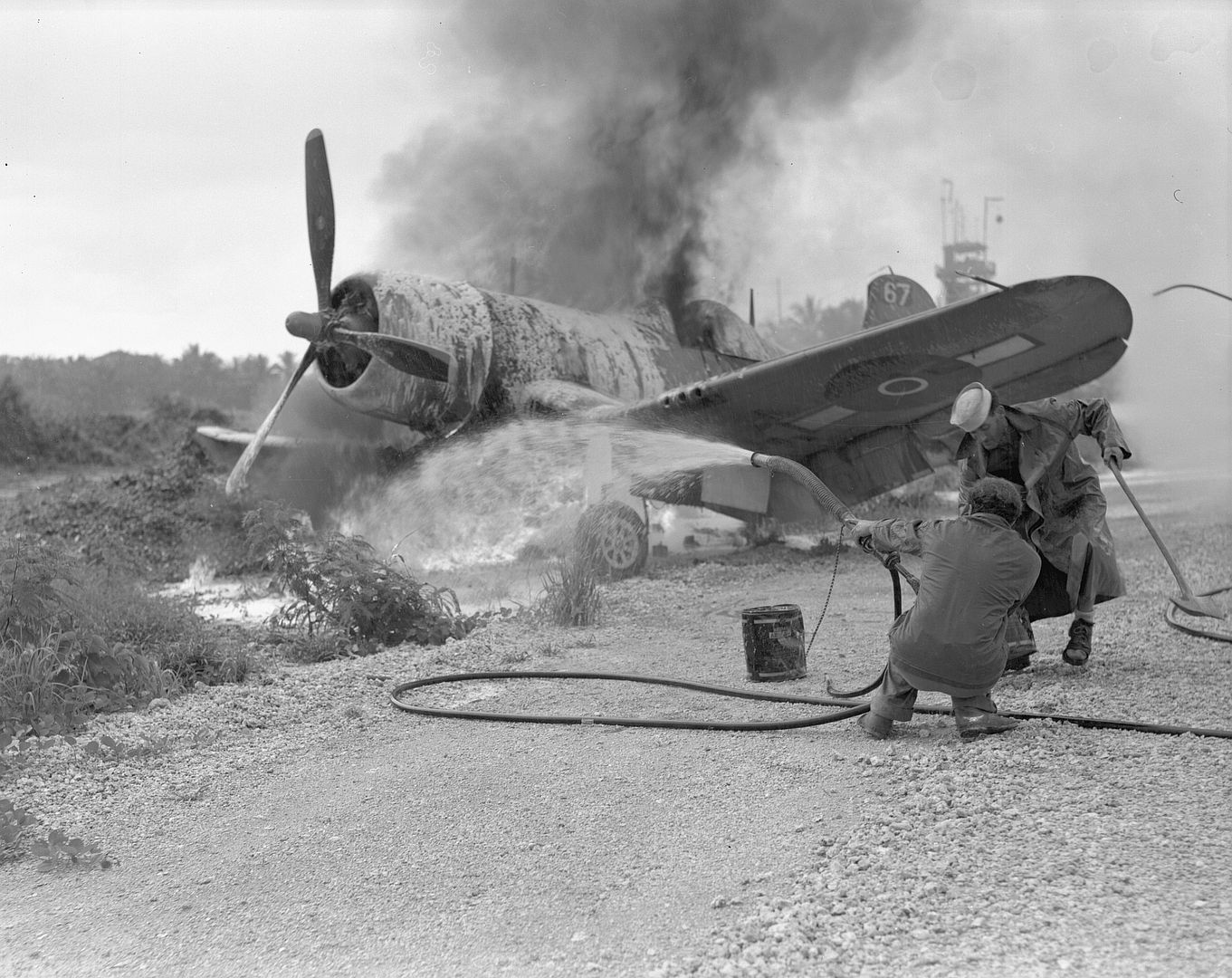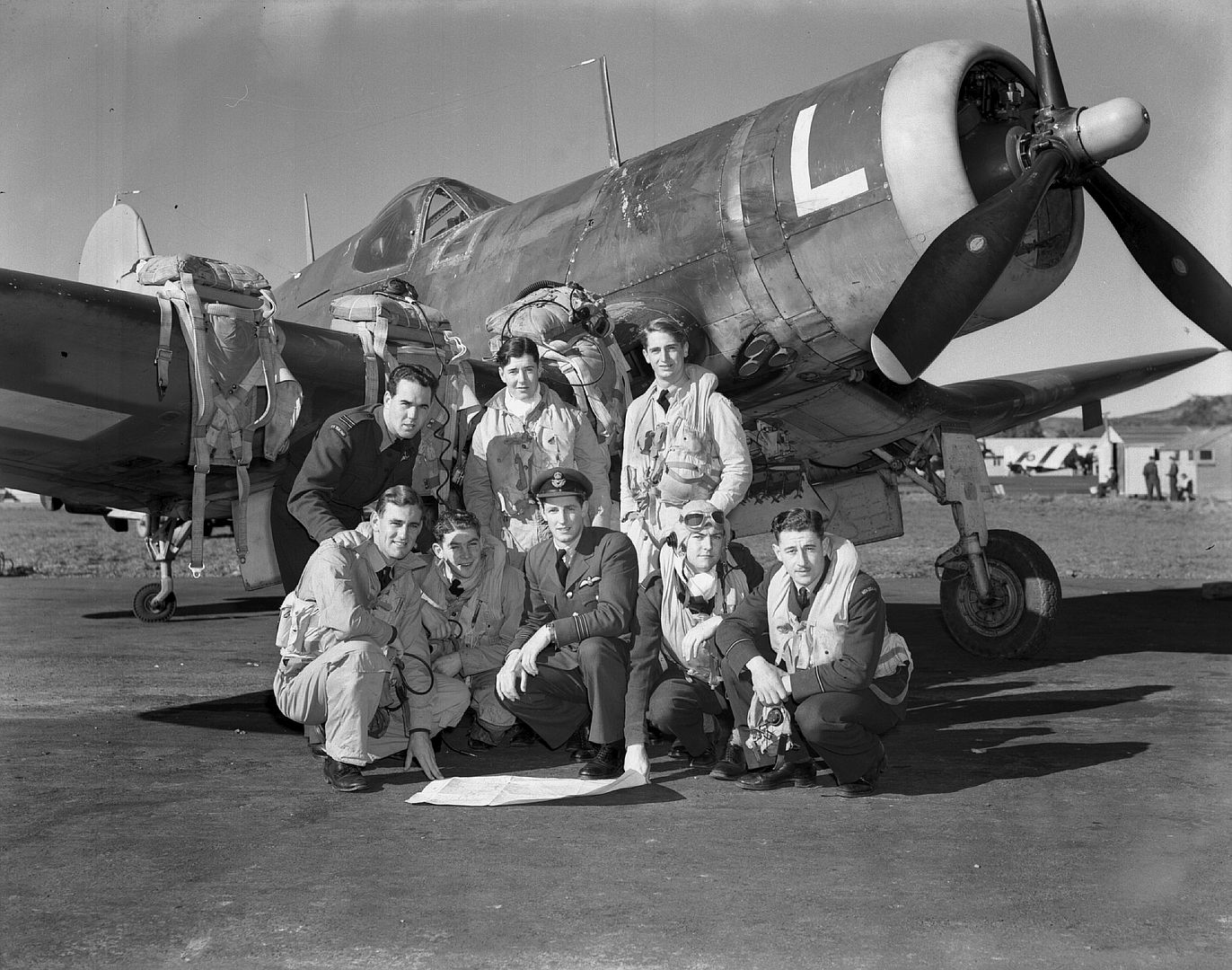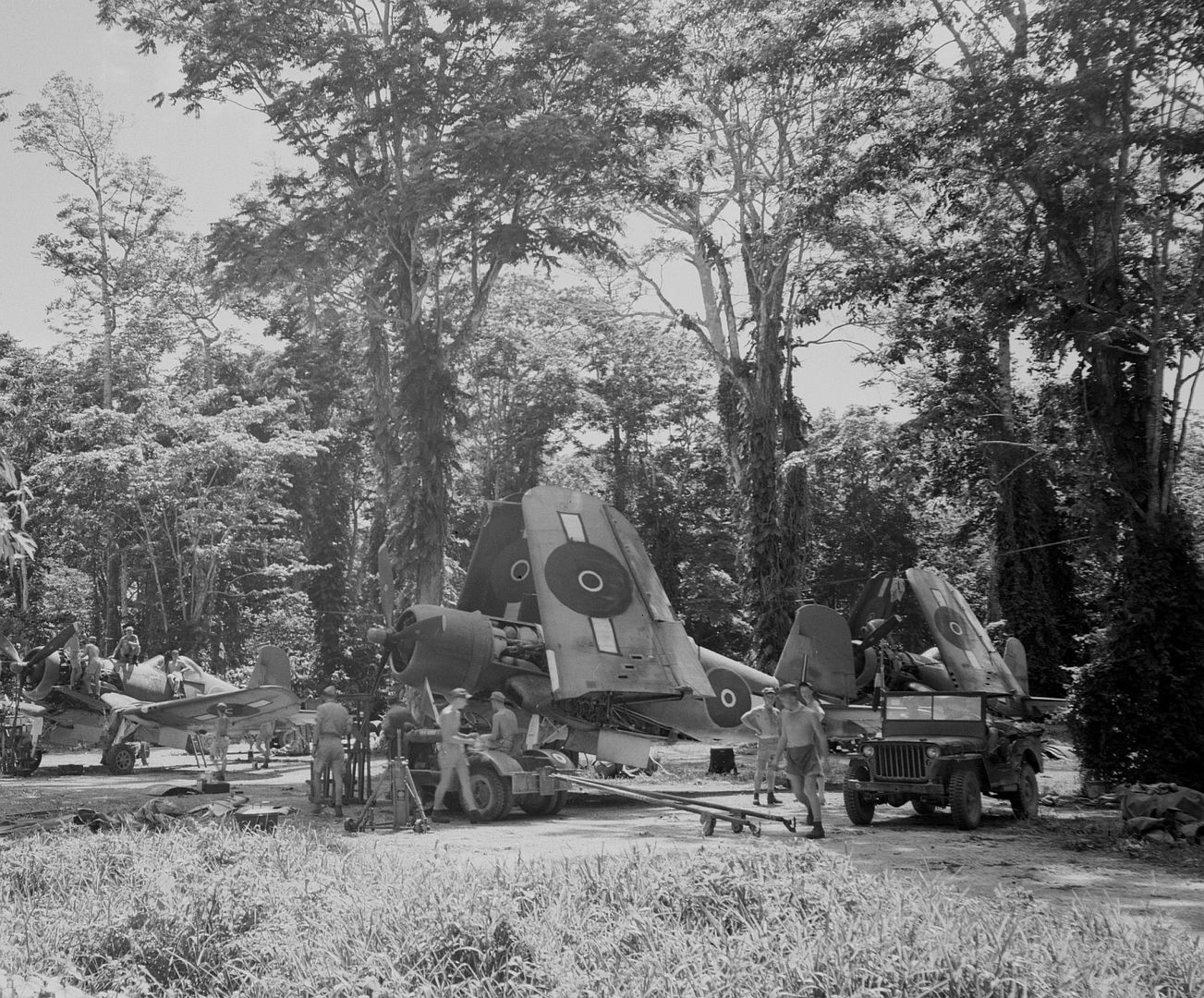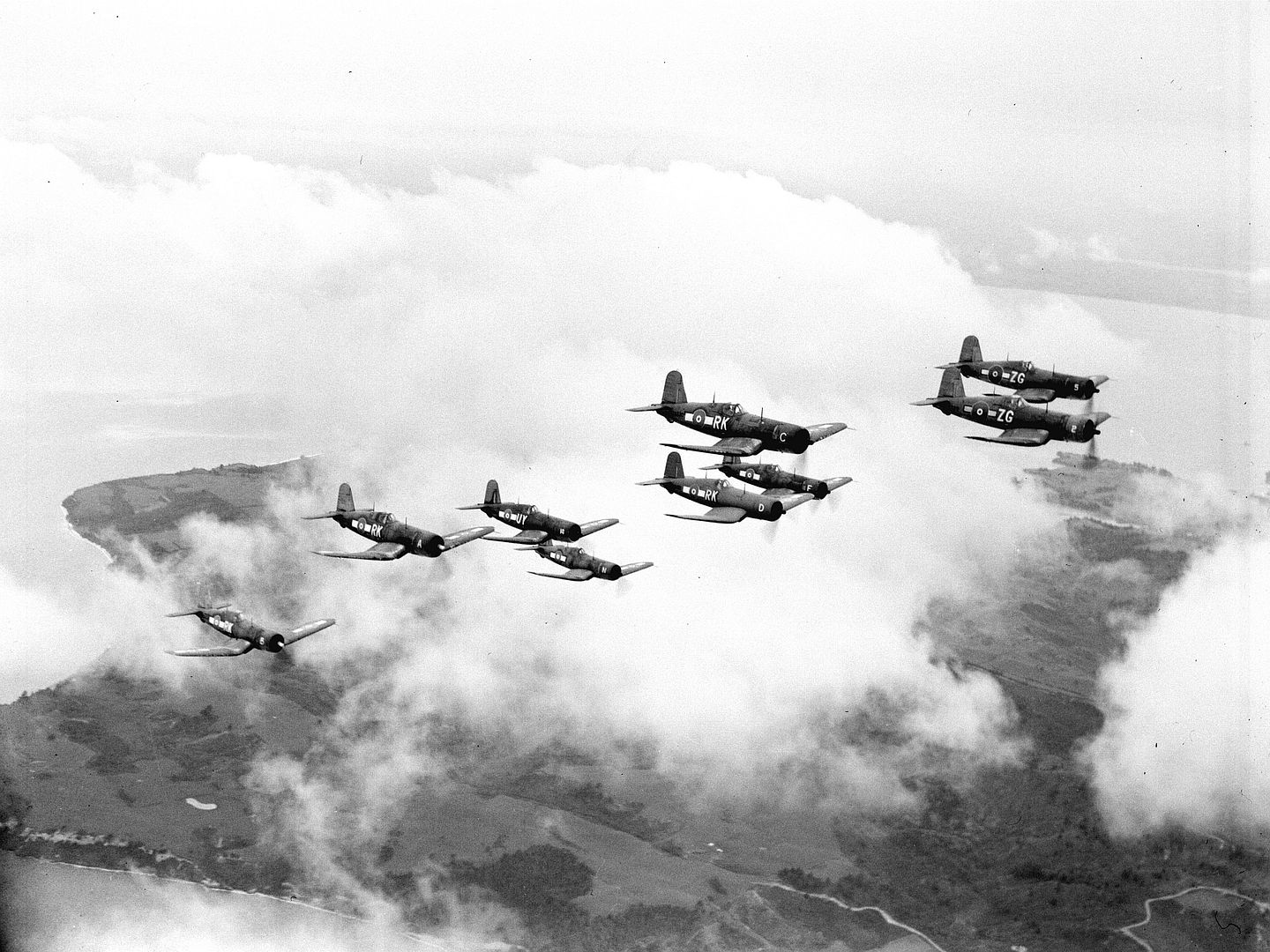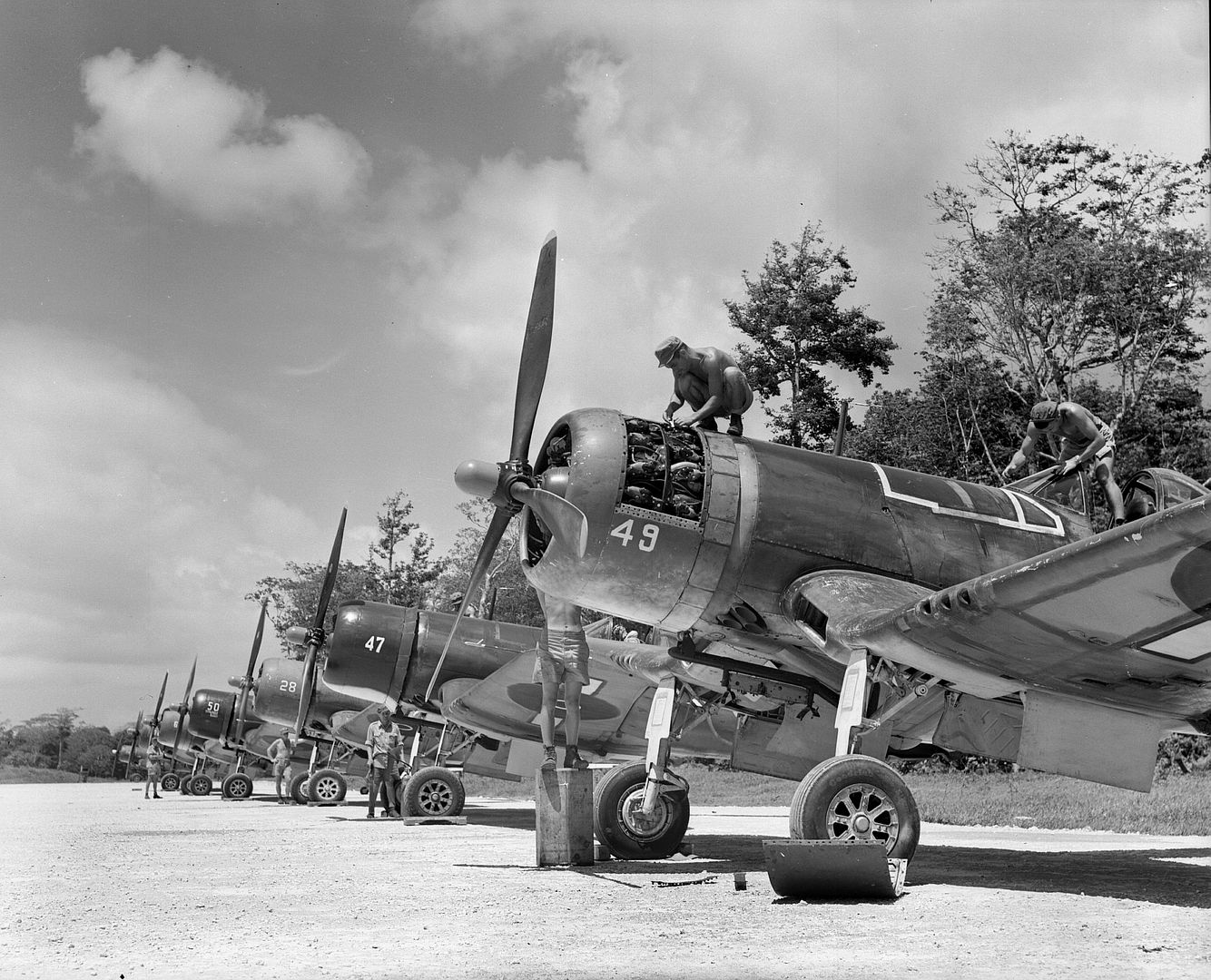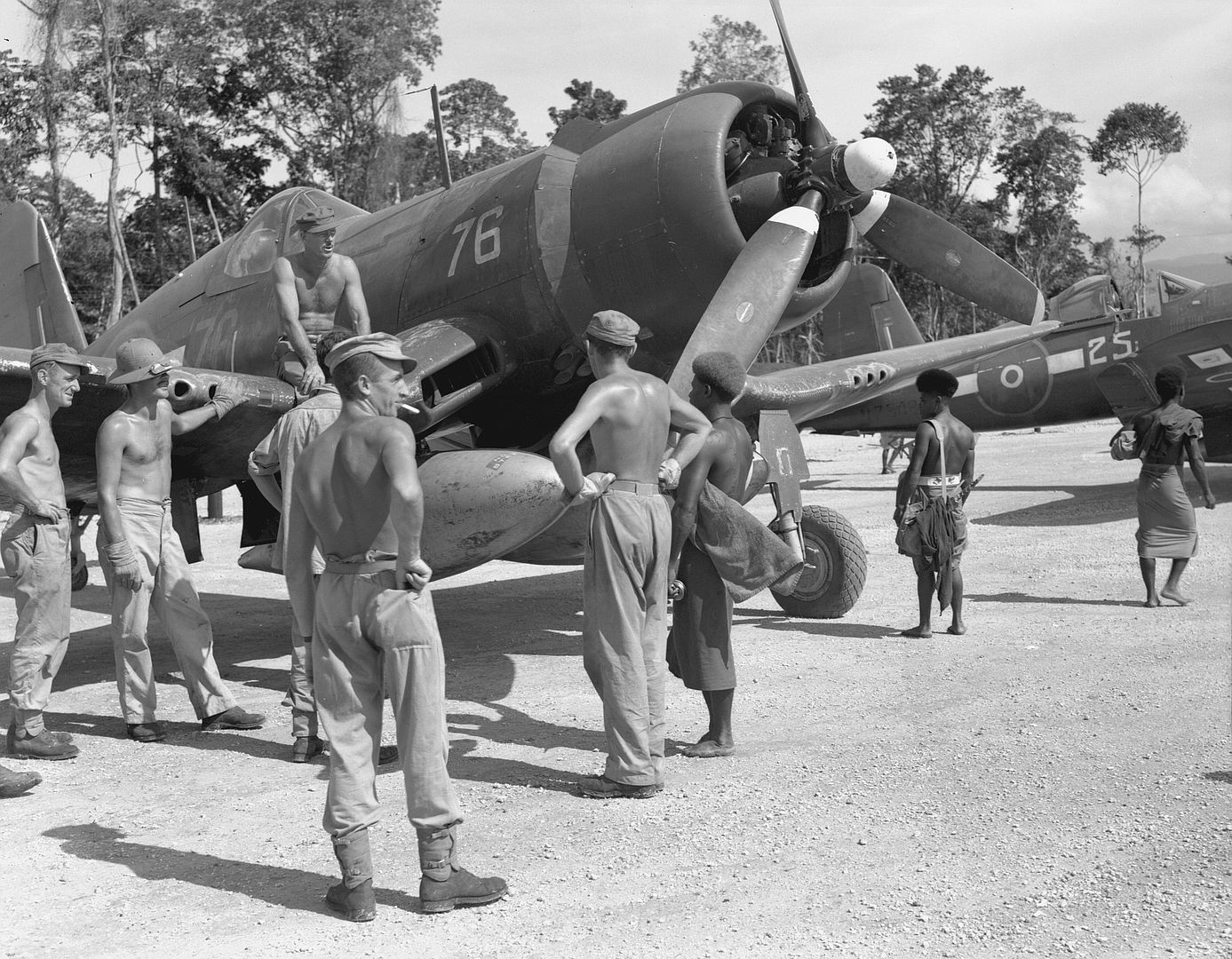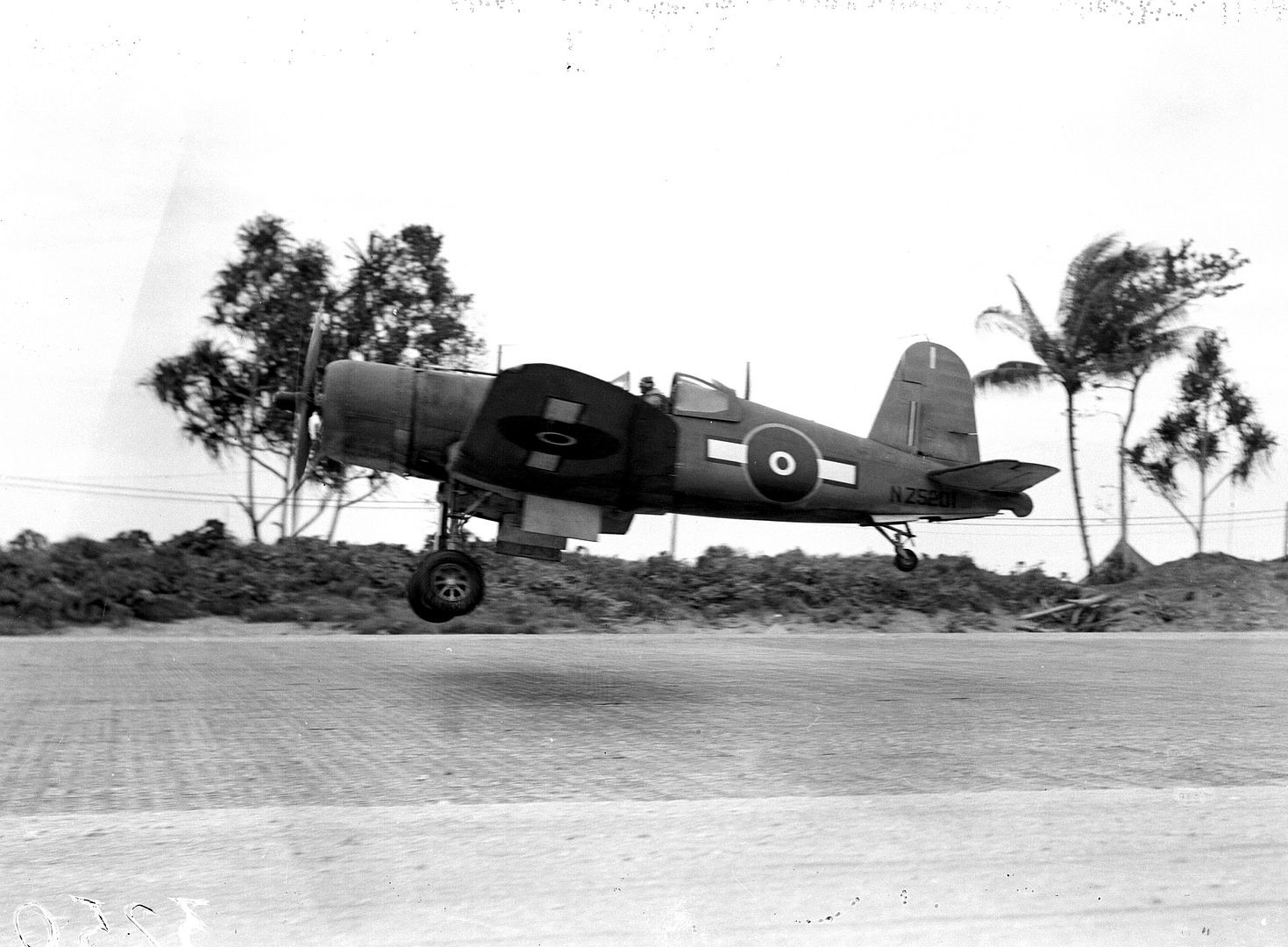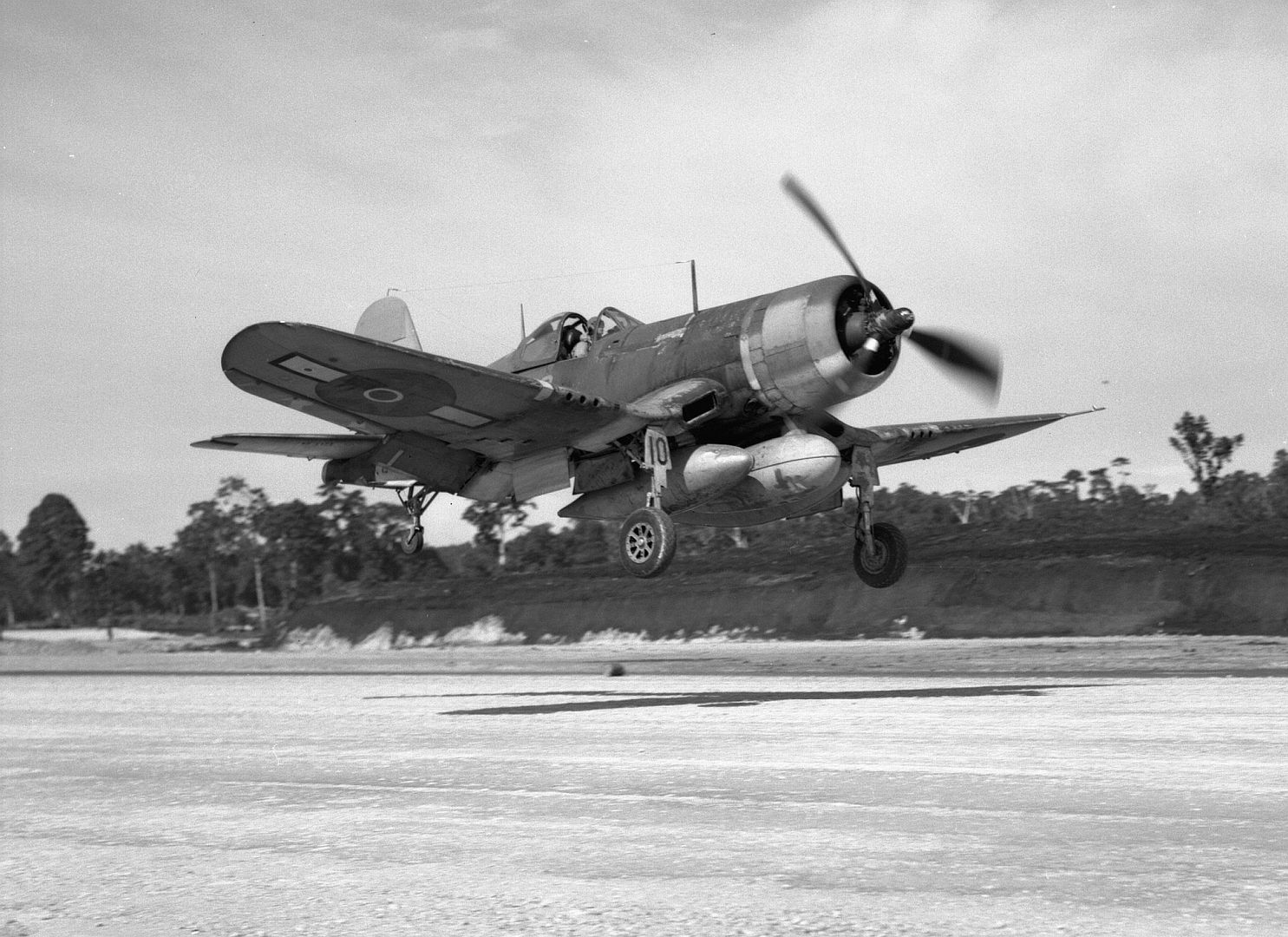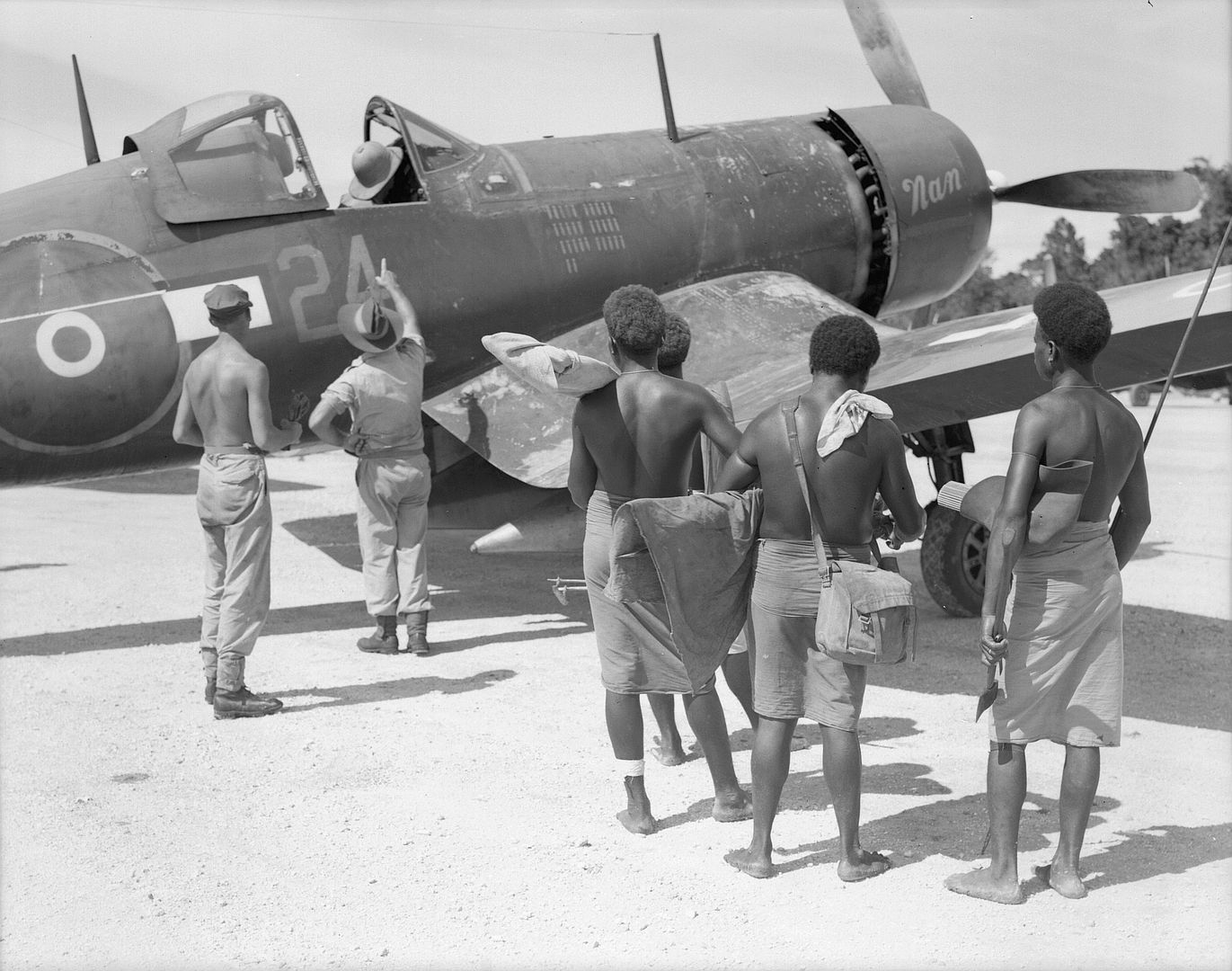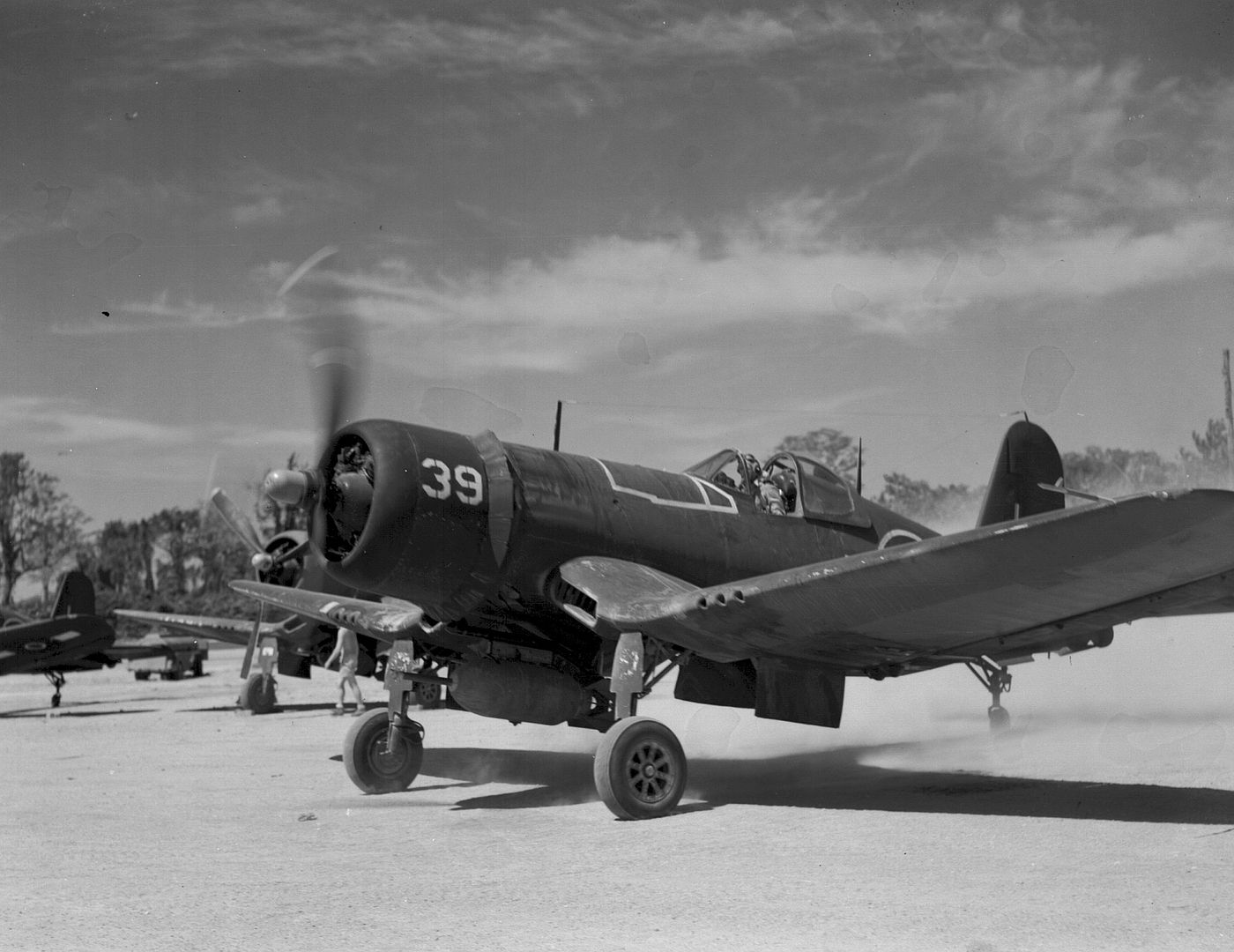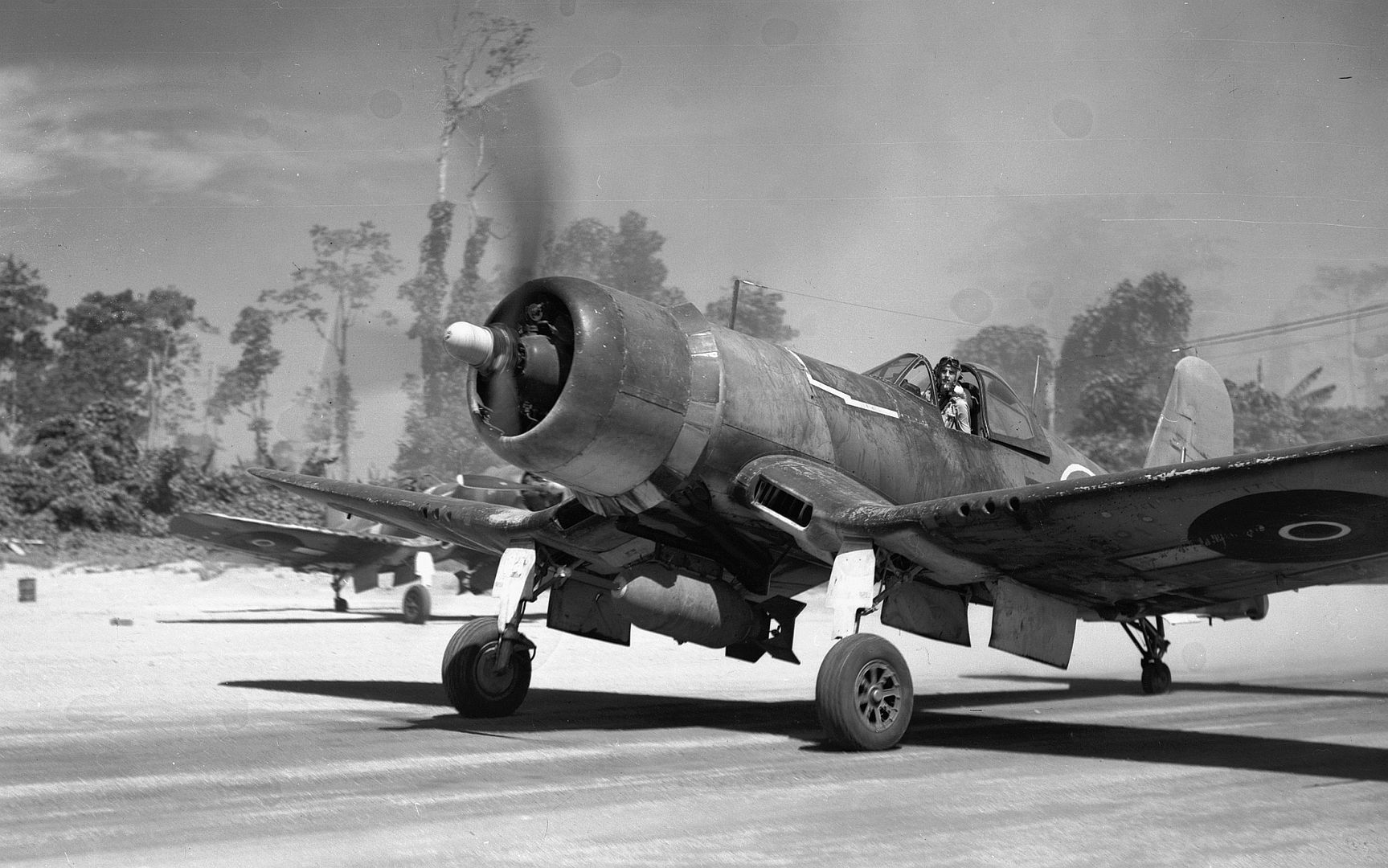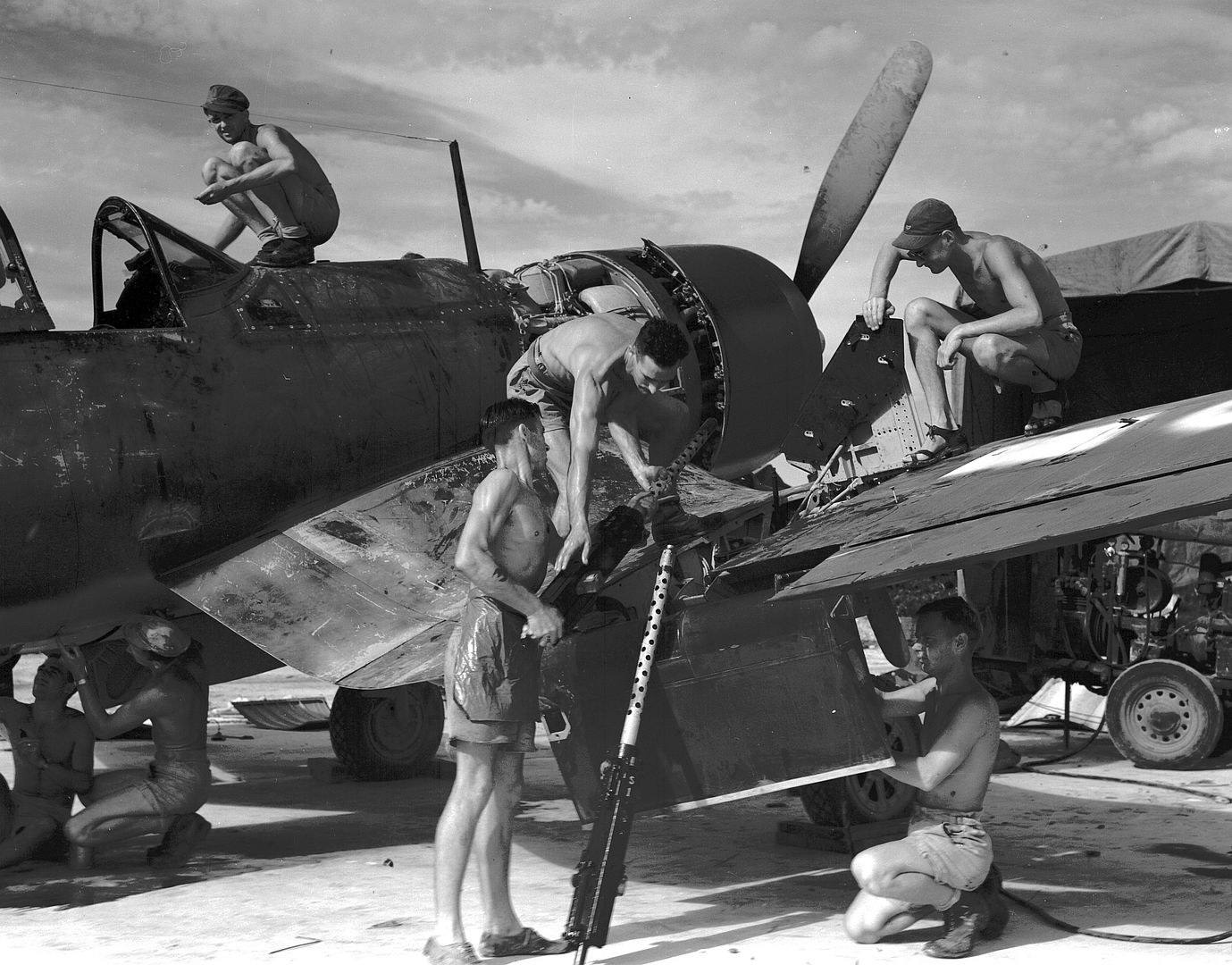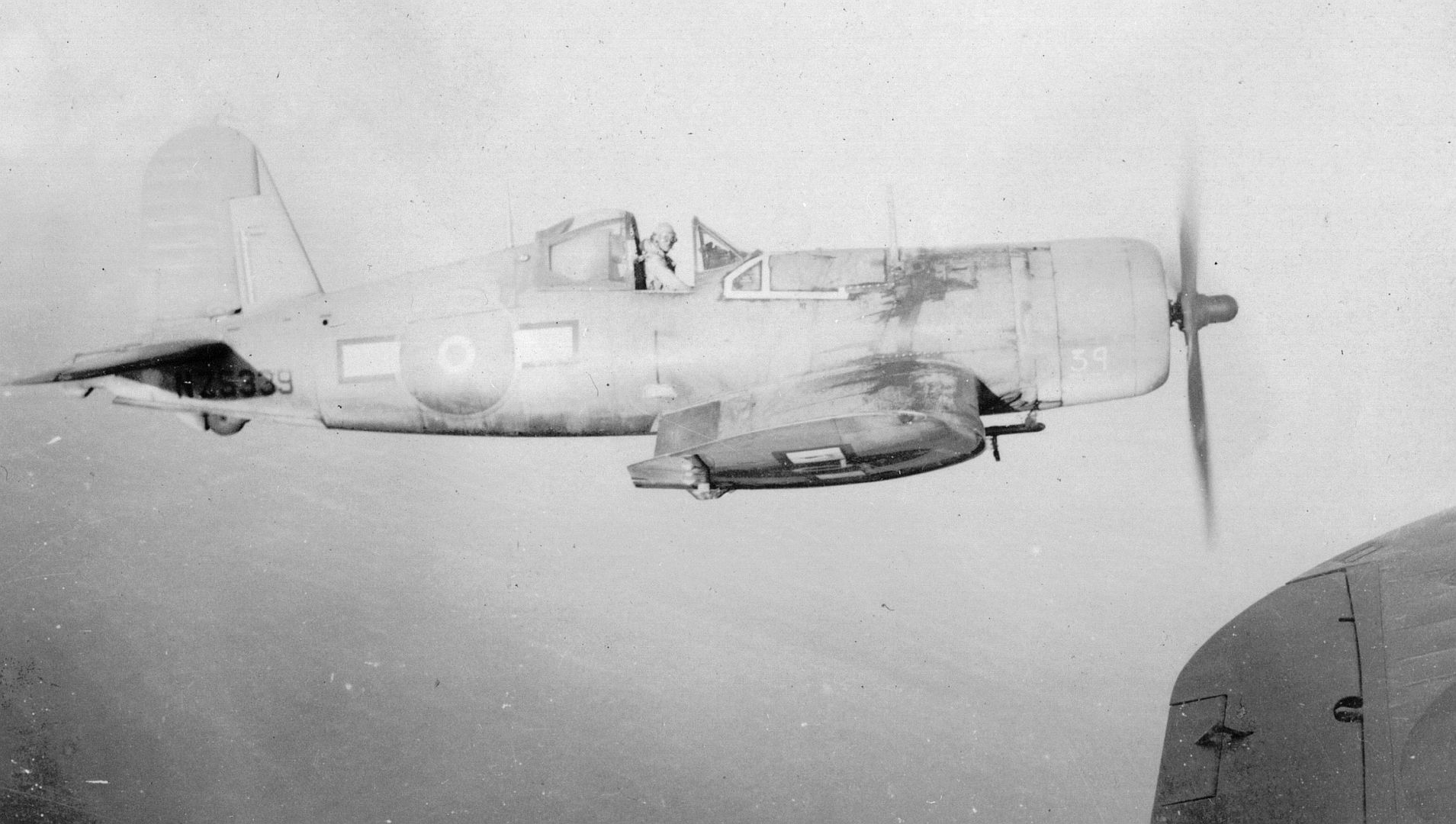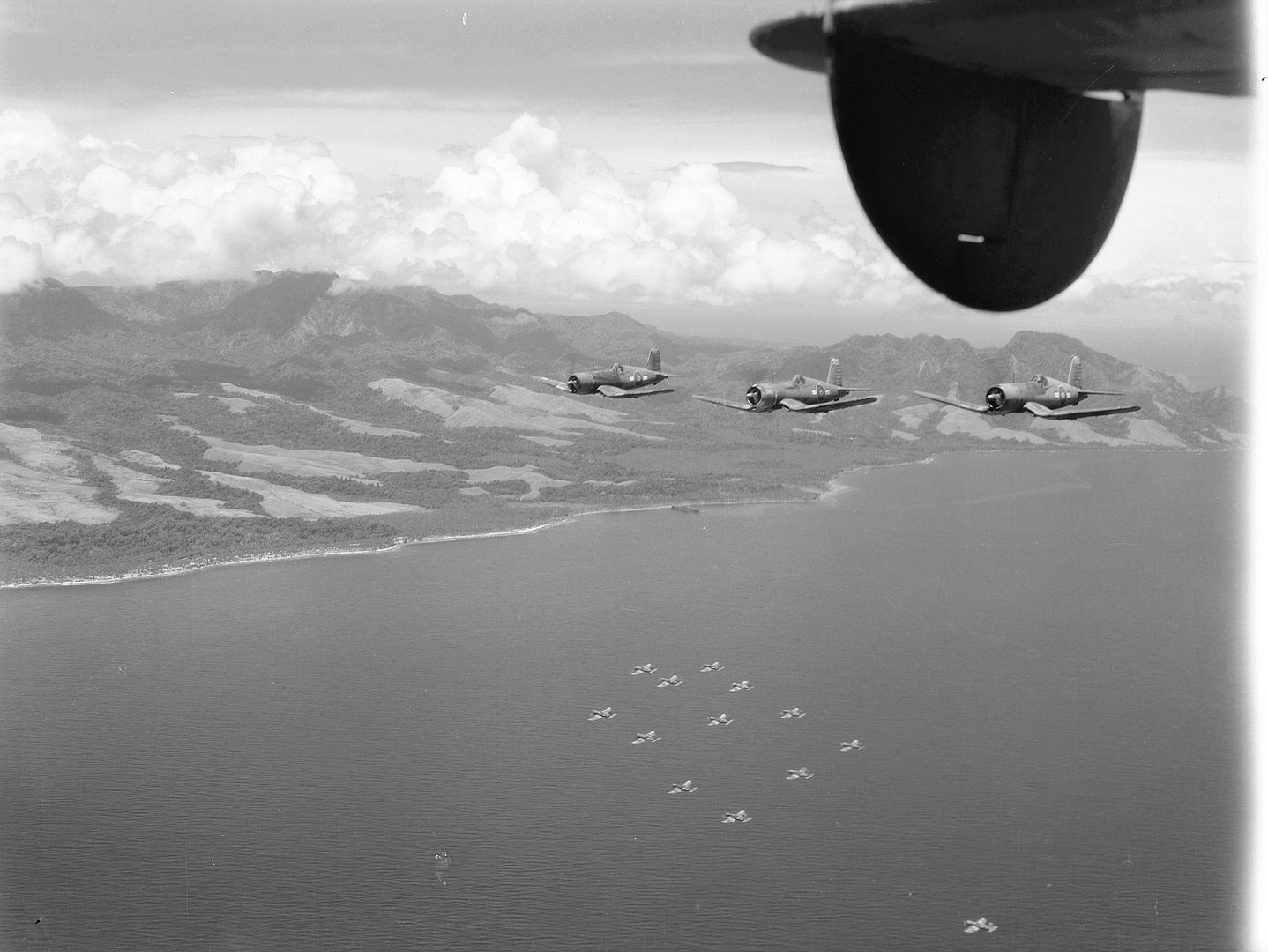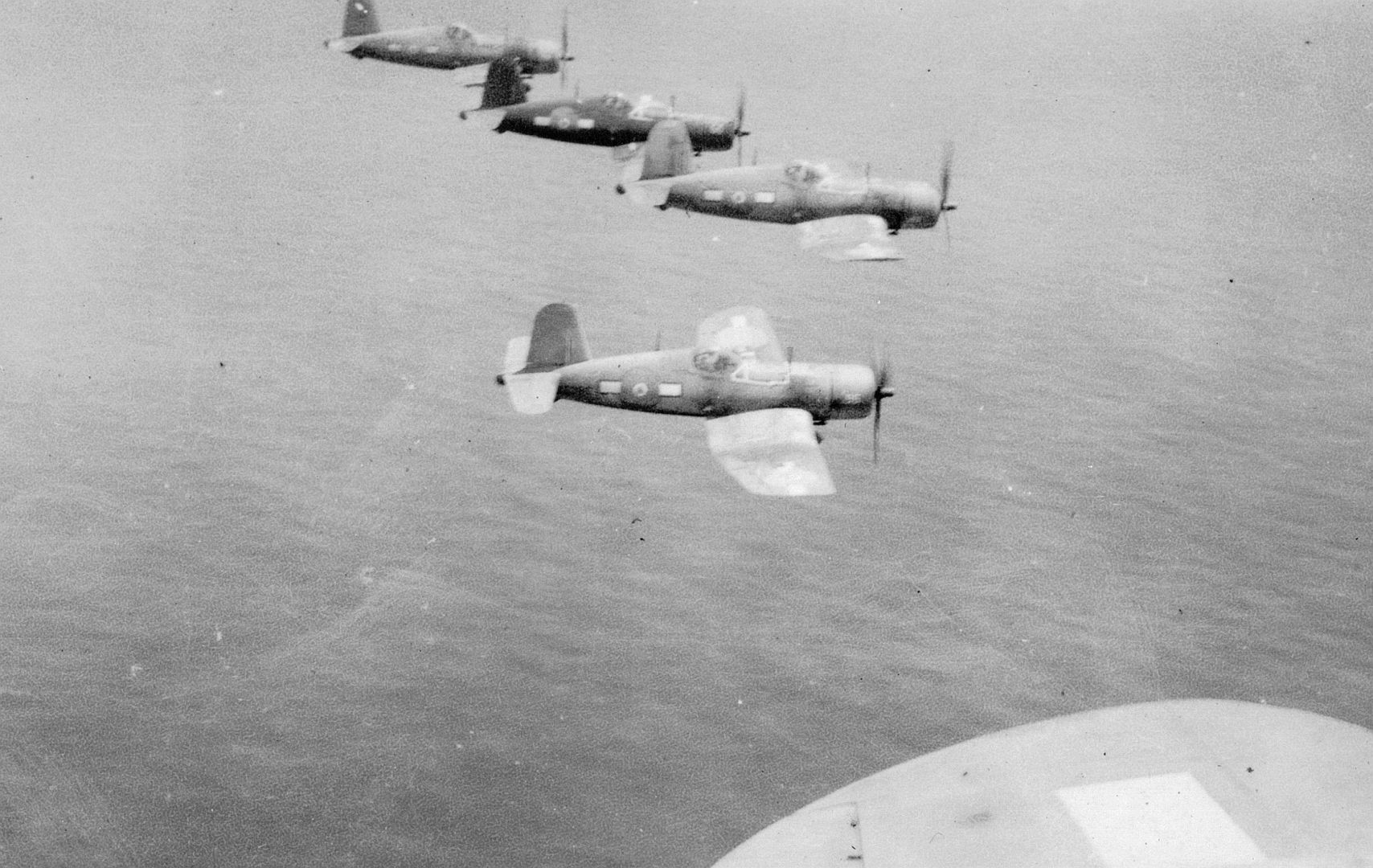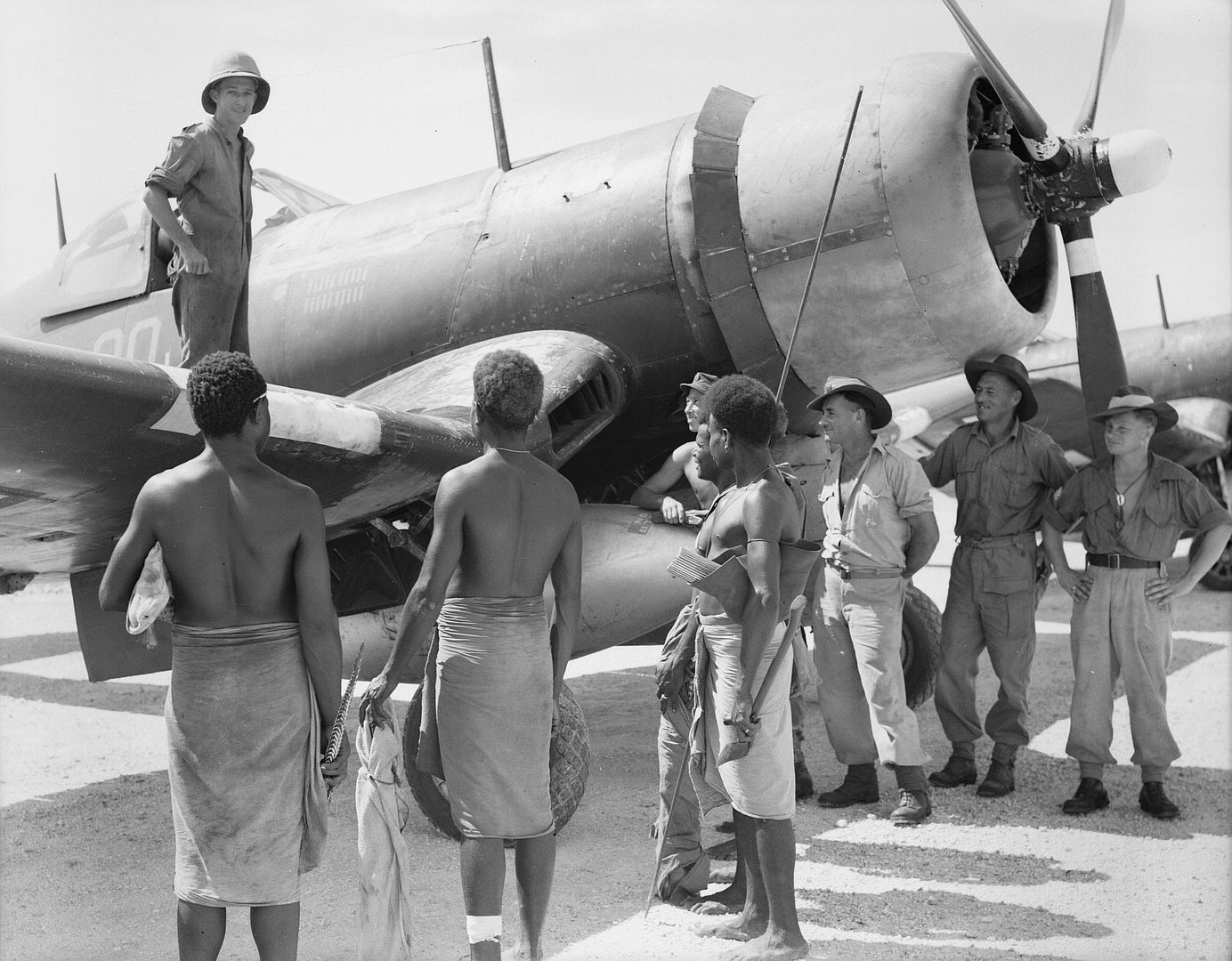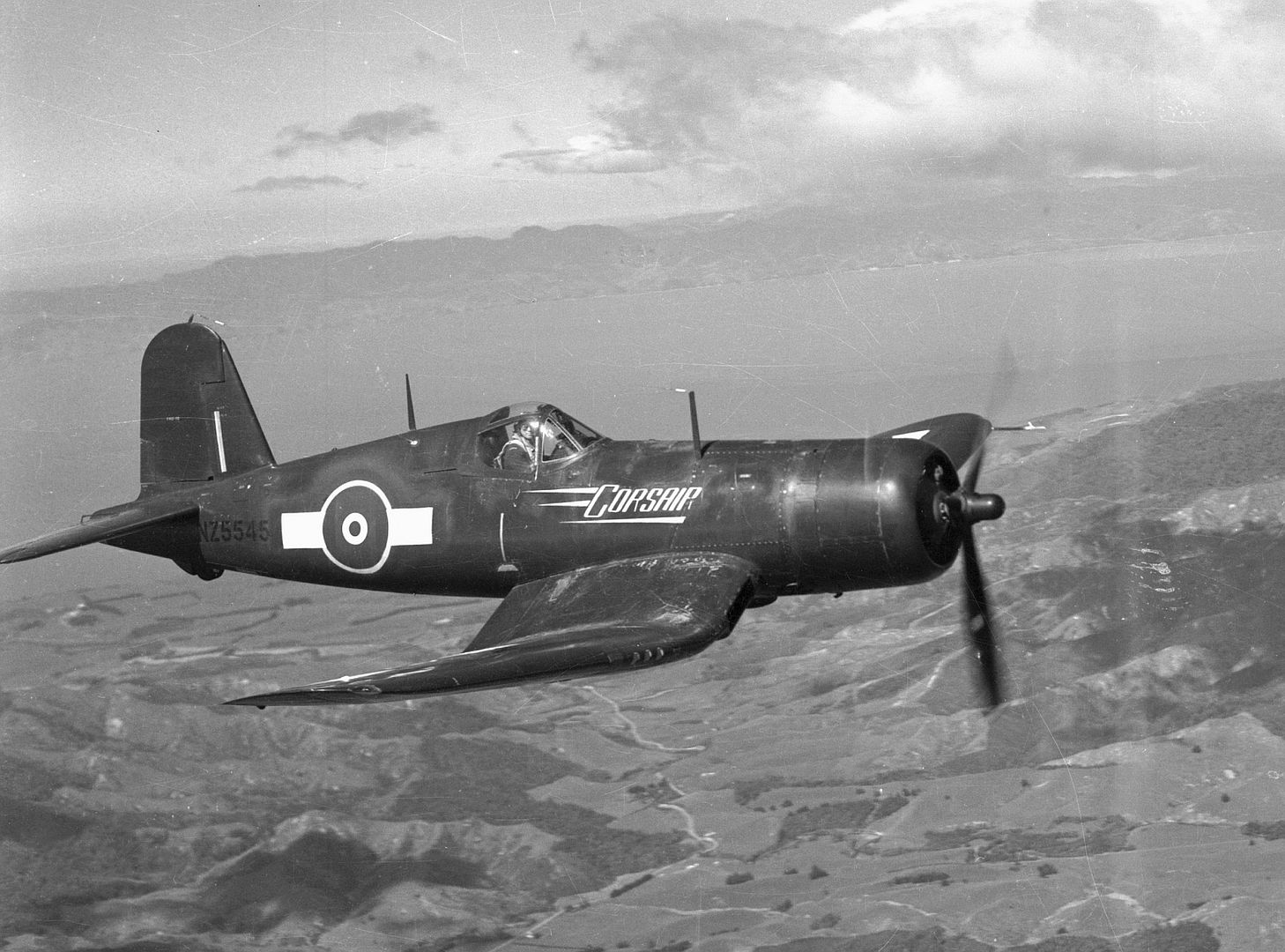Forums
- Forums
- Duggy's Reference Hangar
- Misc Library
- Kiwi Corsairs
Kiwi Corsairs
Post a reply
- Go to Previous topic
- Go to Next topic
- Go to Welcome
- Go to Introduce Yourself
- Go to General Discussion
- Go to Screenshots, Images and Videos
- Go to Off topic
- Go to Works in Progress
- Go to Skinning Tips / Tutorials
- Go to Skin Requests
- Go to IJAAF Library
- Go to Luftwaffe Library
- Go to RAF Library
- Go to USAAF / USN Library
- Go to Misc Library
- Go to The Ops Room
- Go to Made in Germany
- Go to Campaigns and Missions
- Go to Works in Progress
- Go to Juri's Air-Raid Shelter
- Go to Campaigns and Missions
- Go to Works in Progress
- Go to Skinpacks
- Go to External Projects Discussion
- Go to Books & Resources
-
 Main AdminEquipped with obsolescent Curtiss P-40s, Royal New Zealand Air Force (RNZAF) squadrons in the South Pacific performed impressively compared to the American units they operated alongside, in particular in the air-to-air role. The American government accordingly decided to give New Zealand early access to the Corsair, especially as it was not initially being used from carriers. Some 424 Corsairs equipped 13 RNZAF squadrons, including No. 14 Squadron RNZAF and No. 15 Squadron RNZAF, replacing SBD Dauntless as well as P-40s. Most of the F4U-1s were assembled by Unit 60 with a further batch were assembled and flown at RNZAF Hobsonville. In total there were 237 F4U-1s and 127 F4U-1Ds used by the RNZAF during the Second World War. 60 FG-1Ds which arrived post war were given serial numbers prefixed NZ5600 to NZ5660.
Main AdminEquipped with obsolescent Curtiss P-40s, Royal New Zealand Air Force (RNZAF) squadrons in the South Pacific performed impressively compared to the American units they operated alongside, in particular in the air-to-air role. The American government accordingly decided to give New Zealand early access to the Corsair, especially as it was not initially being used from carriers. Some 424 Corsairs equipped 13 RNZAF squadrons, including No. 14 Squadron RNZAF and No. 15 Squadron RNZAF, replacing SBD Dauntless as well as P-40s. Most of the F4U-1s were assembled by Unit 60 with a further batch were assembled and flown at RNZAF Hobsonville. In total there were 237 F4U-1s and 127 F4U-1Ds used by the RNZAF during the Second World War. 60 FG-1Ds which arrived post war were given serial numbers prefixed NZ5600 to NZ5660.
The first deliveries of lend-lease Corsairs began in March 1944 with the arrival of 30 F4U-1s at the RNZAF Base Depot Workshops (Unit 60) at Espiritu Santo in the New Hebrides. From April, these workshops became responsible for assembling all Corsairs for the RNZAF units operating the aircraft in the South West Pacific and a Test and Despatch flight was set up to test the aircraft after assembly. By June 1944, 100 Corsairs had been assembled and test flown. The first squadrons to use the Corsair were 20 and 21 Squadrons on Espiritu Santo island, operational in May 1944. The organization of the RNZAF in the Pacific and New Zealand meant that only the pilots and a small staff belonged to the Squadron (the maximum strength on a squadron was 27 pilots): Squadrons were assigned to several Servicing Units which carried out aircraft maintenance and operated from fixed locations: hence F4U-1 NZ5313 was first used by 20 Squadron/1 SU on Guadalcanal in May 1944; 20 Squadron was then relocated to 2 SU on Bougainville in November. In all there were 10 front line SUs plus another three based in New Zealand. Because each of the SUs painted its aircraft with distinctive markings and the aircraft themselves could be repainted in several different colour schemes the RNZAF Corsairs were far less uniform in appearance compared with their American and FAA contemporaries. By late 1944, the F4U had equipped all 10 Pacific-based fighter squadrons of the RNZAF.
By the time the Corsairs arrived, there were virtually no Japanese aircraft left in New Zealand's allocated sectors of the Southern Pacific, and despite the RNZAF Squadrons extending their operations to more northern islands, they were primarily used for close support of American, Australian and New Zealand soldiers fighting the Japanese. New Zealand pilots were aware of the Corsair's poor forward view and tendency to ground loop, but found these drawbacks could be solved by pilot training in curved approaches before use from rough forward airbases. At the end of 1945, all Corsair squadrons but one (No. 14) were disbanded. That last squadron was based in Japan, until the Corsair was retired from service in 1947.
No. 14 Squadron was given new FG-1Ds and, in March 1946 transferred to Iwakuni, Japan as part of the British Commonwealth Occupation Force.
Right click and save as is, for details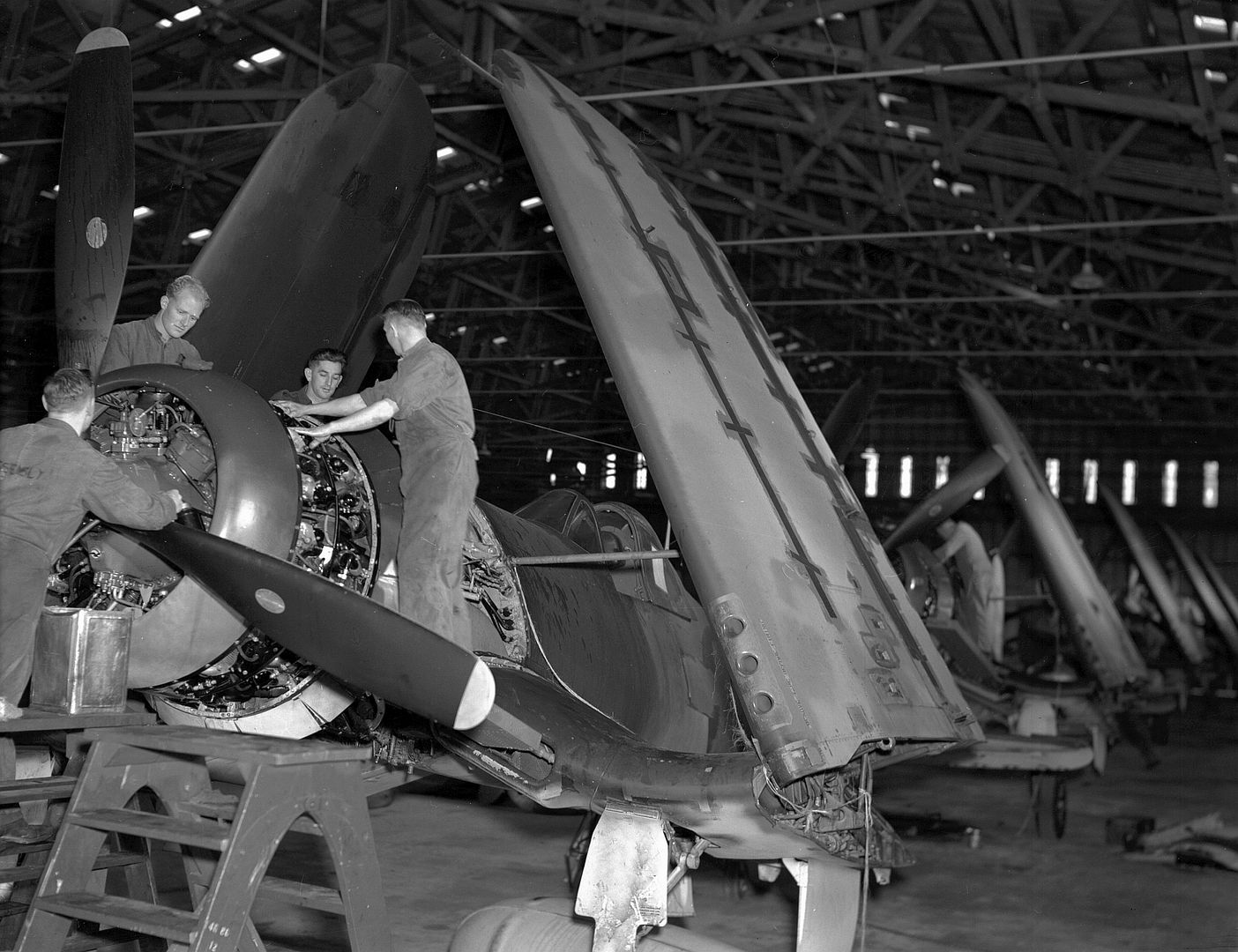
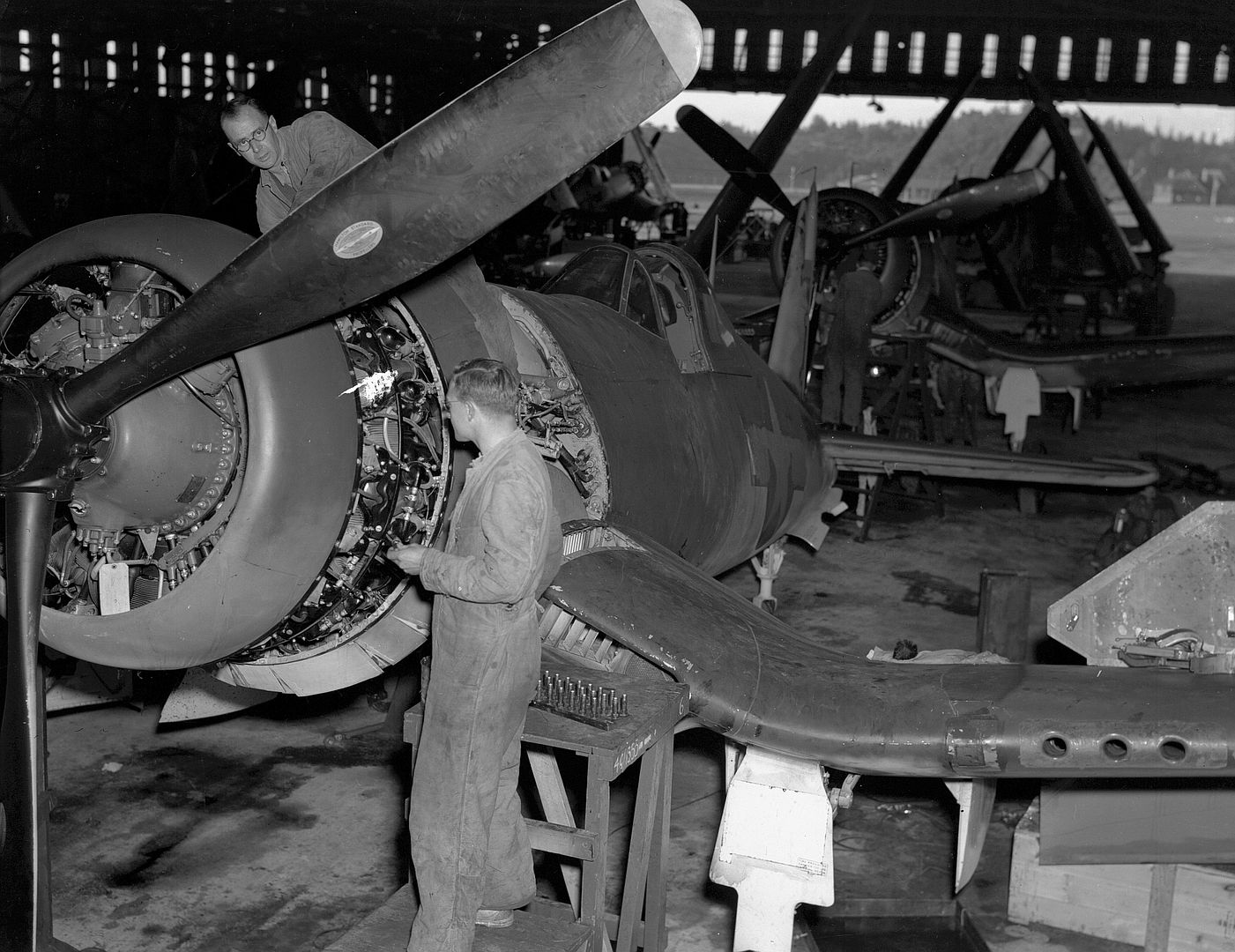
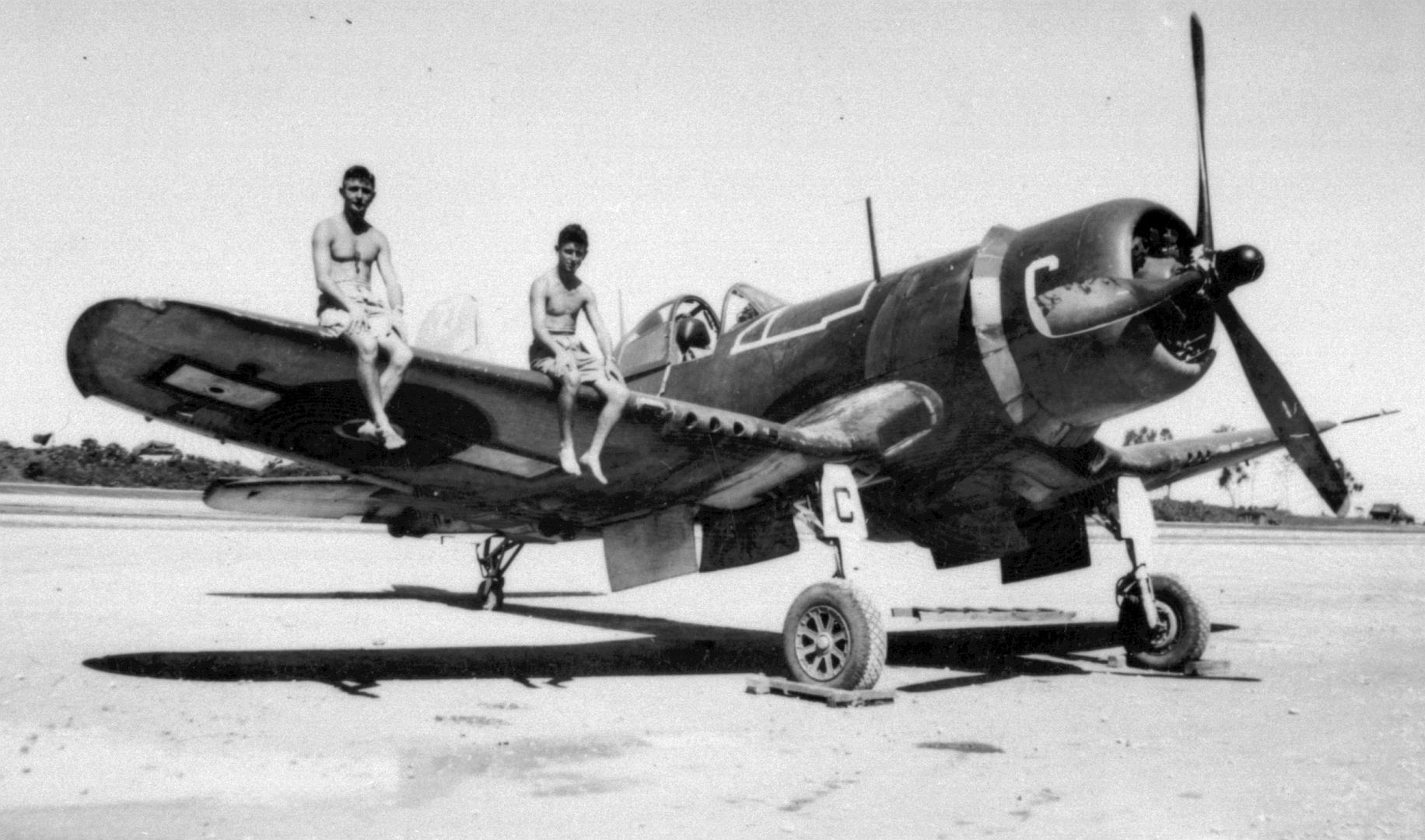
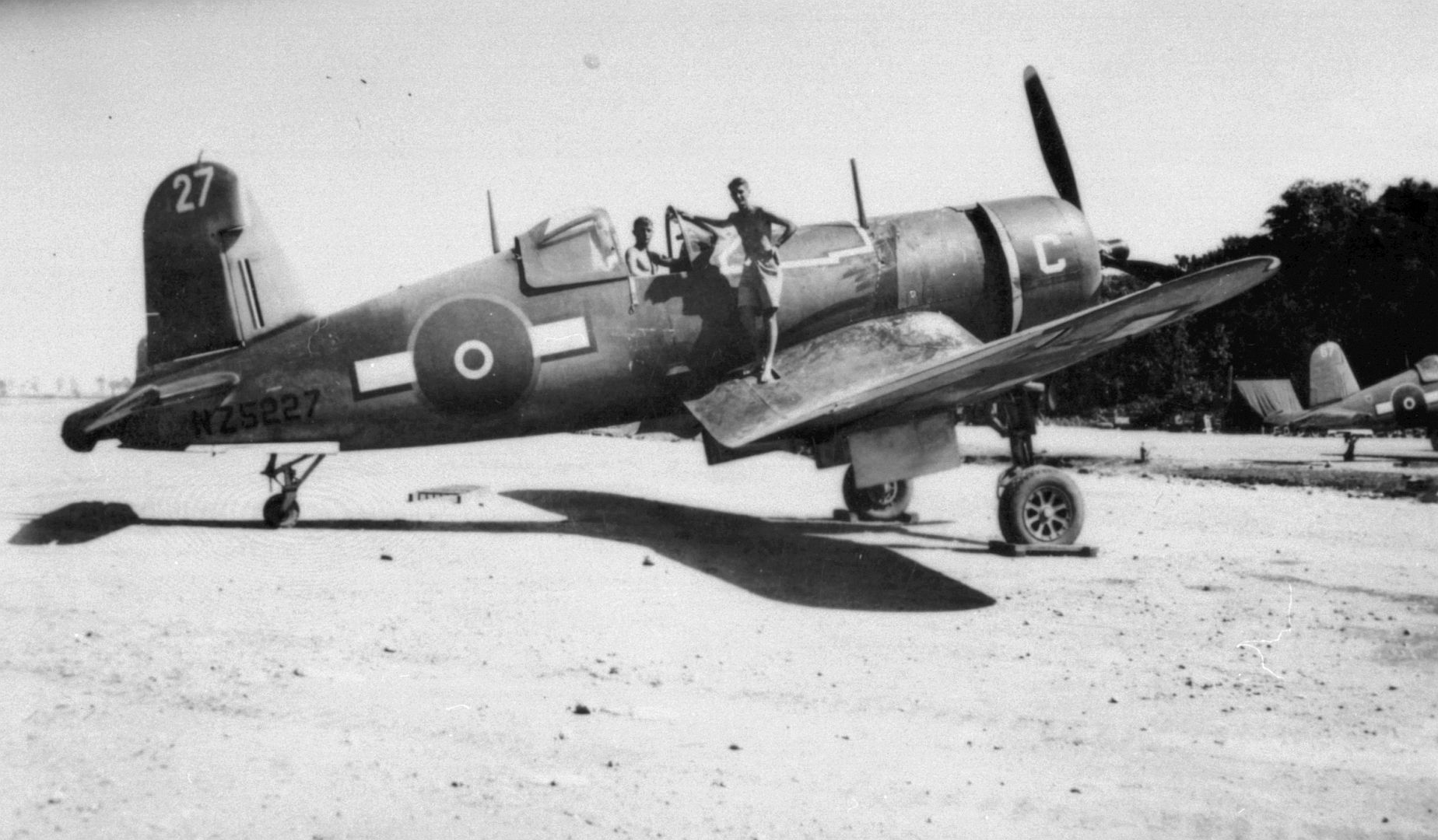
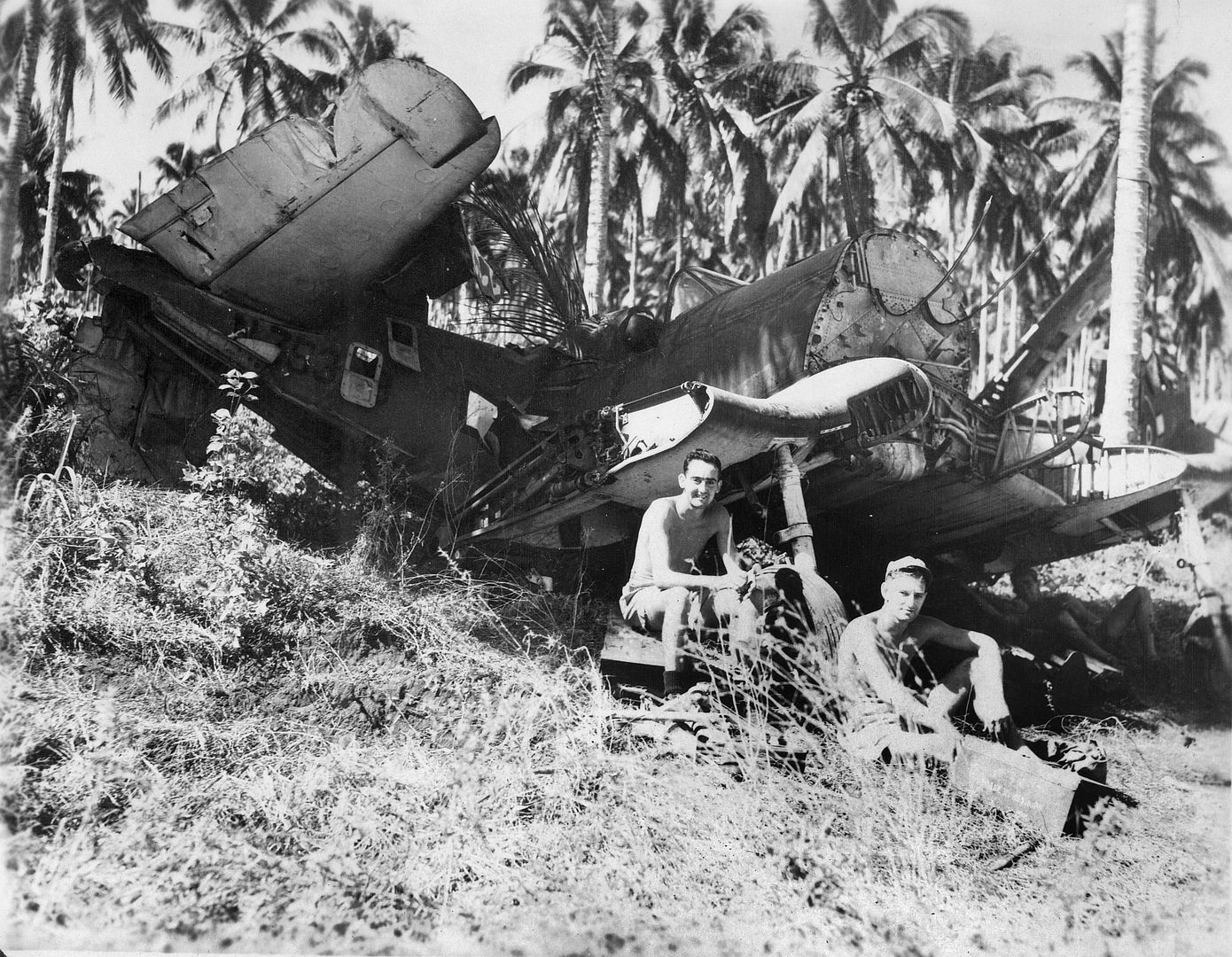
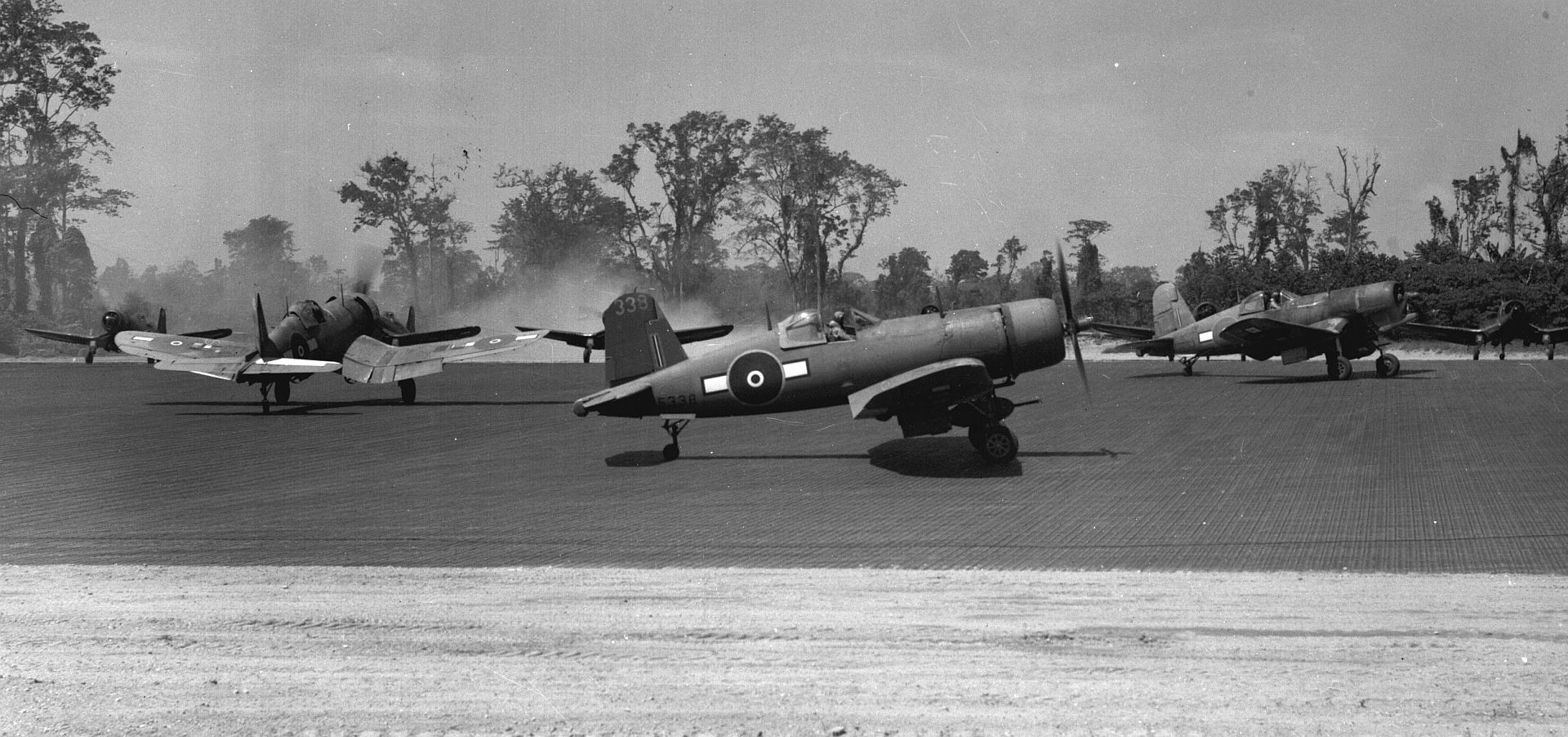
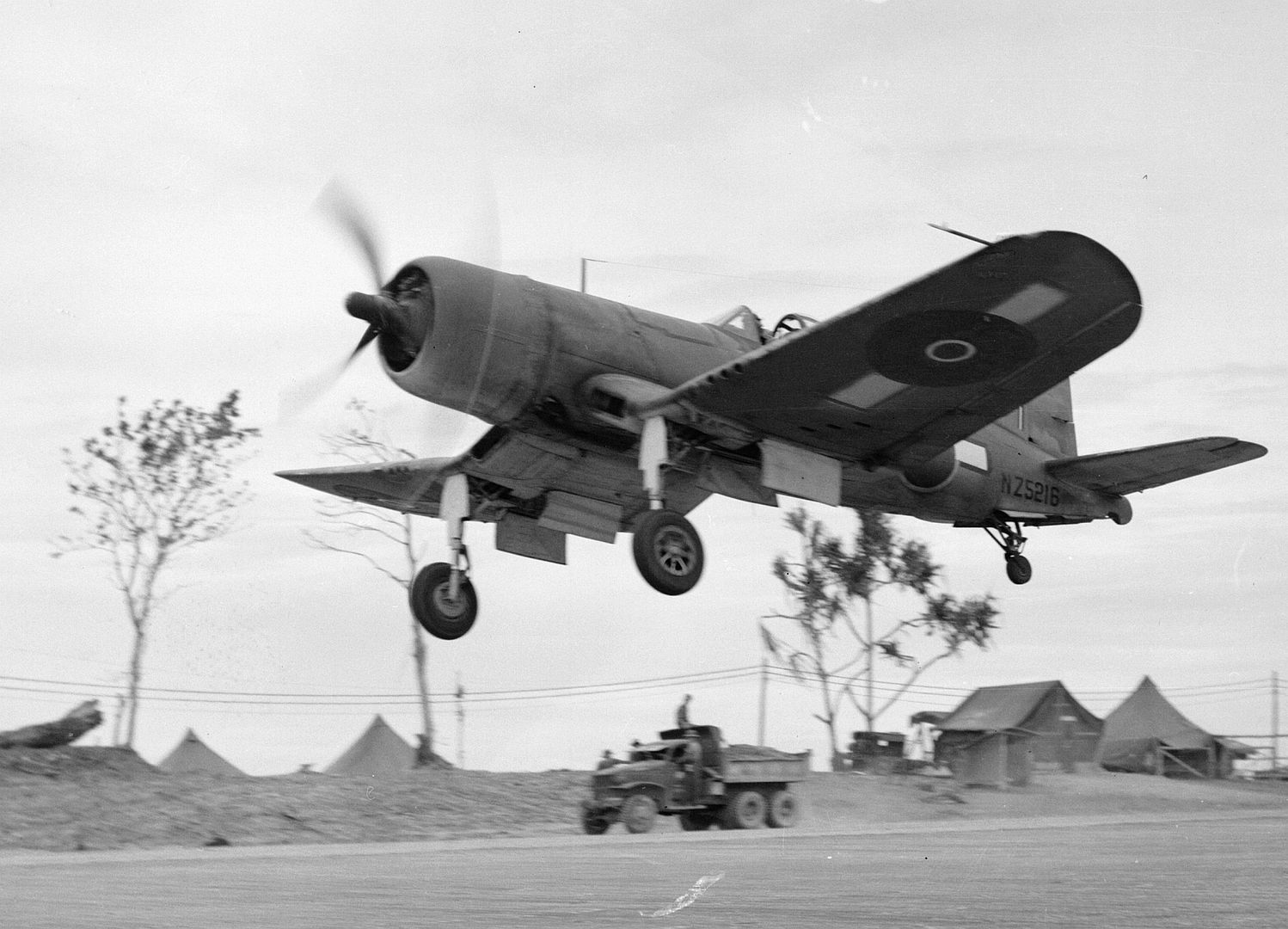


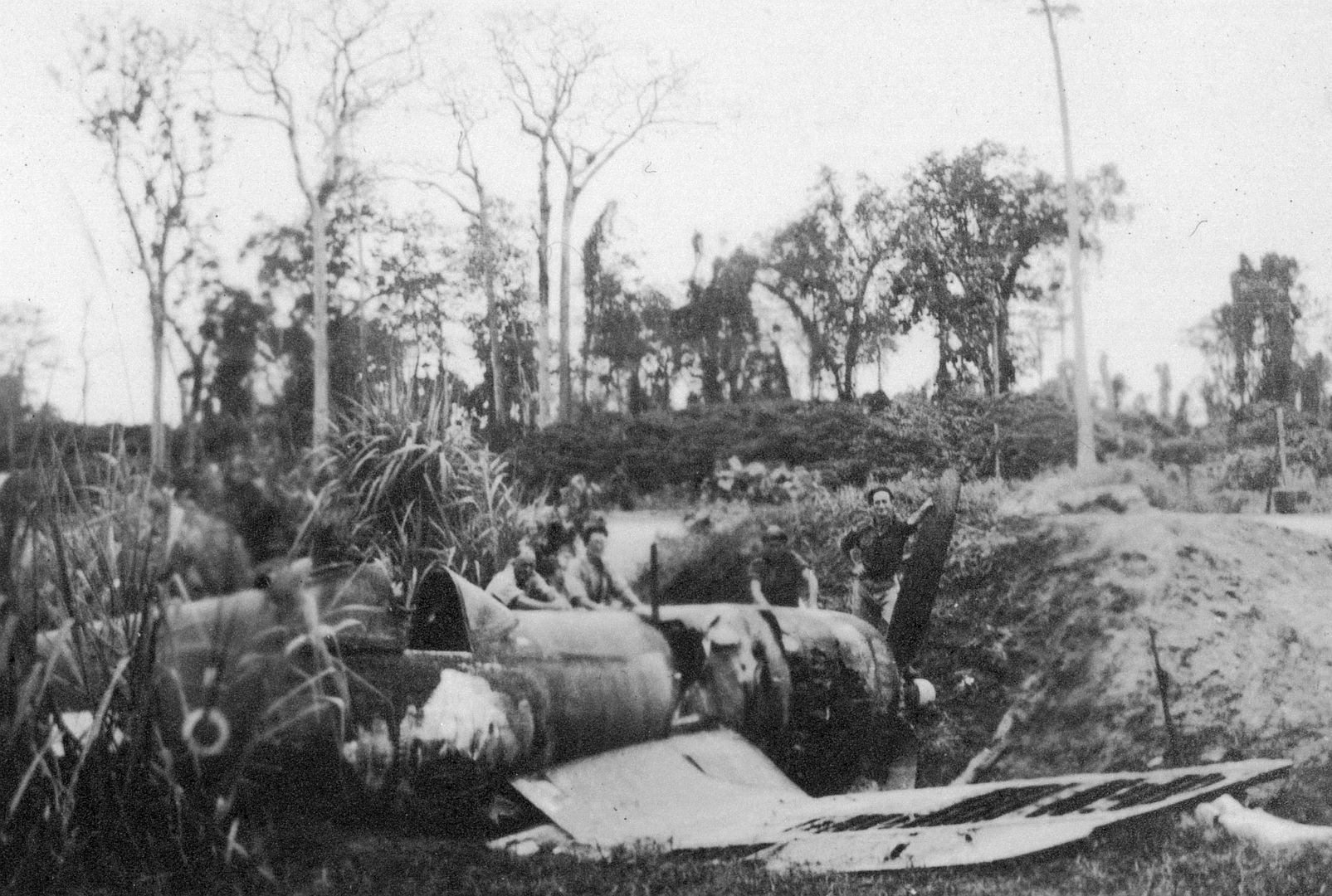

.jpg)
.jpg)
.jpg)
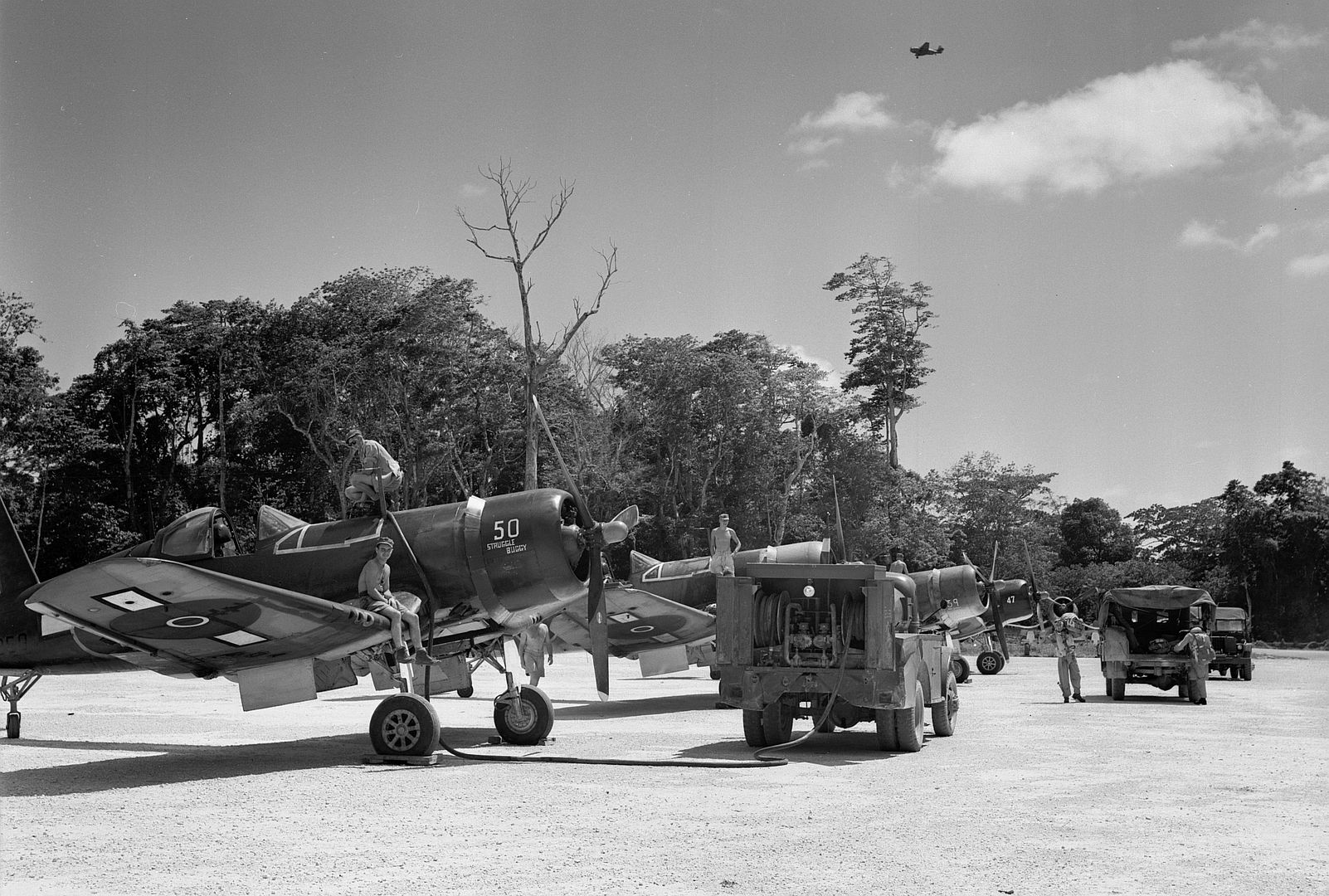
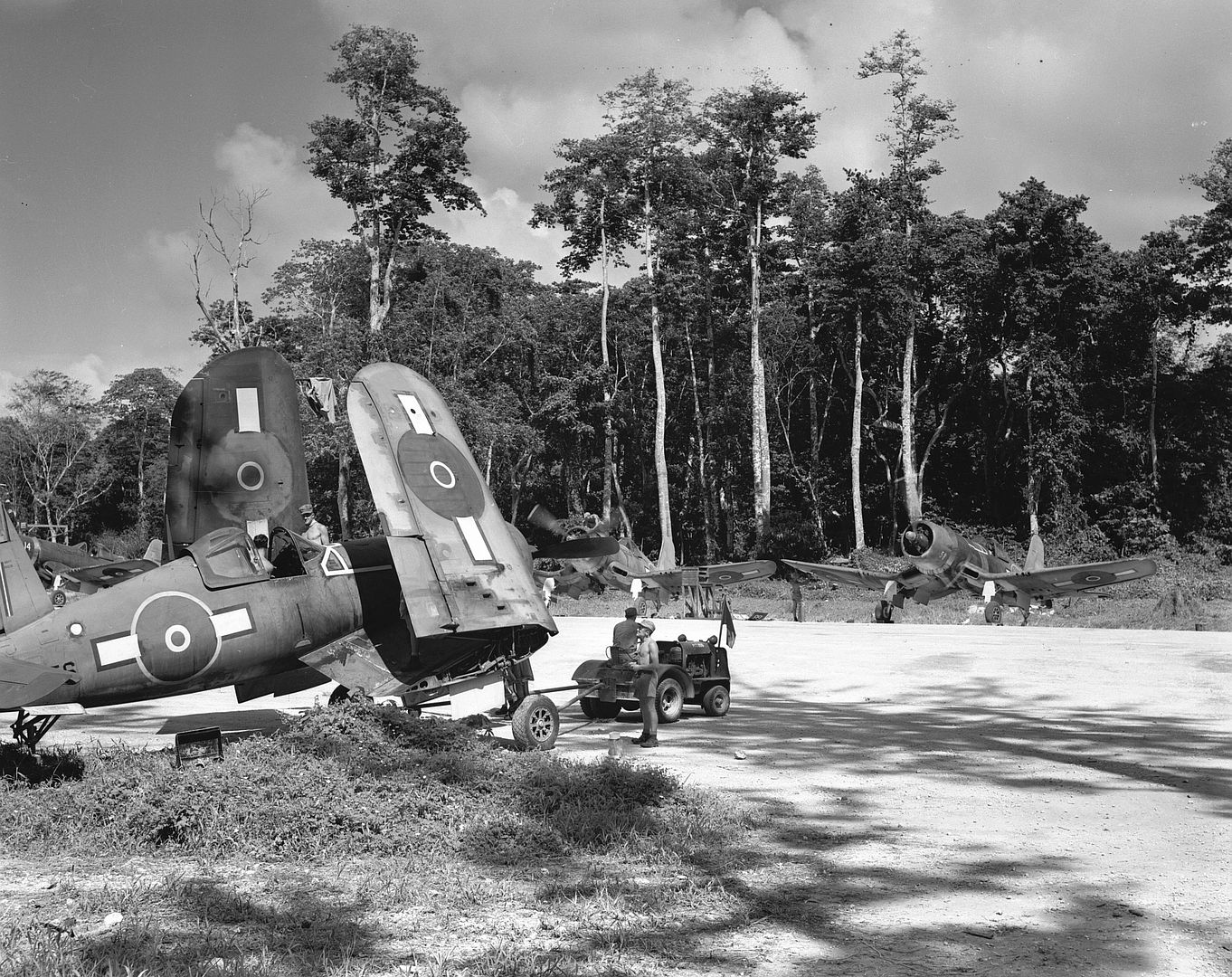
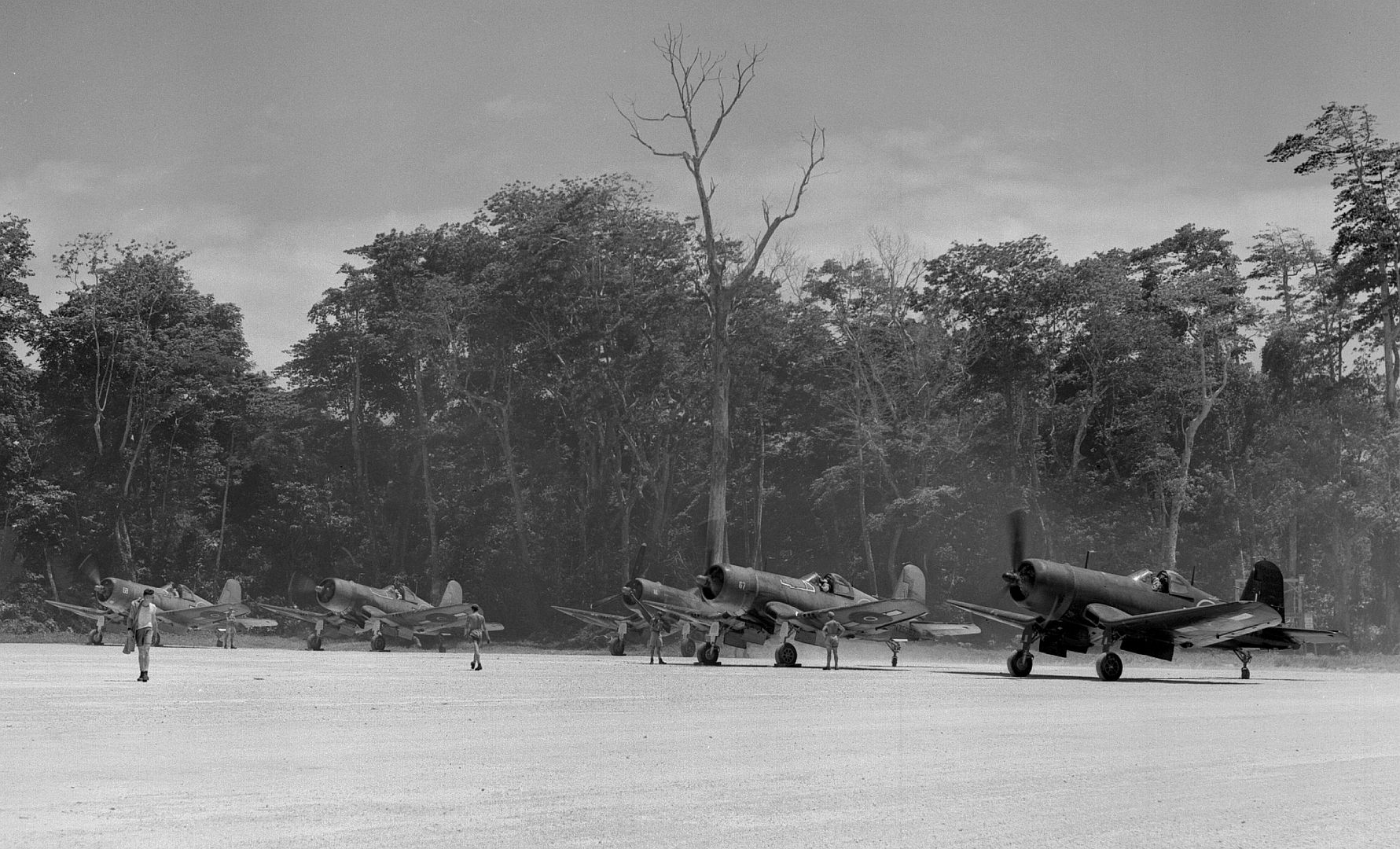
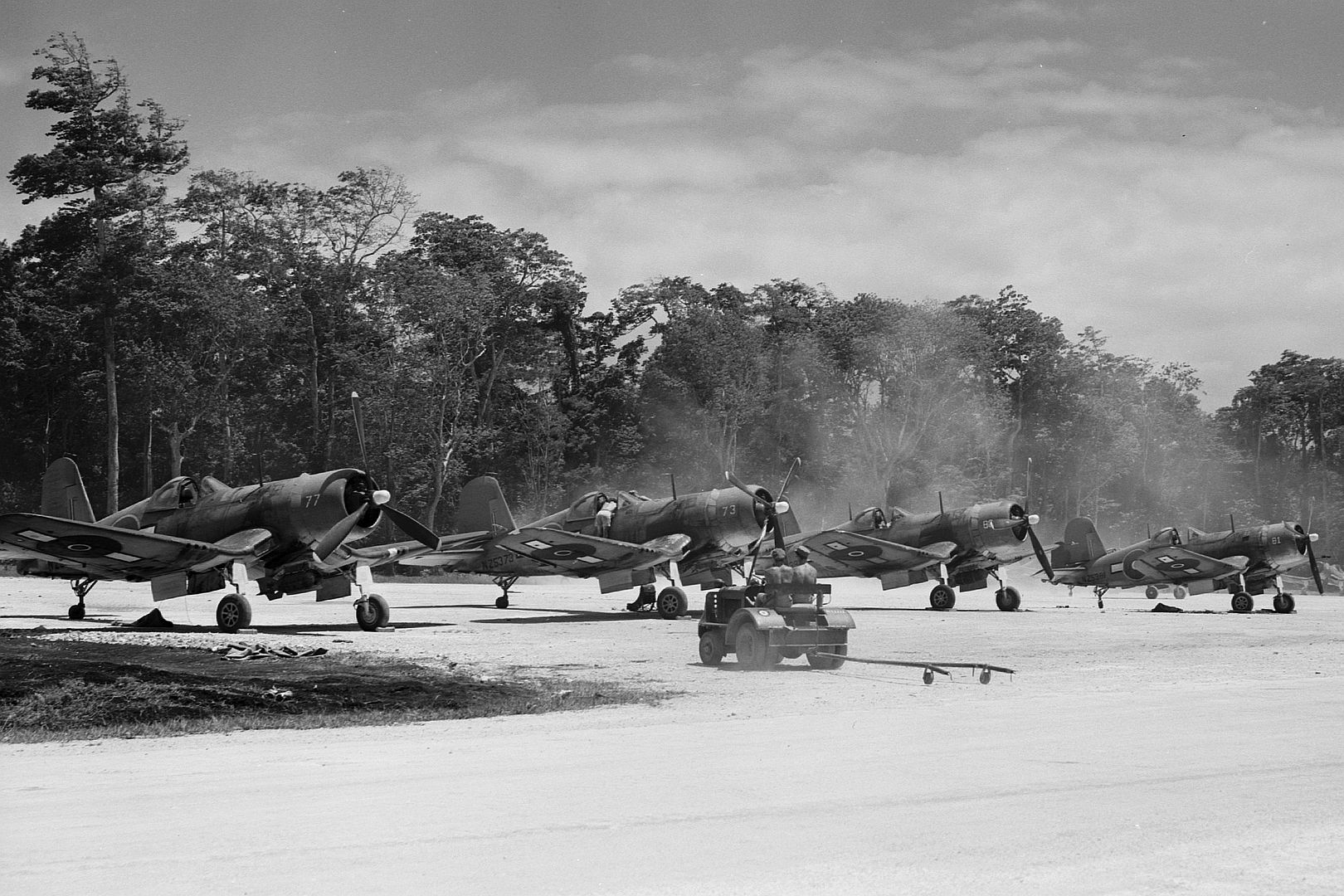
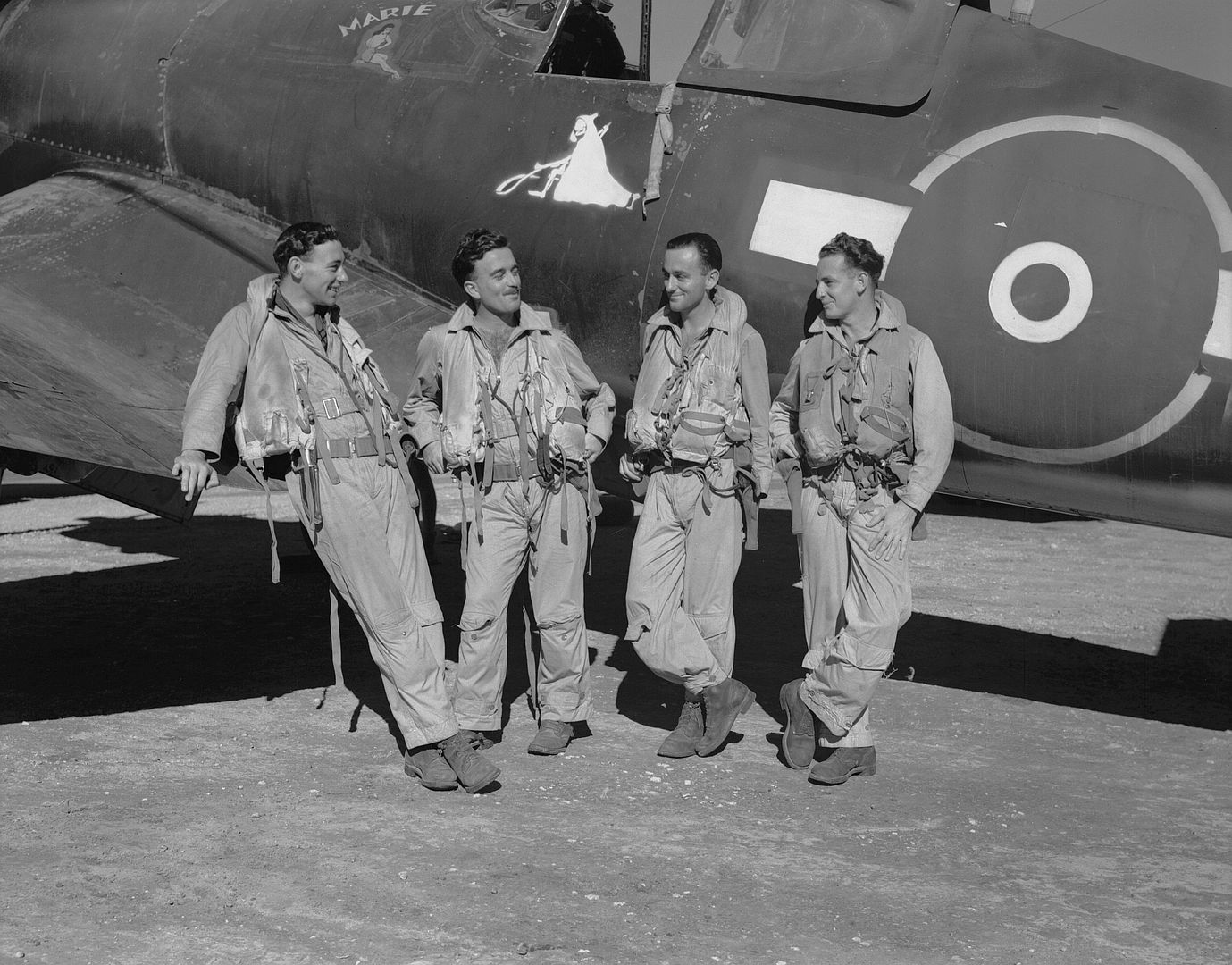
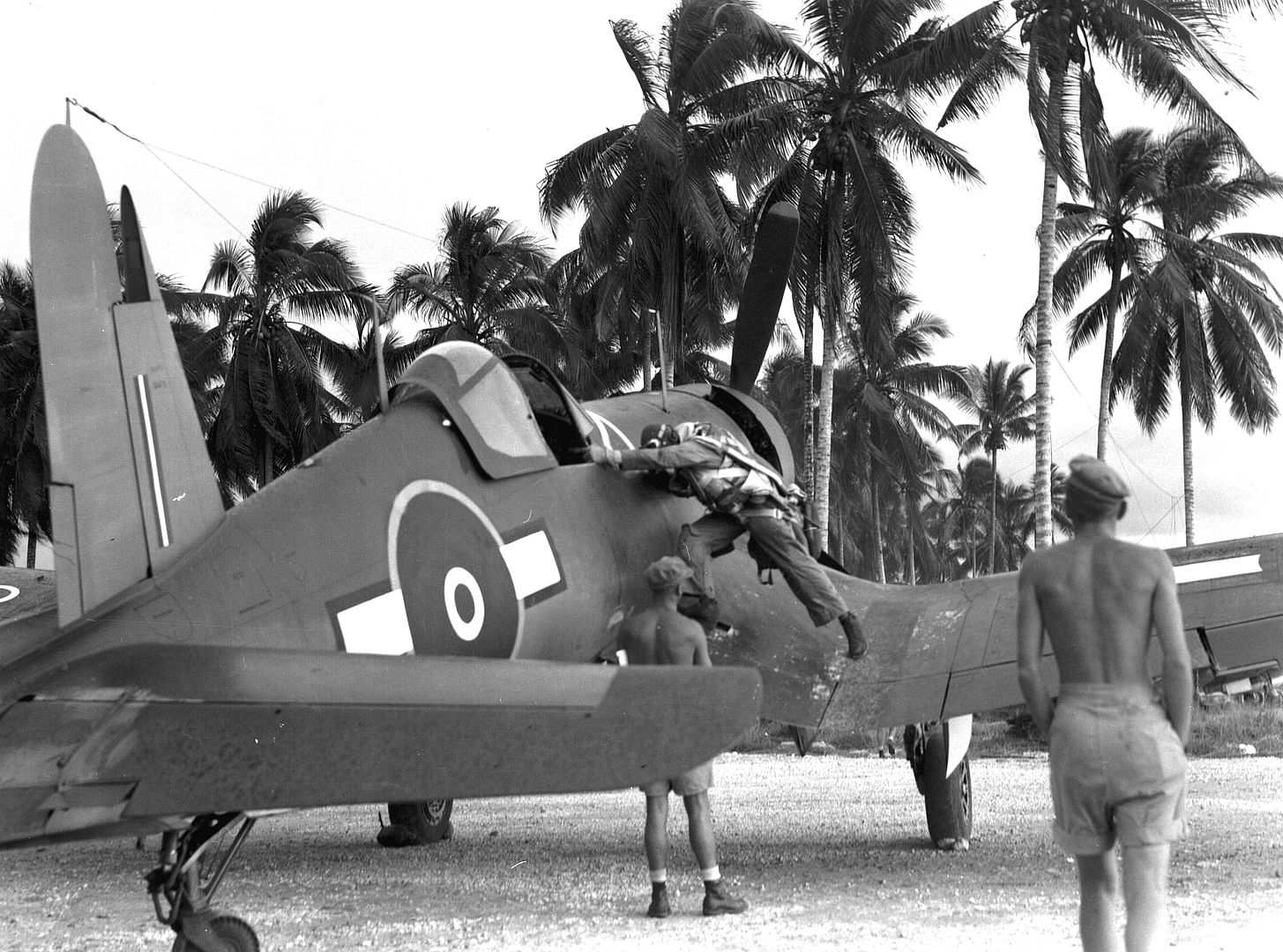
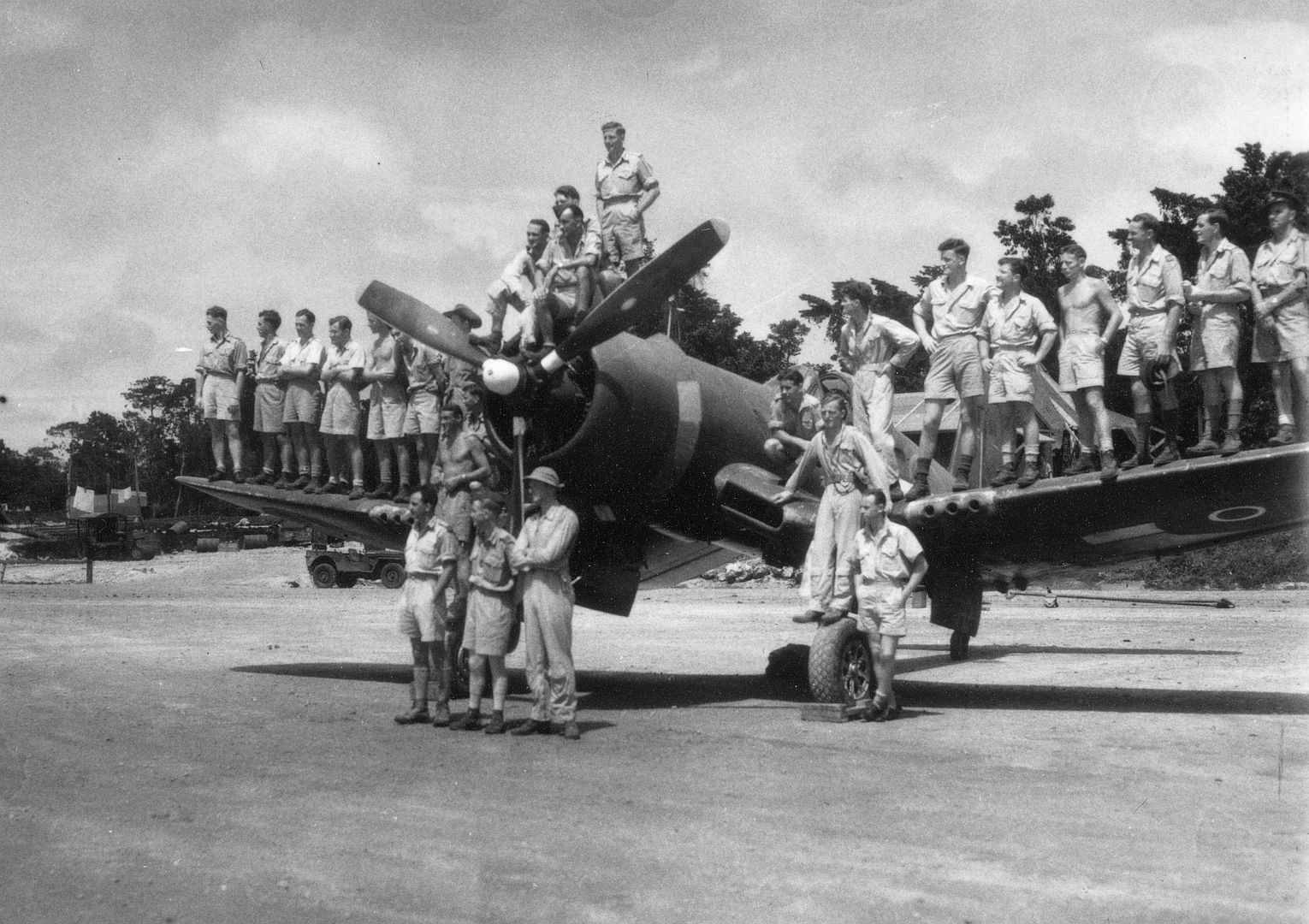
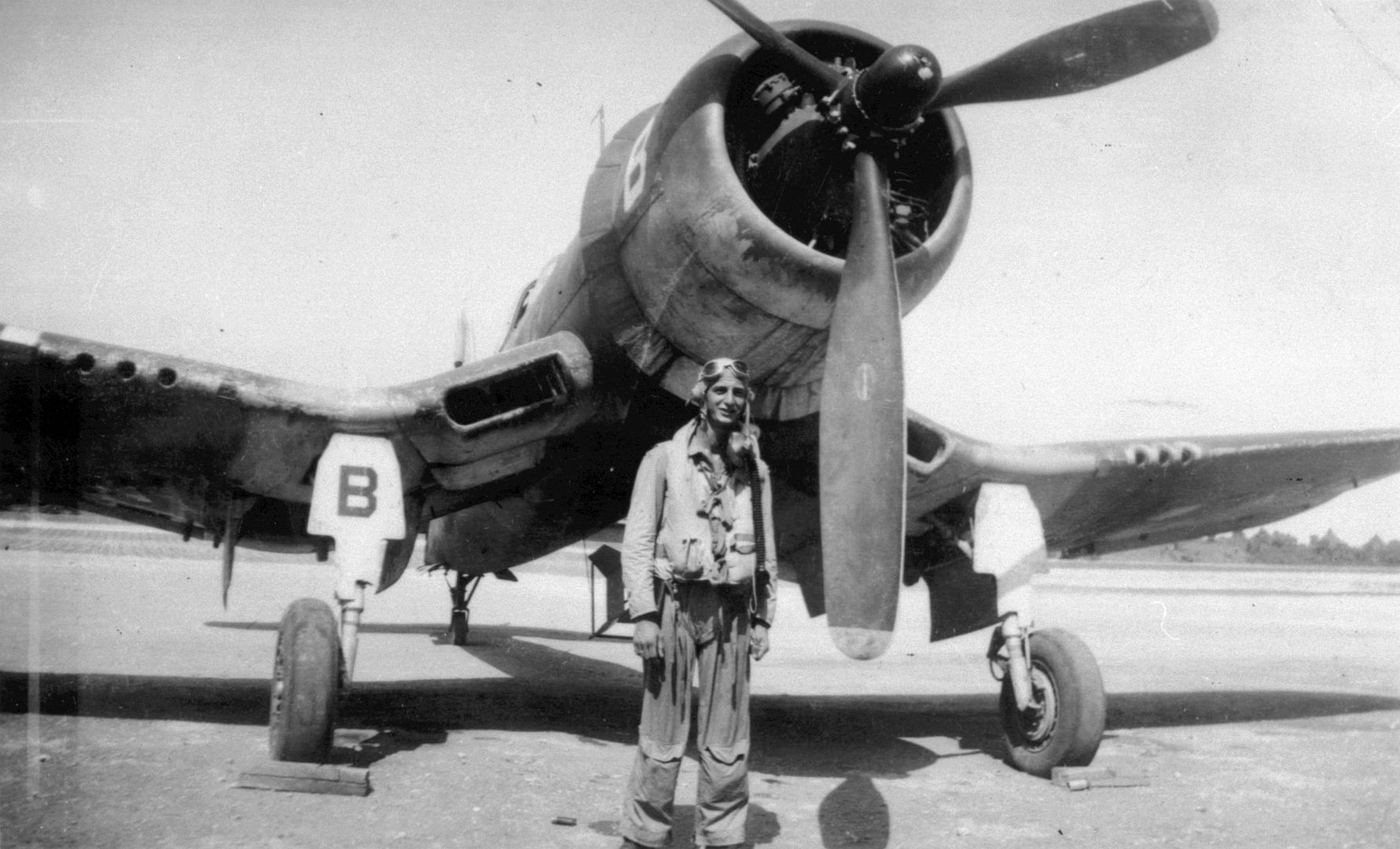
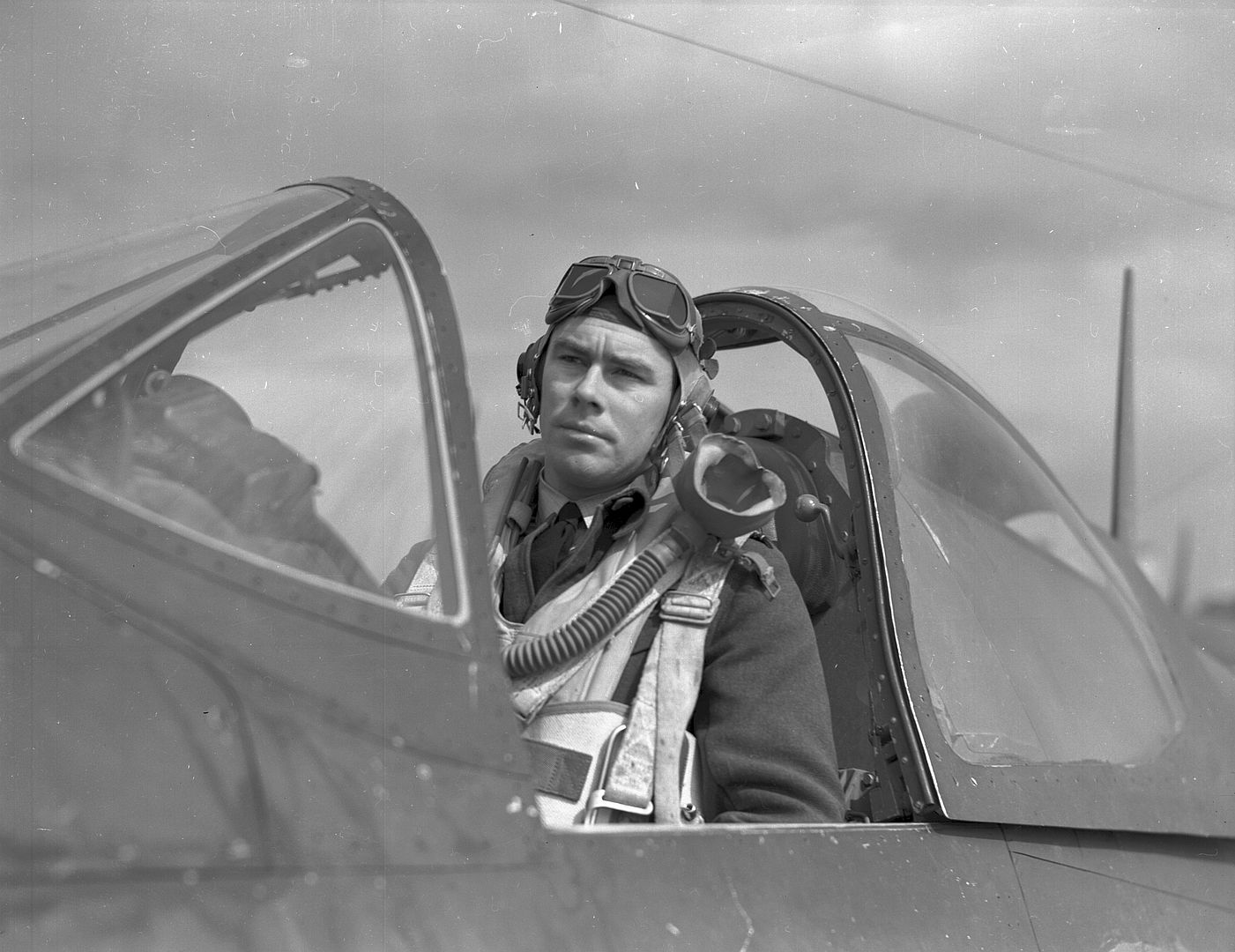
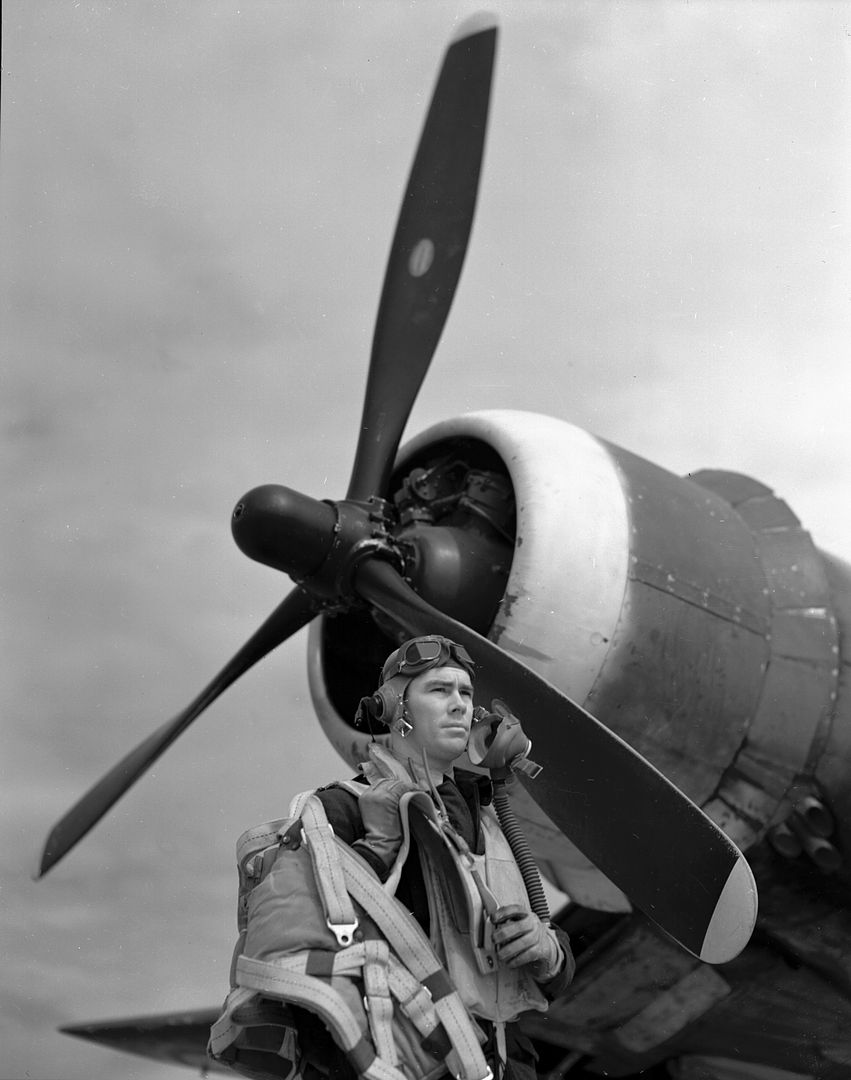
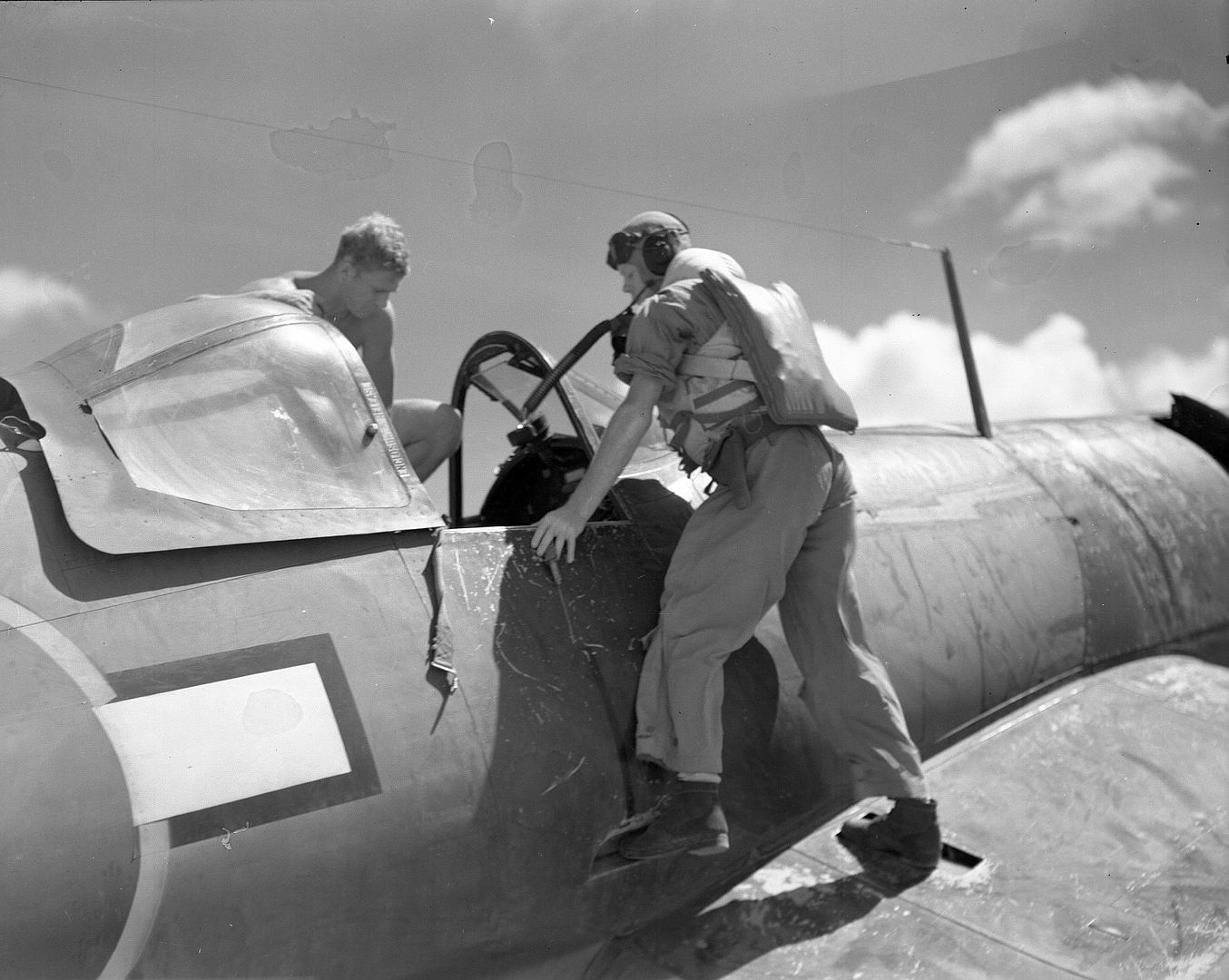
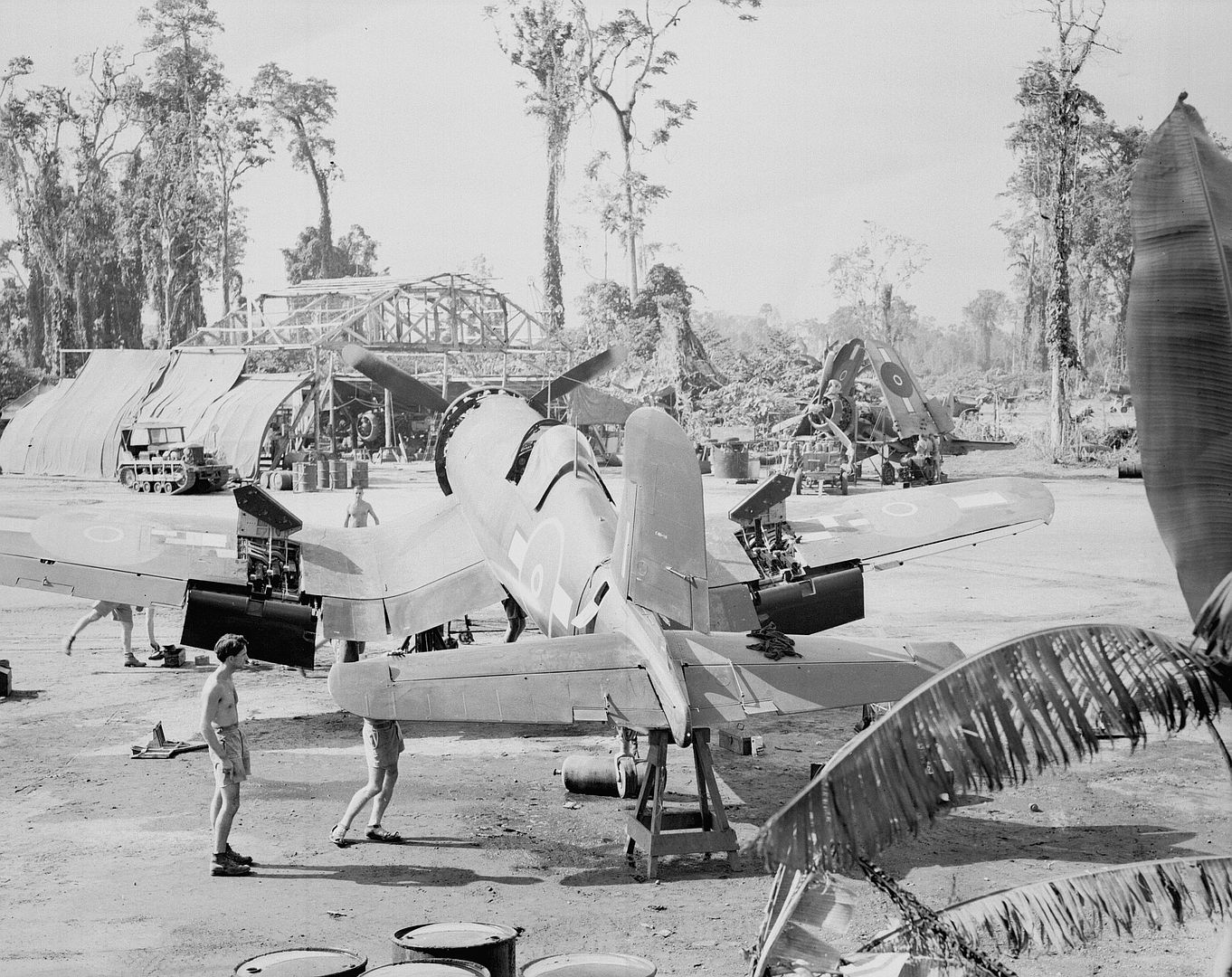
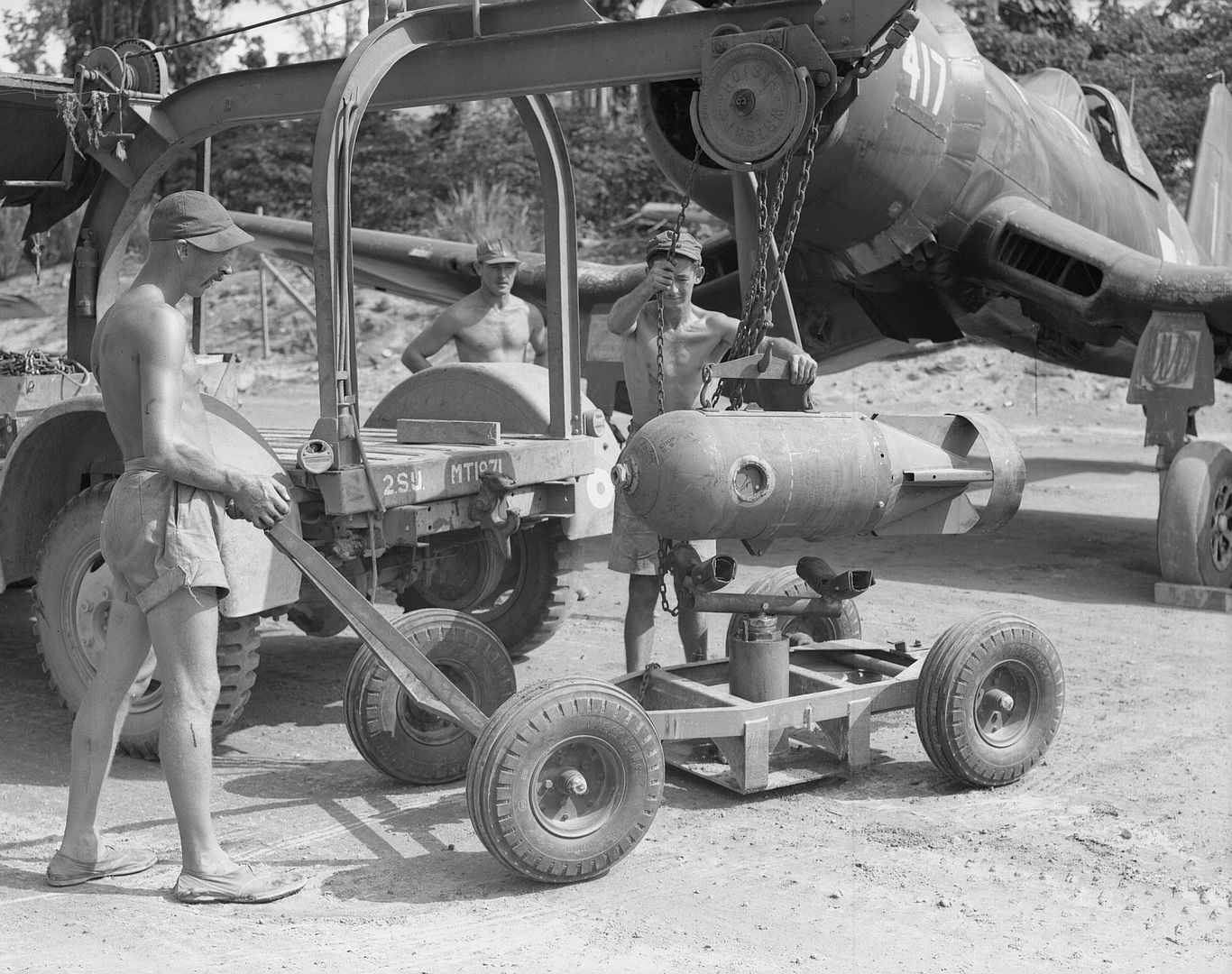
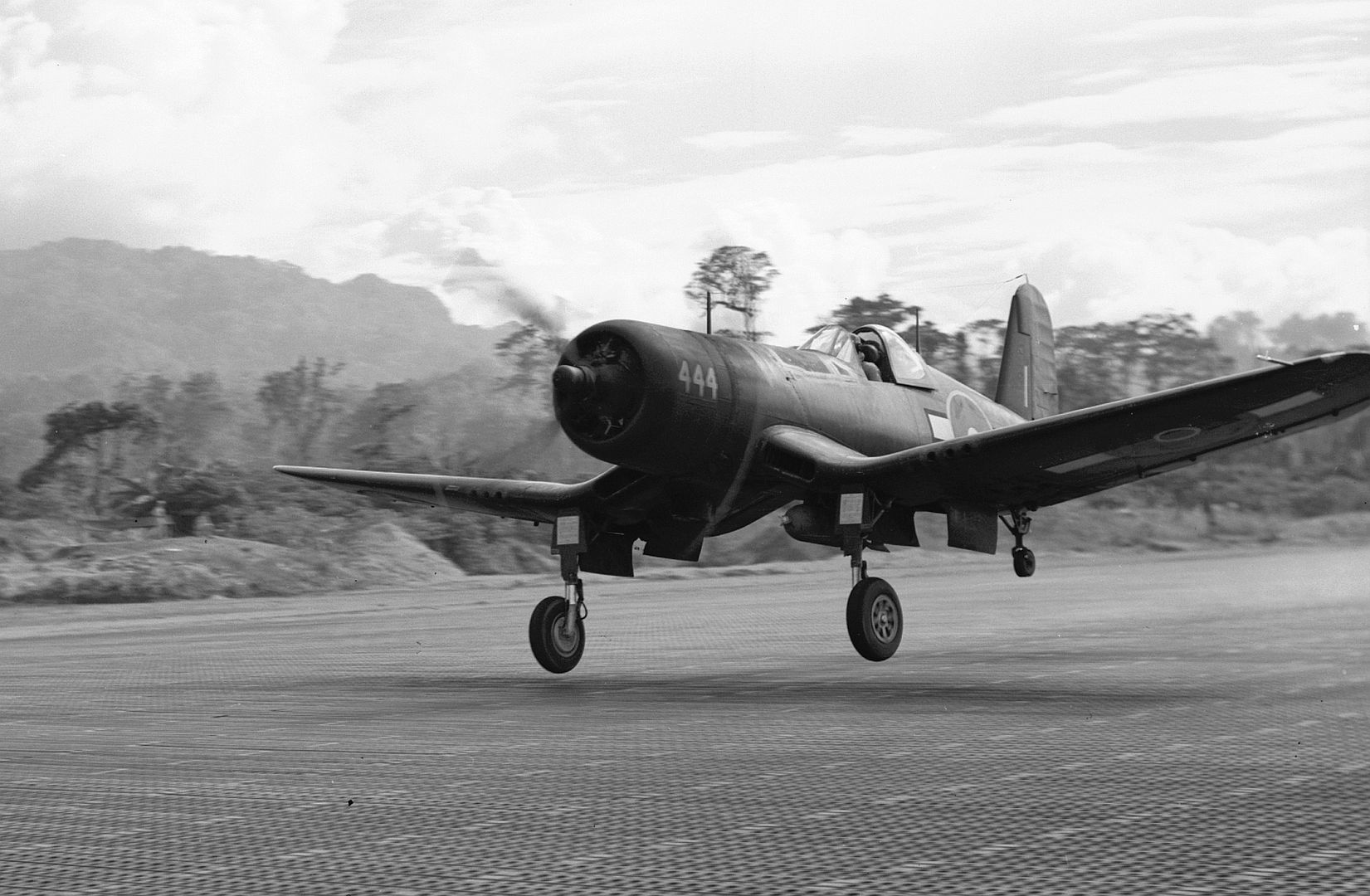

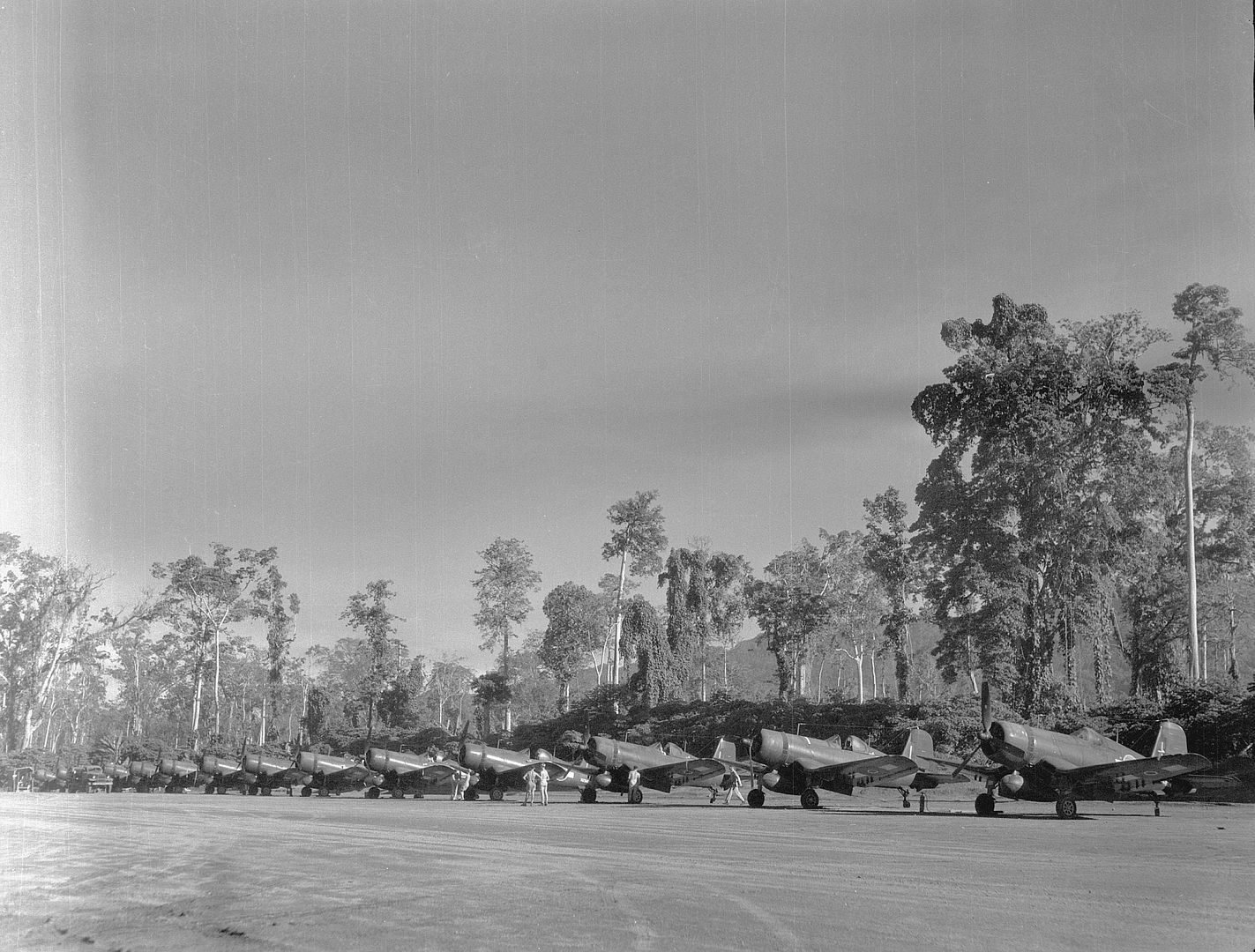
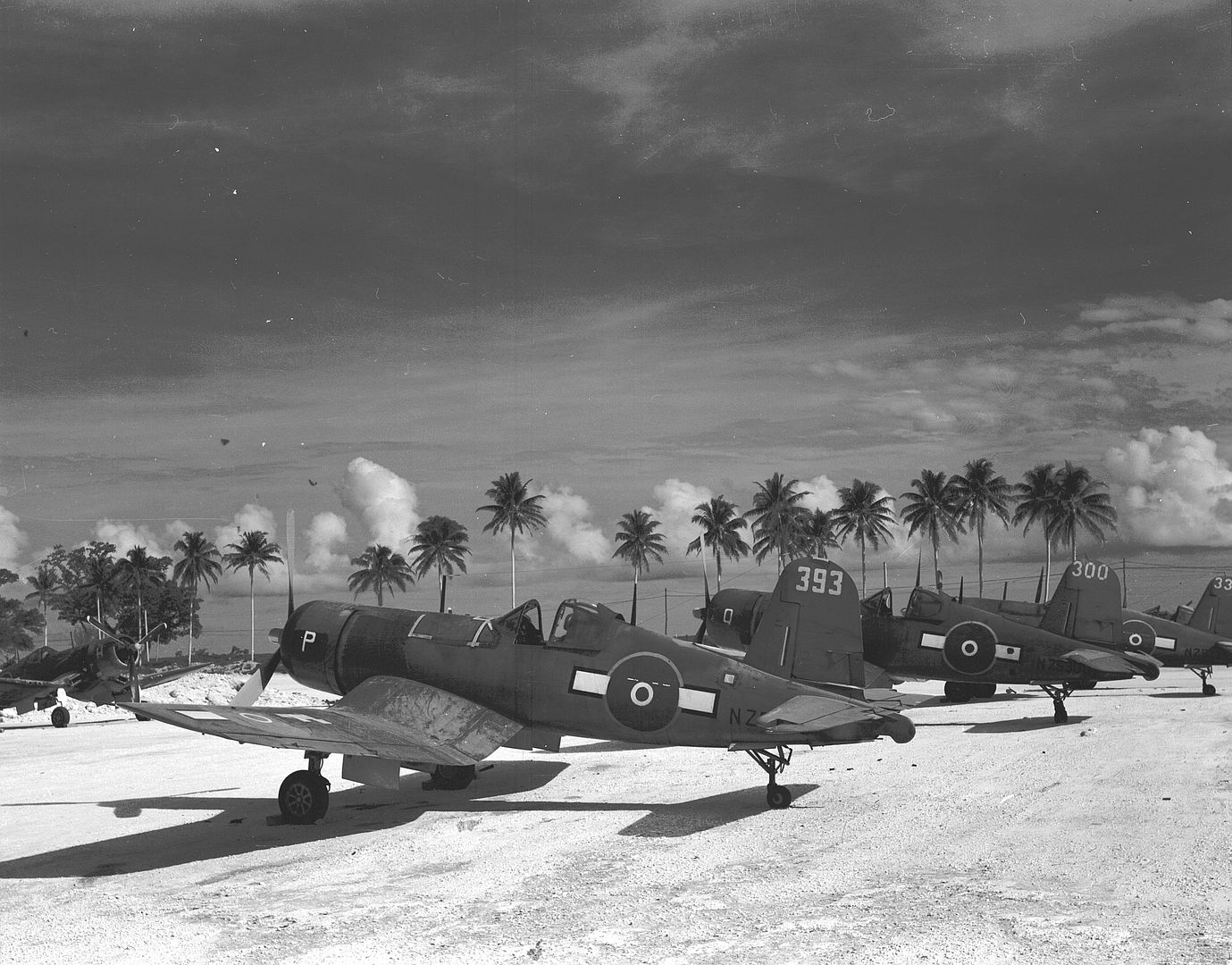
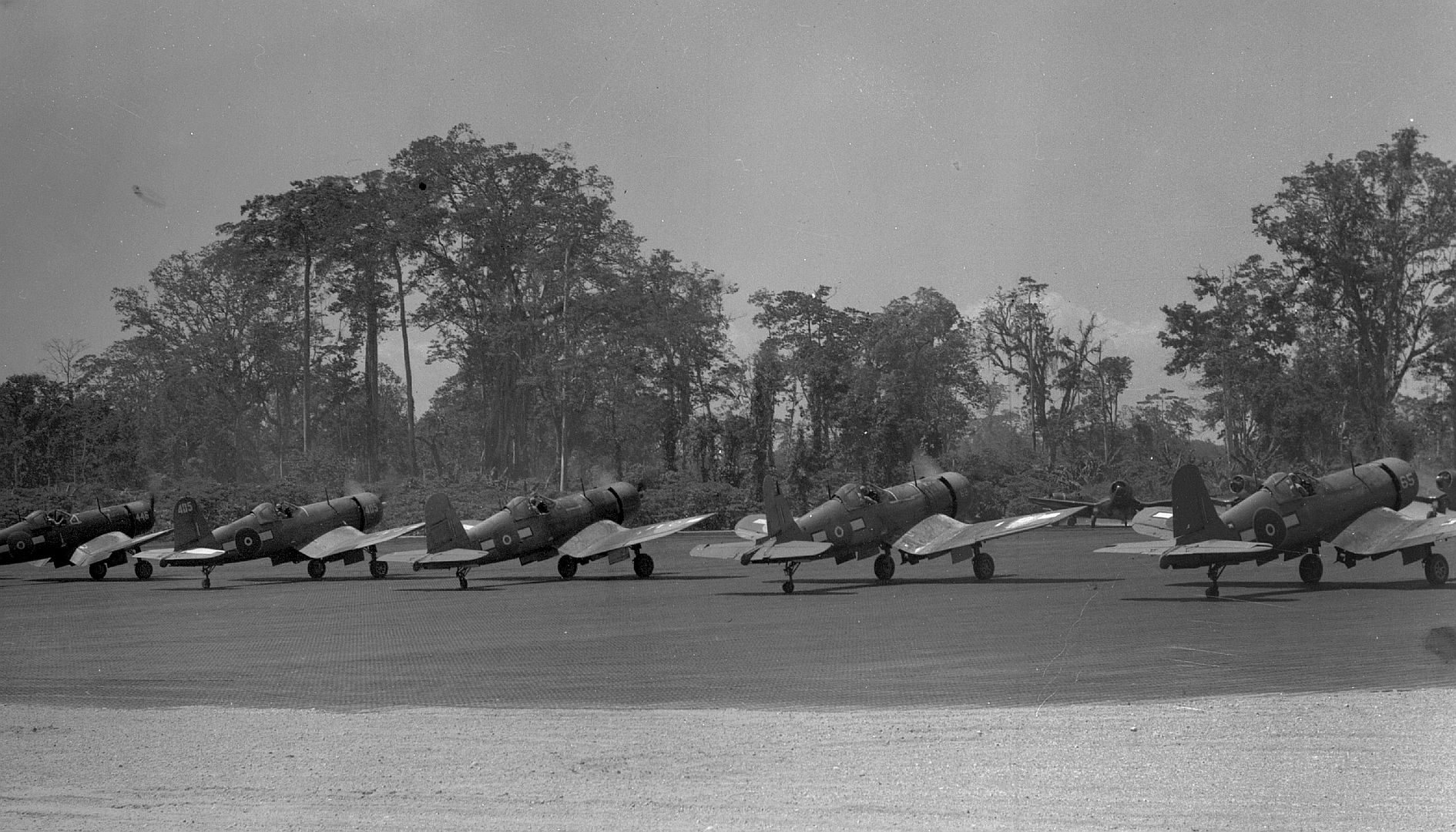

-
5 years agoSun Aug 18 2024, 09:39amDuggy
 Main Admin
Main Admin -
5 years agoSun May 18 2025, 10:31amDuggy
 Main Admin
Main Admin
Post a reply
- Go to Previous topic
- Go to Next topic
- Go to Welcome
- Go to Introduce Yourself
- Go to General Discussion
- Go to Screenshots, Images and Videos
- Go to Off topic
- Go to Works in Progress
- Go to Skinning Tips / Tutorials
- Go to Skin Requests
- Go to IJAAF Library
- Go to Luftwaffe Library
- Go to RAF Library
- Go to USAAF / USN Library
- Go to Misc Library
- Go to The Ops Room
- Go to Made in Germany
- Go to Campaigns and Missions
- Go to Works in Progress
- Go to Juri's Air-Raid Shelter
- Go to Campaigns and Missions
- Go to Works in Progress
- Go to Skinpacks
- Go to External Projects Discussion
- Go to Books & Resources
